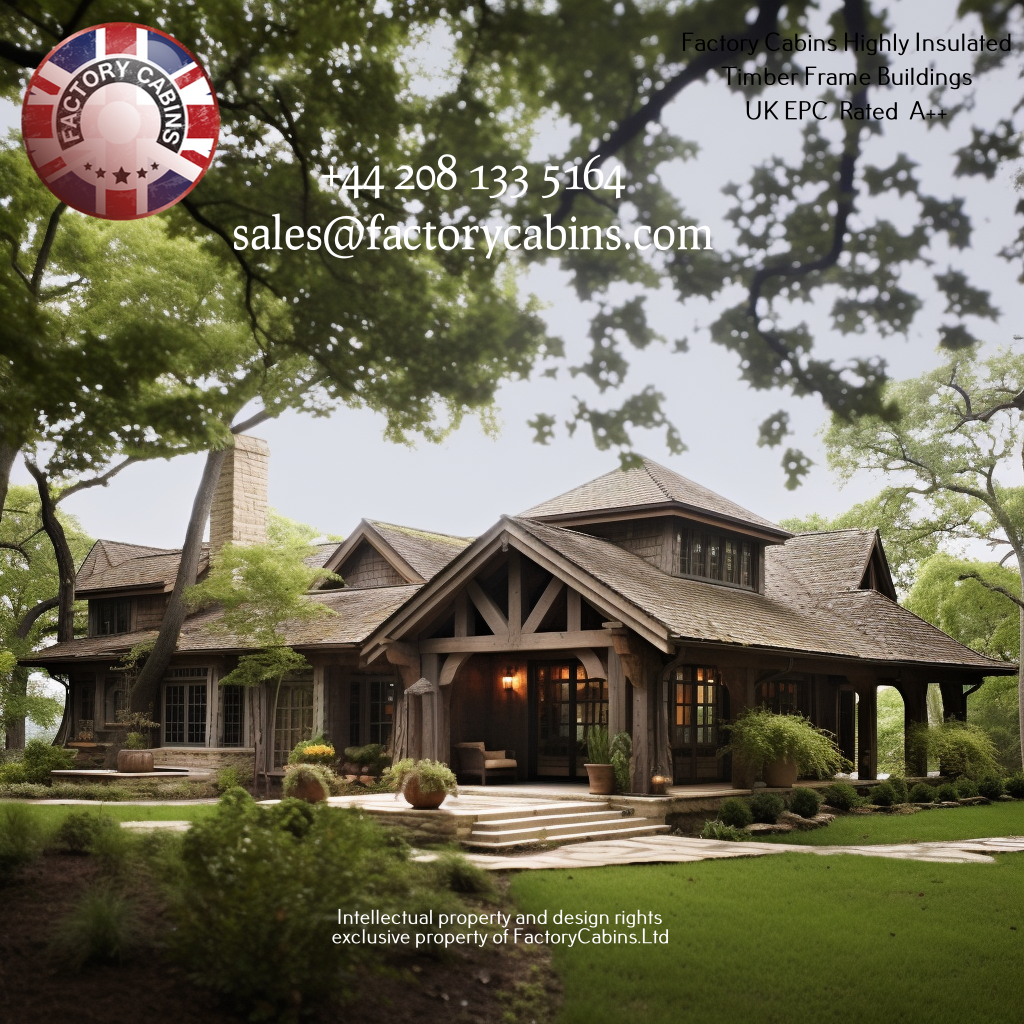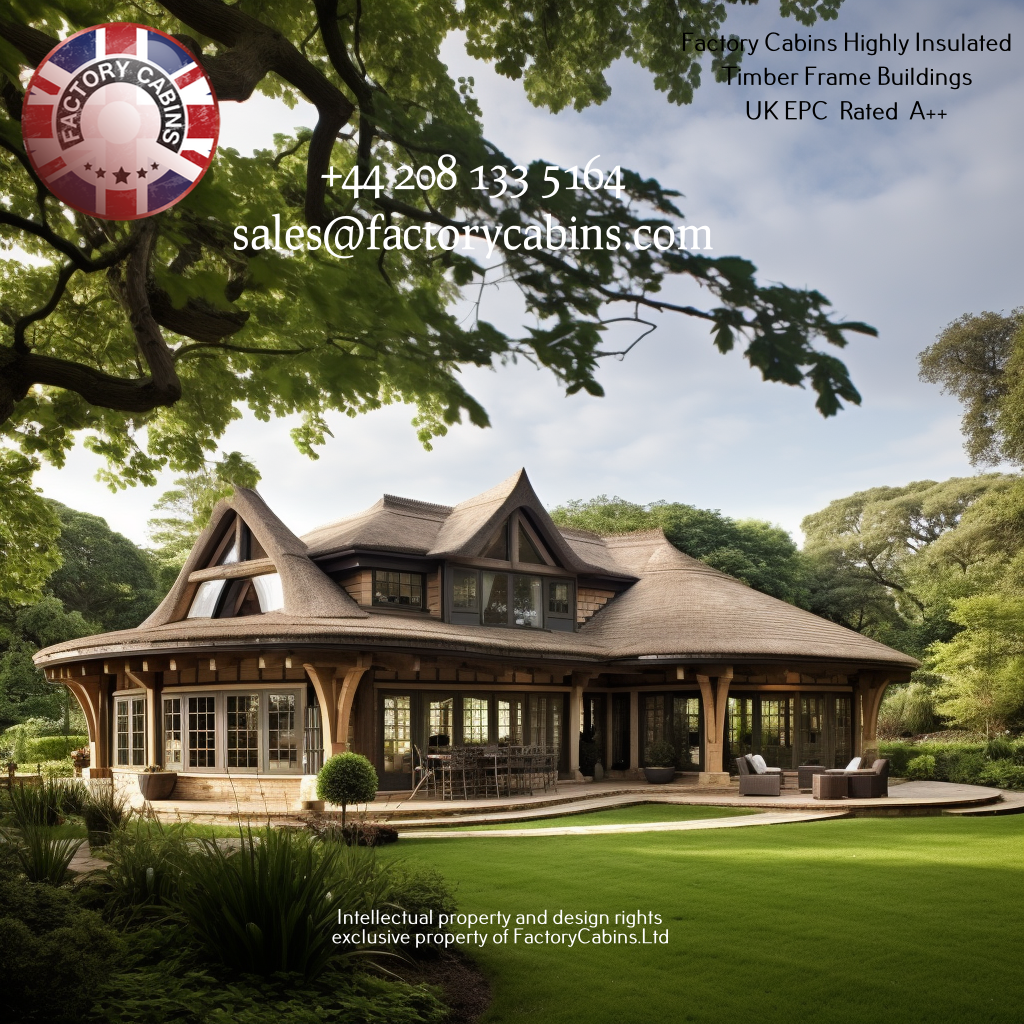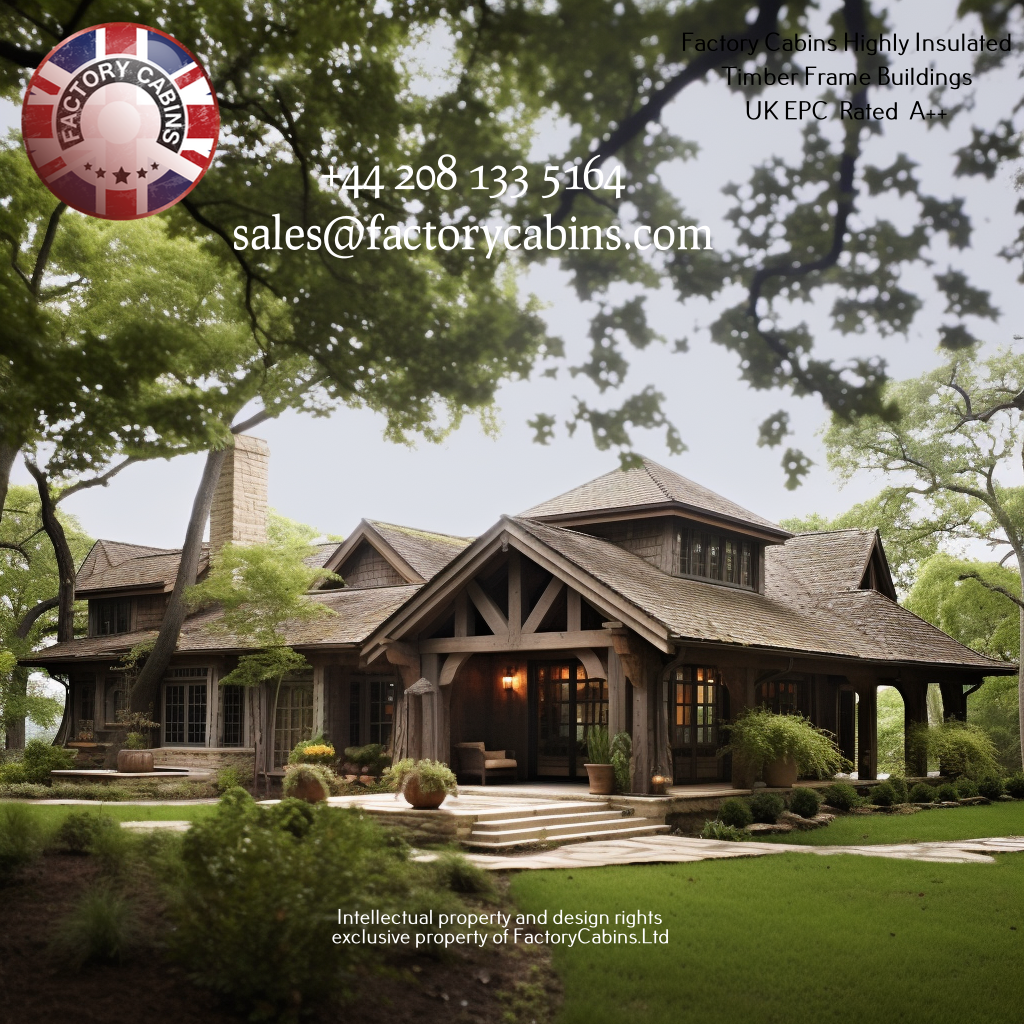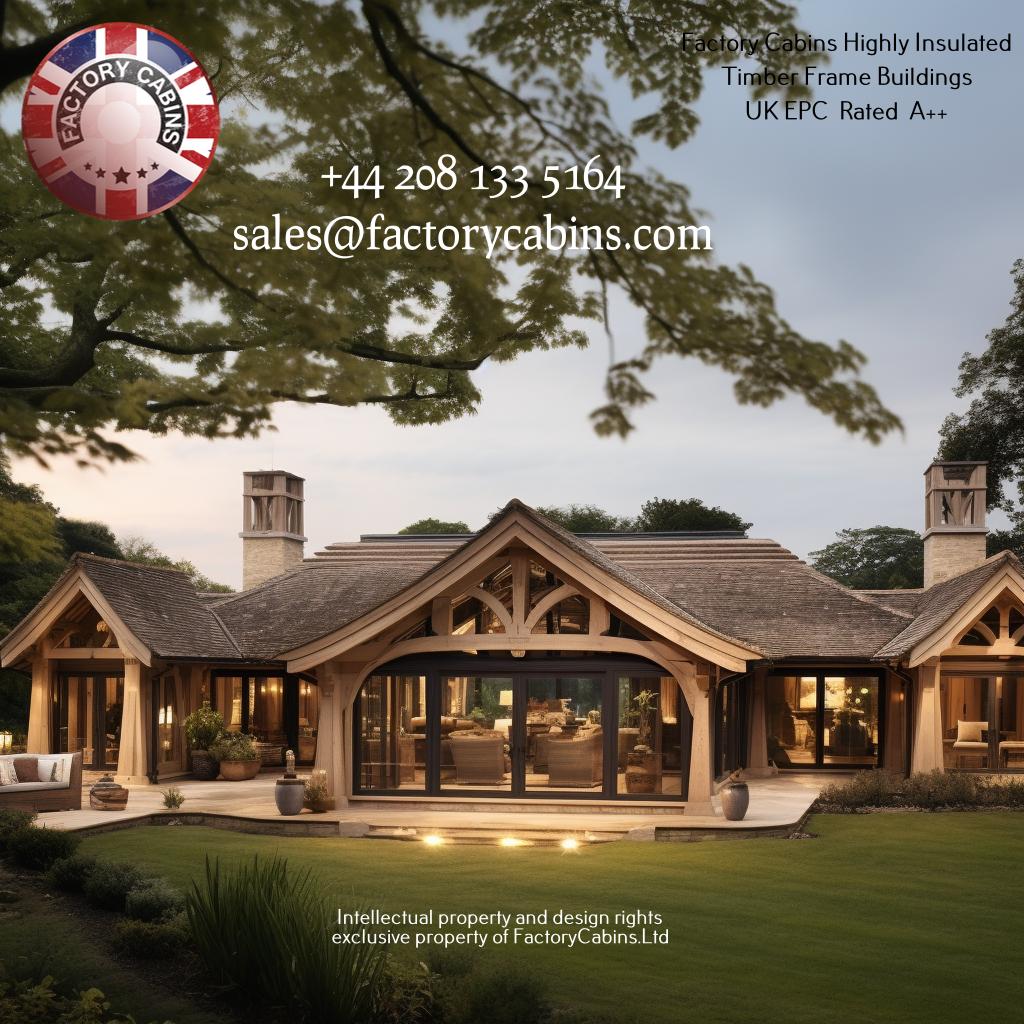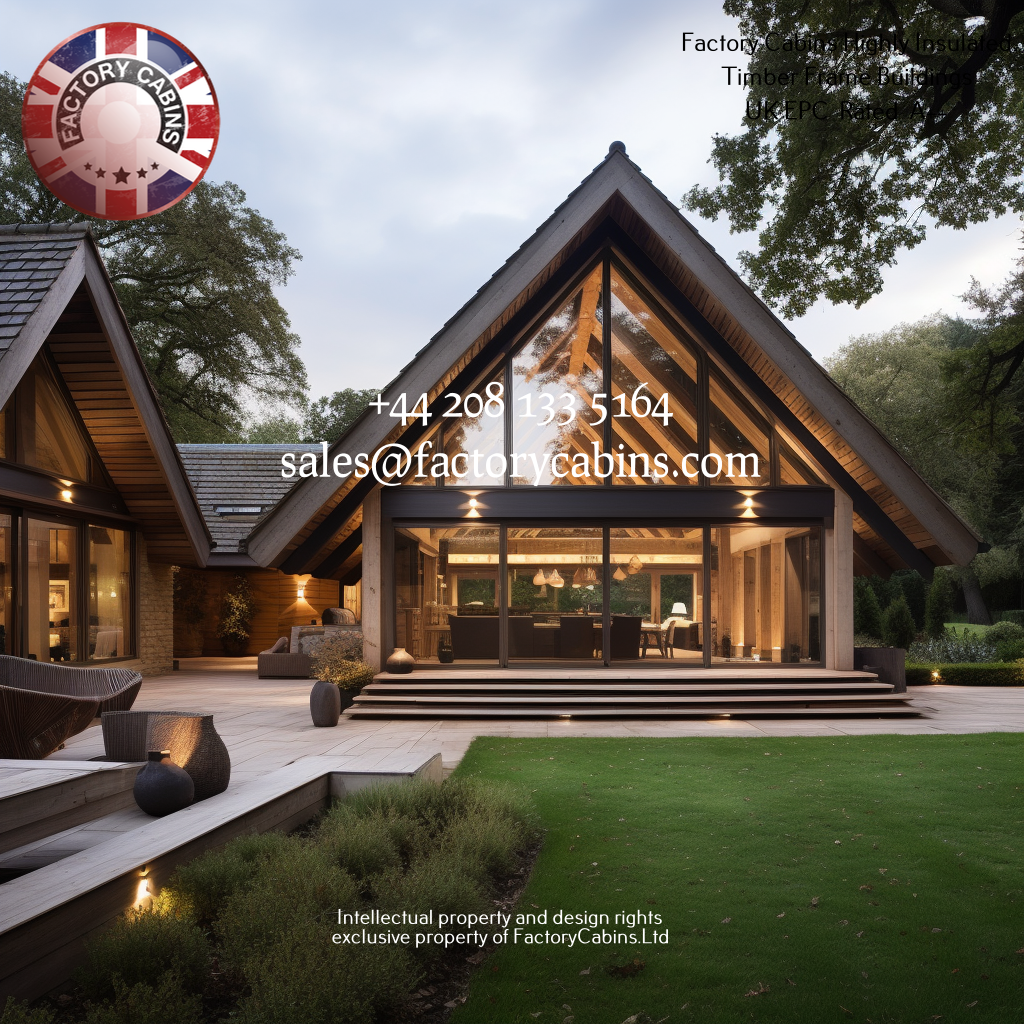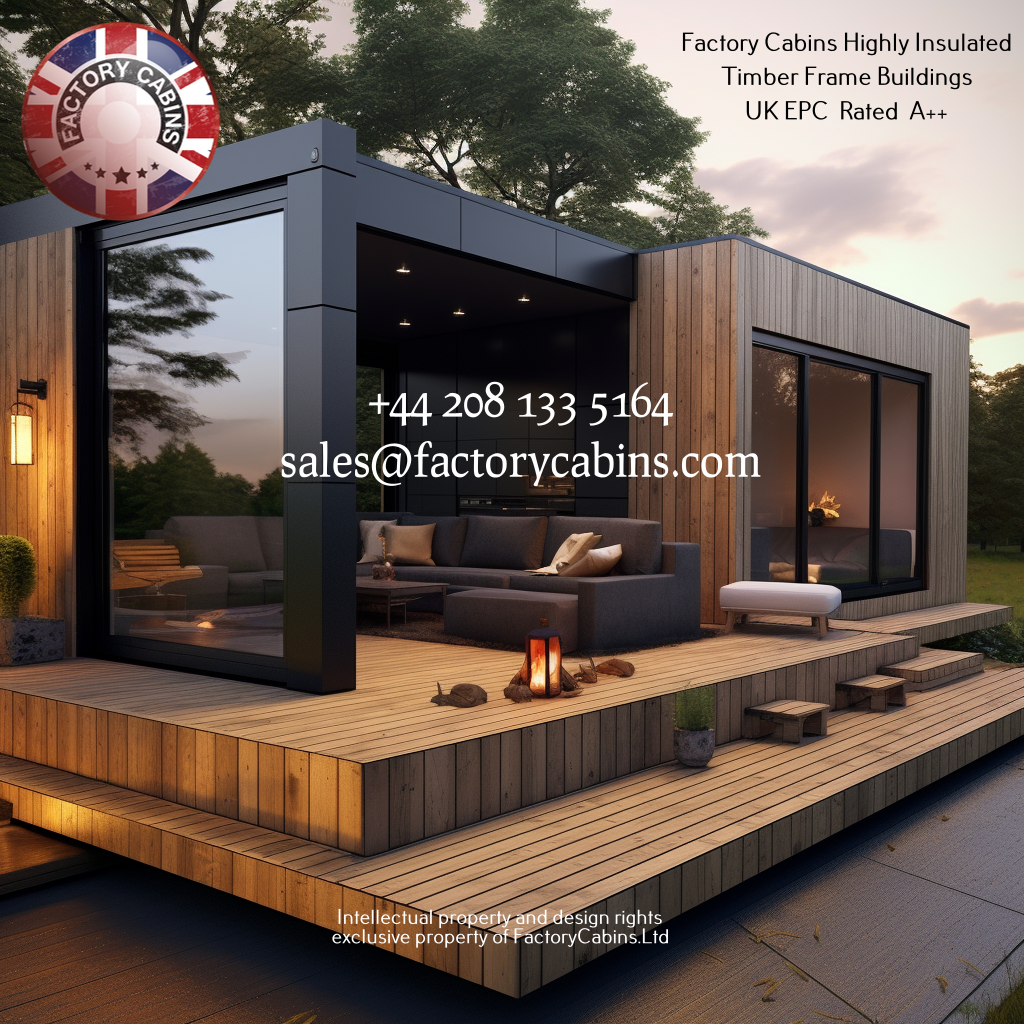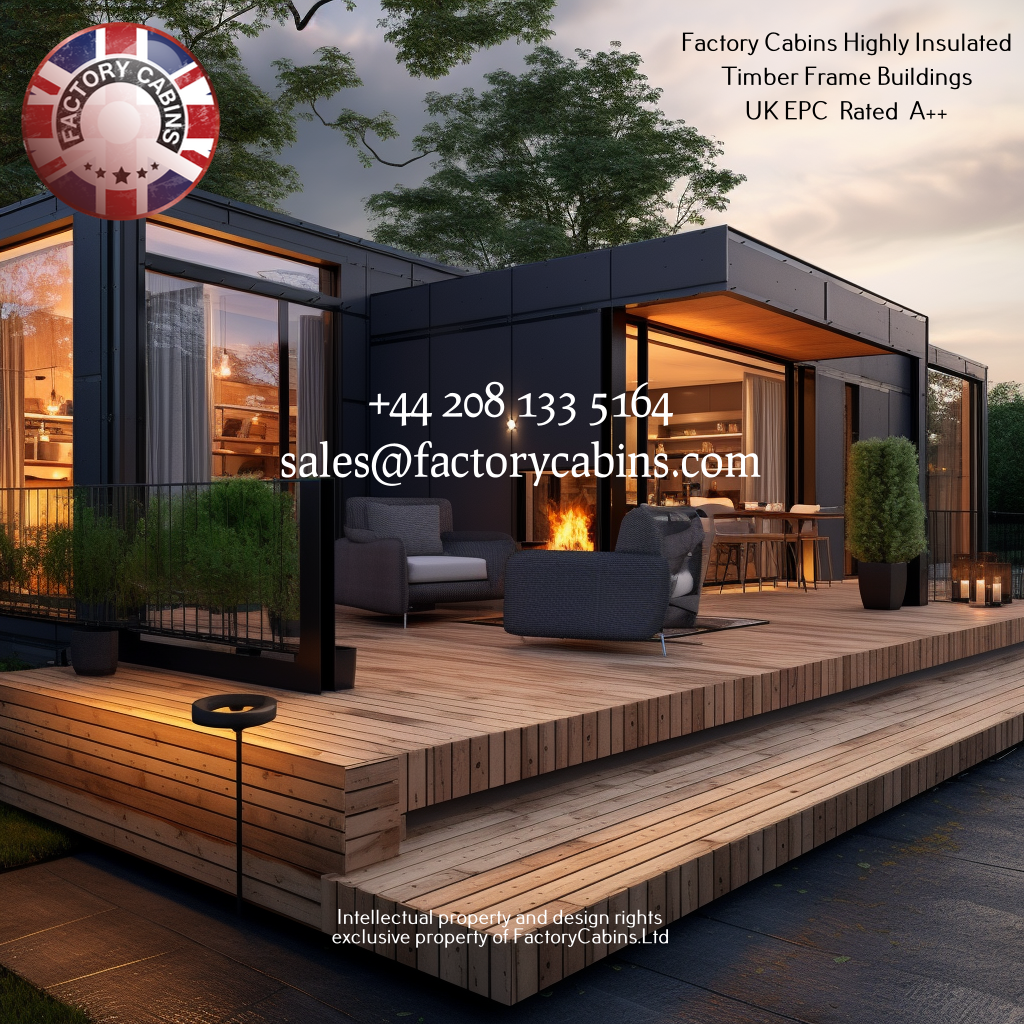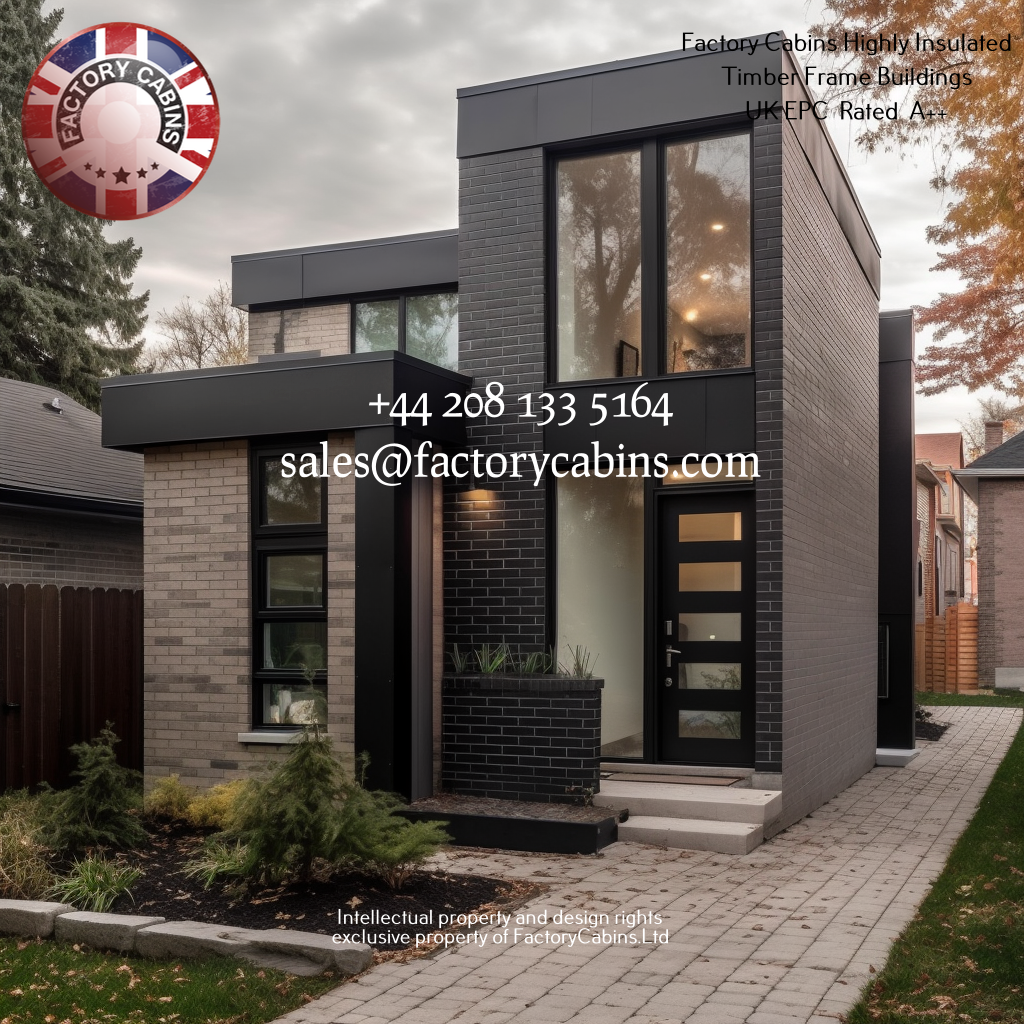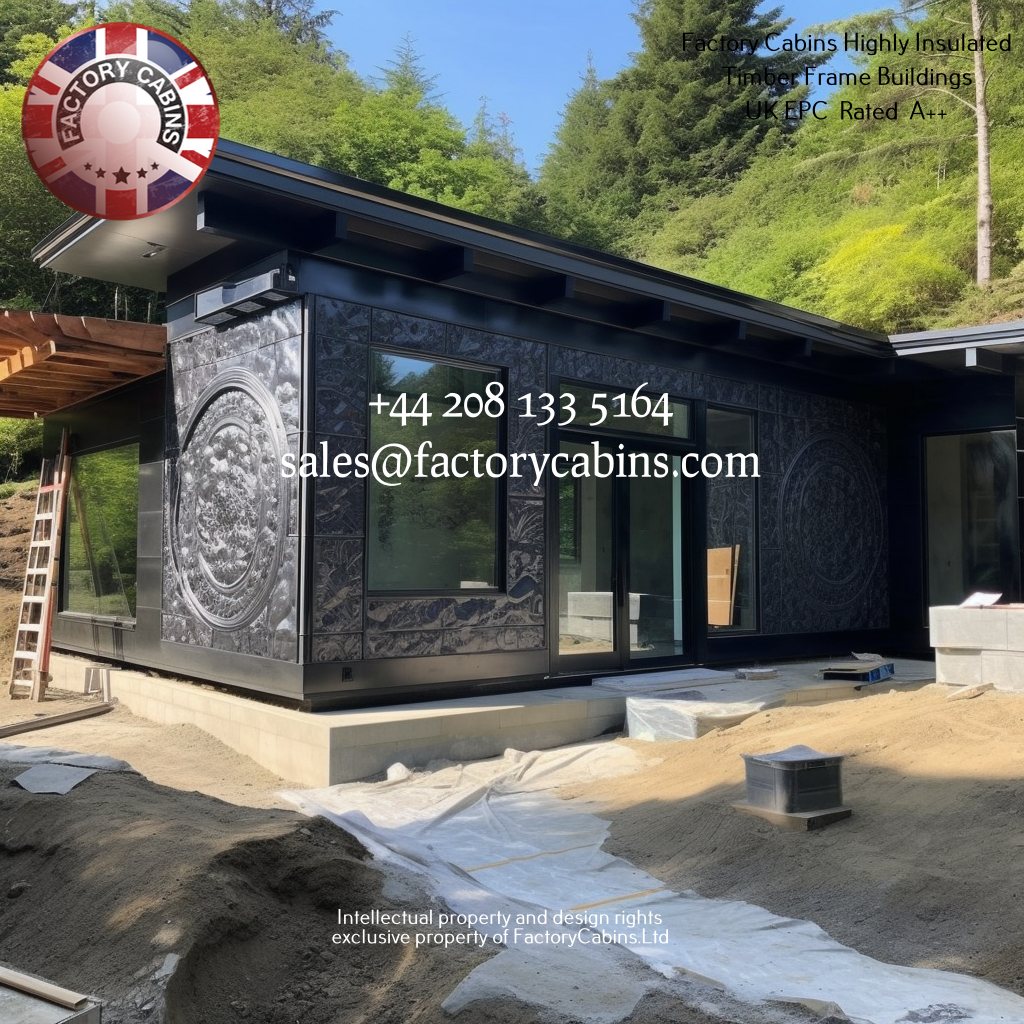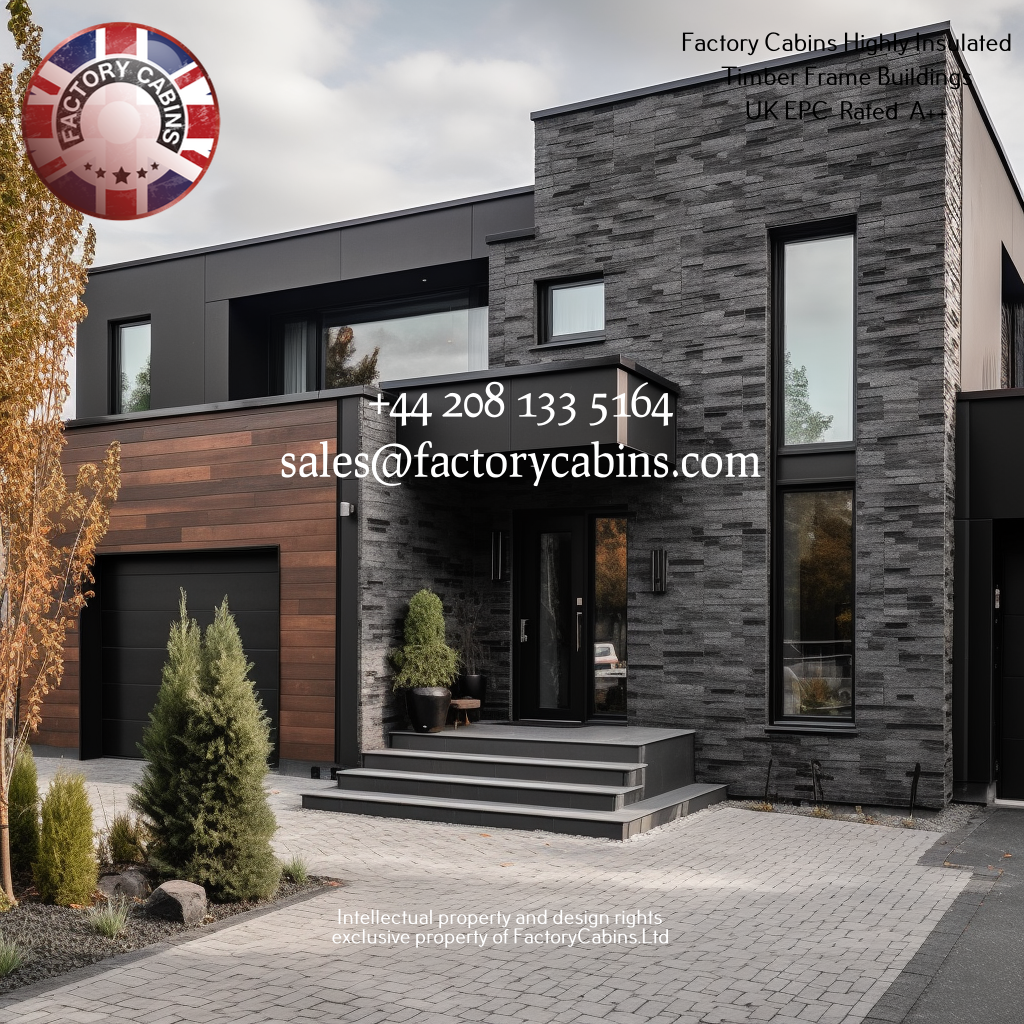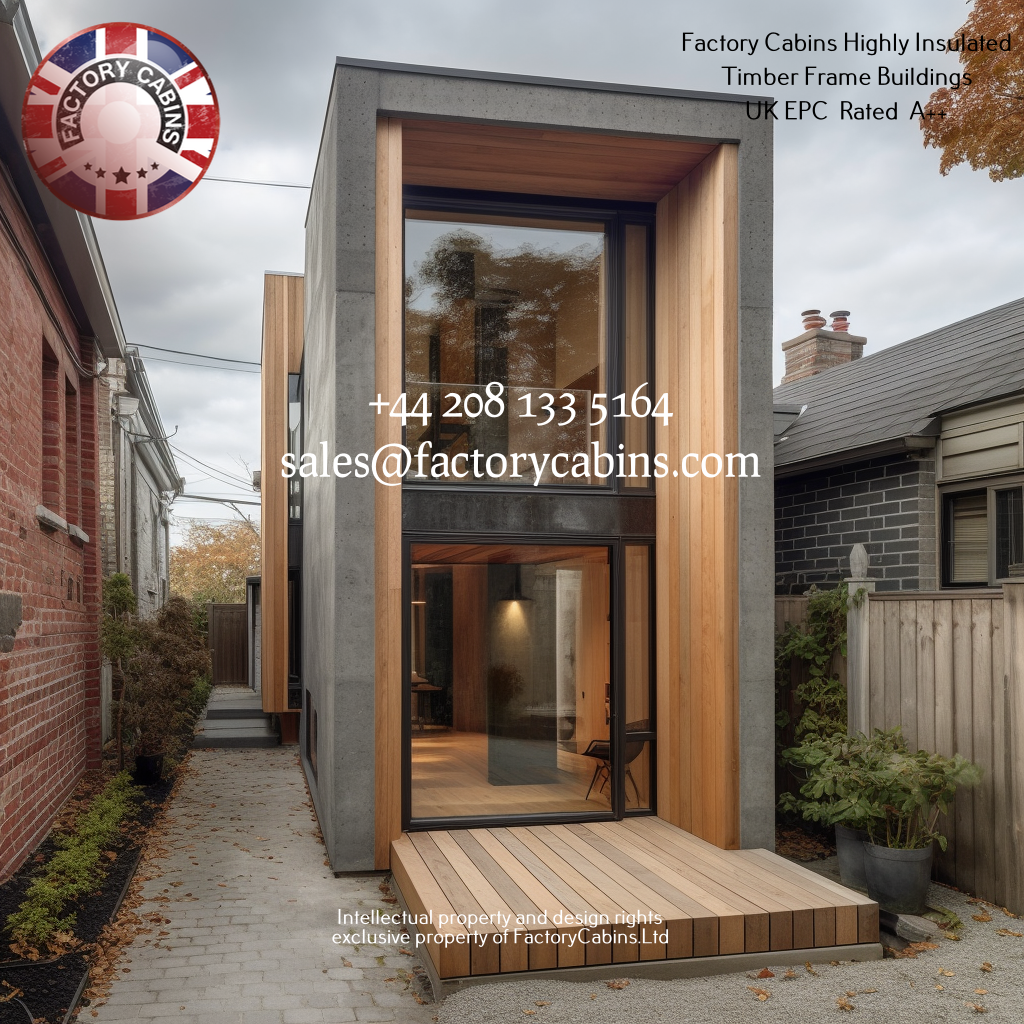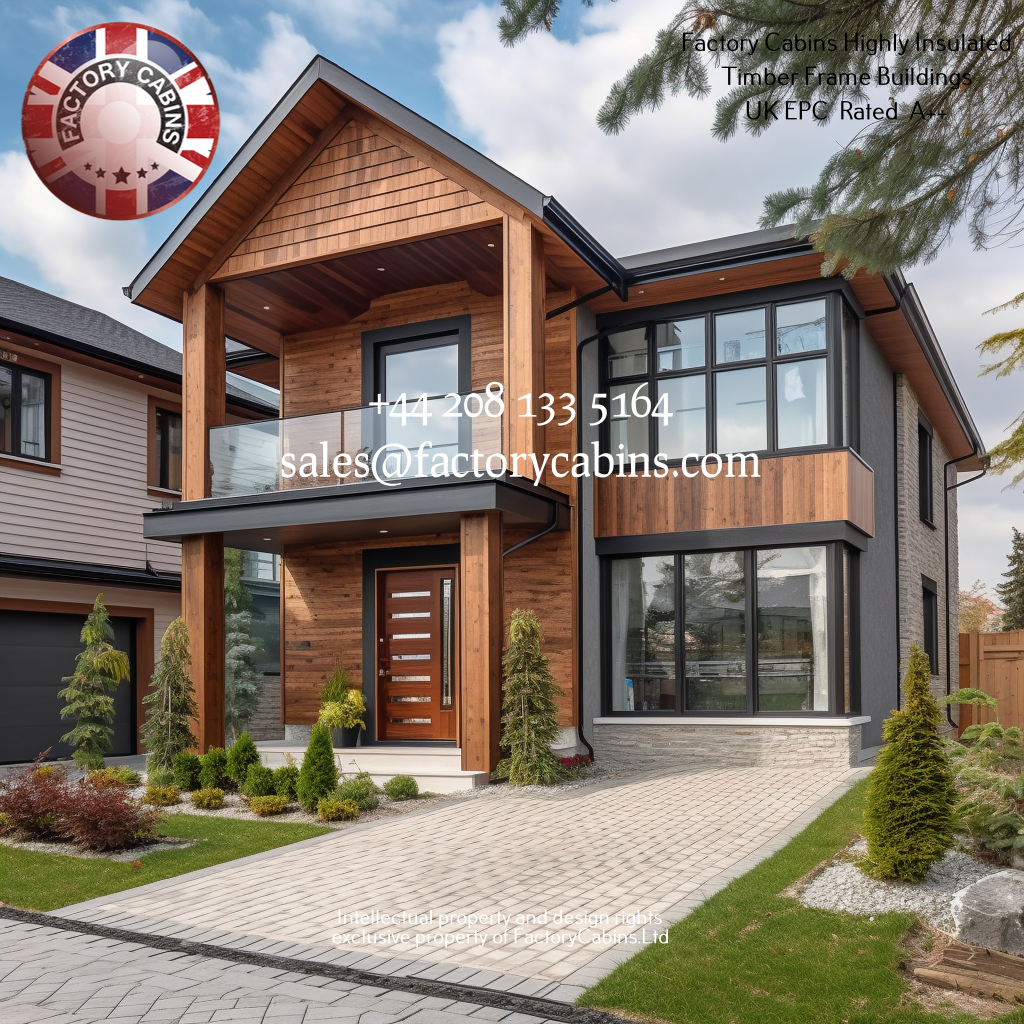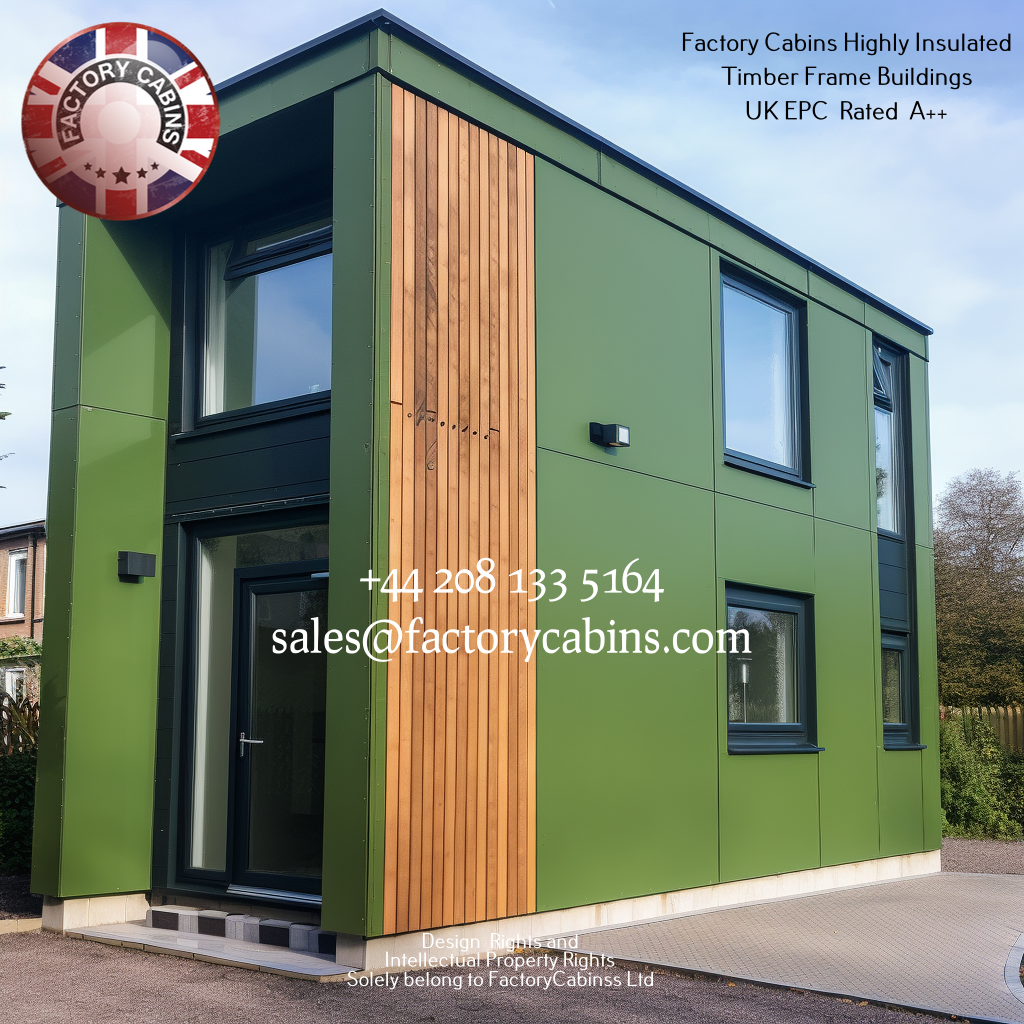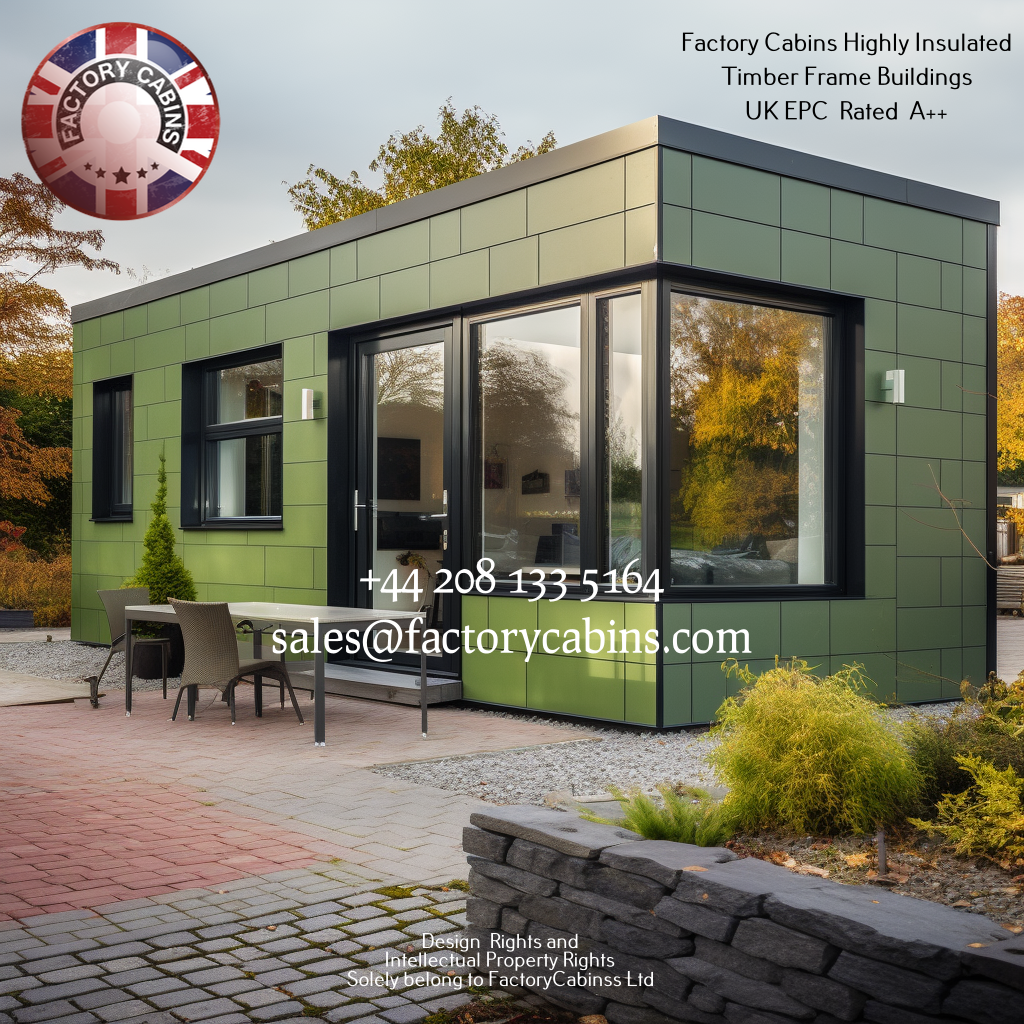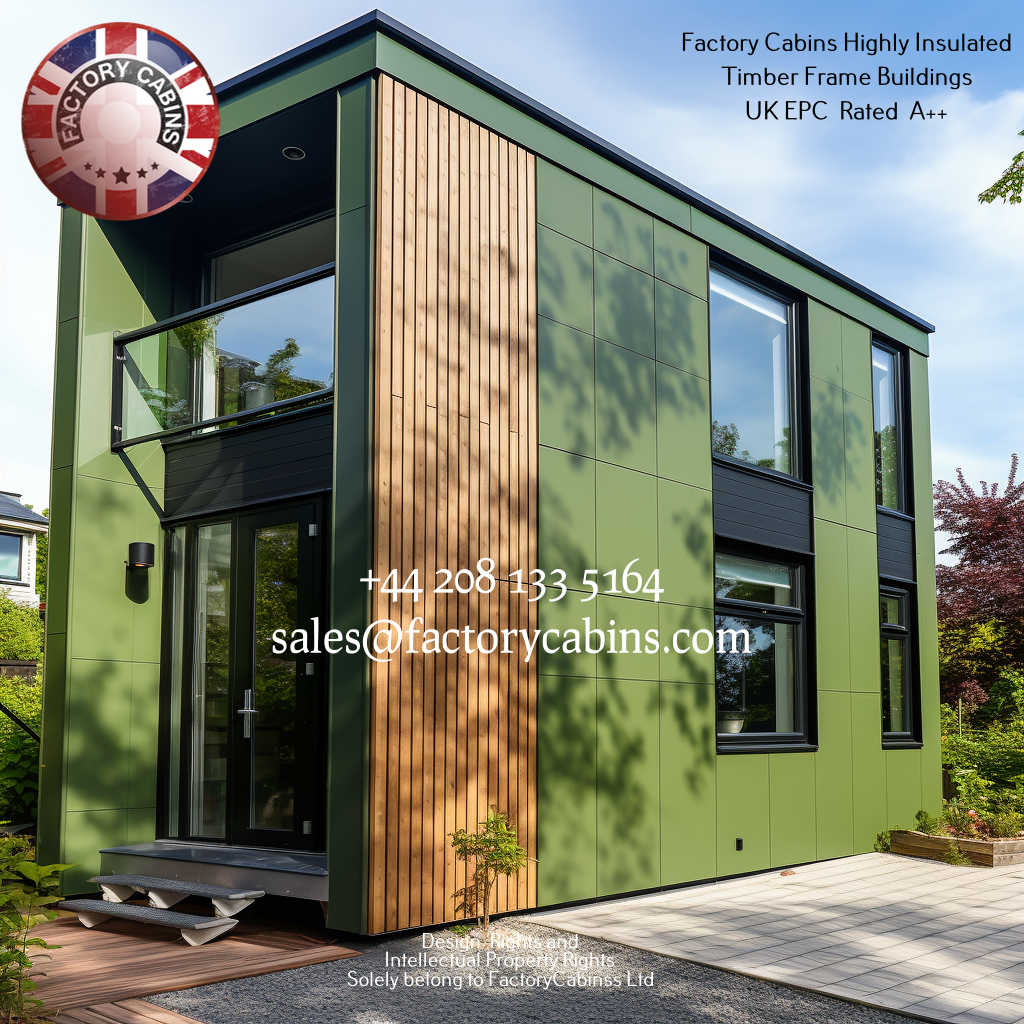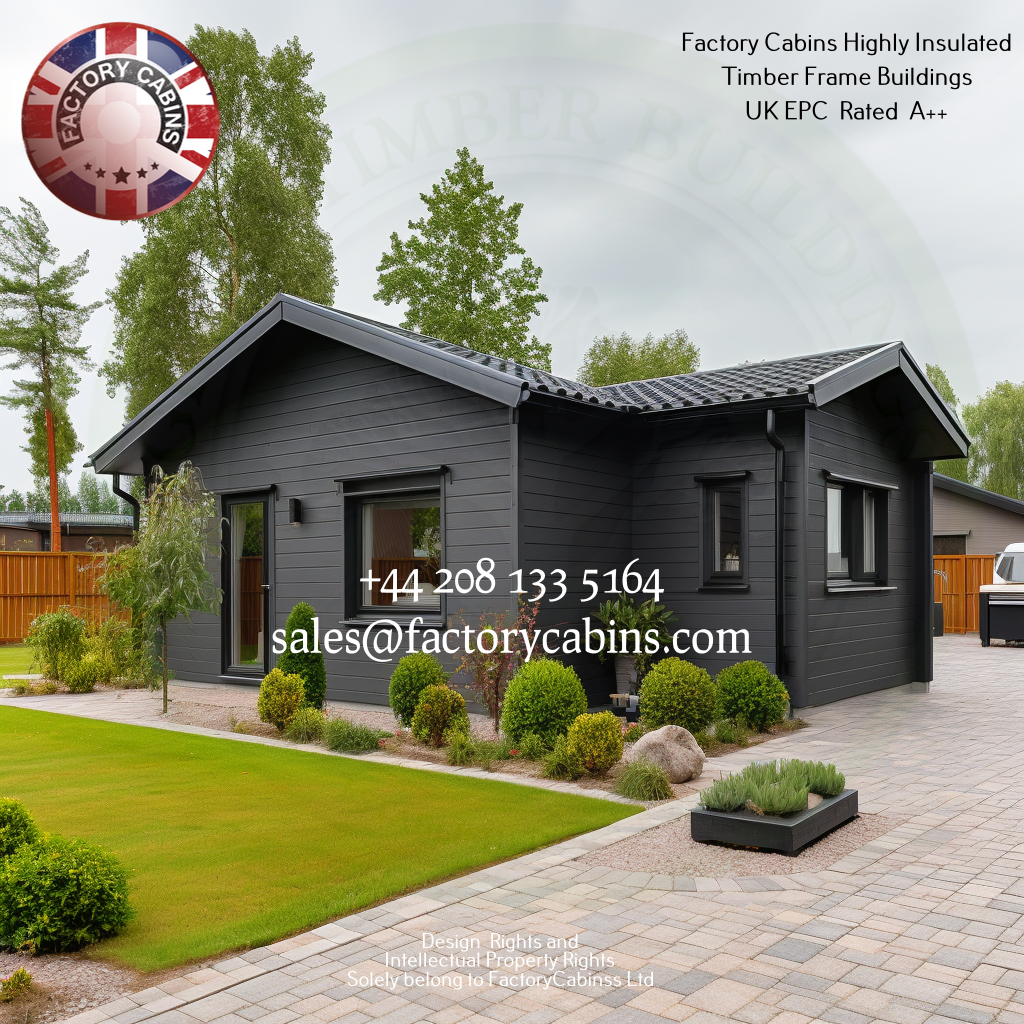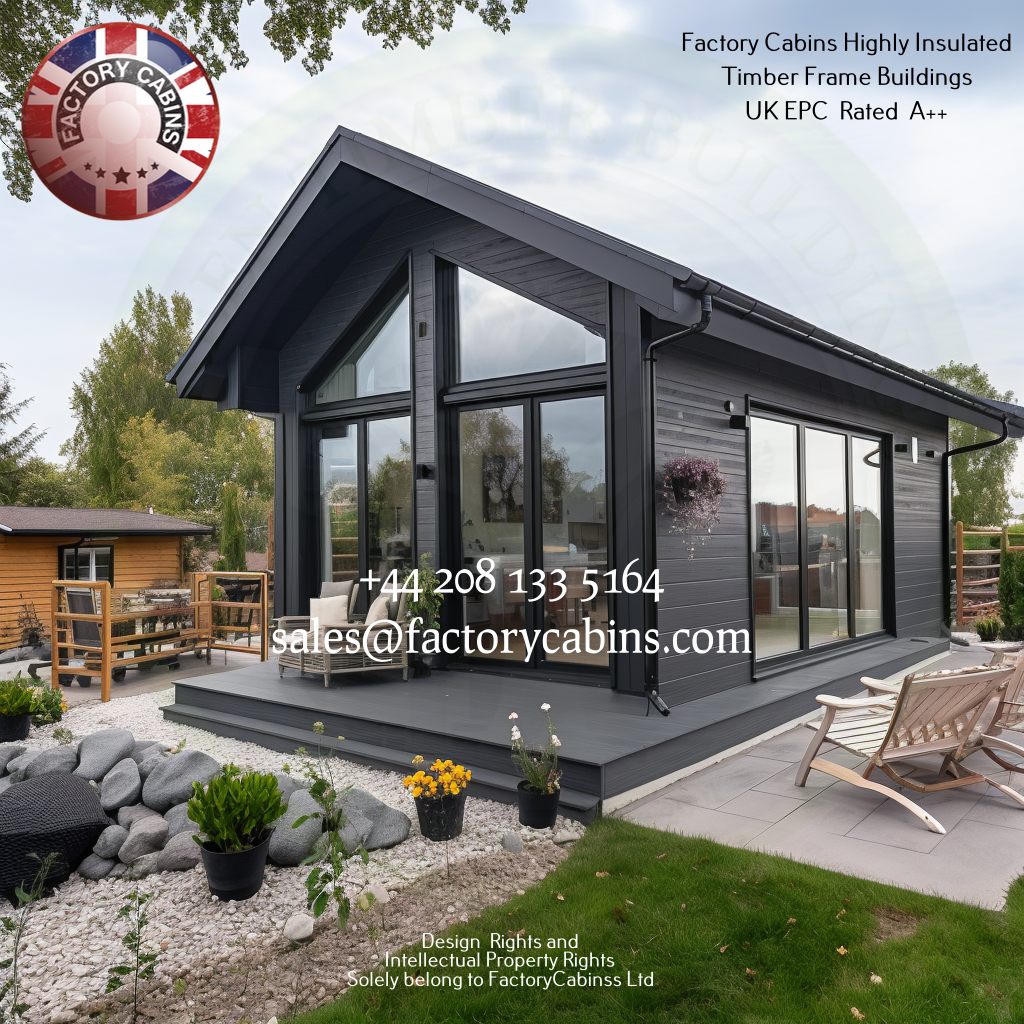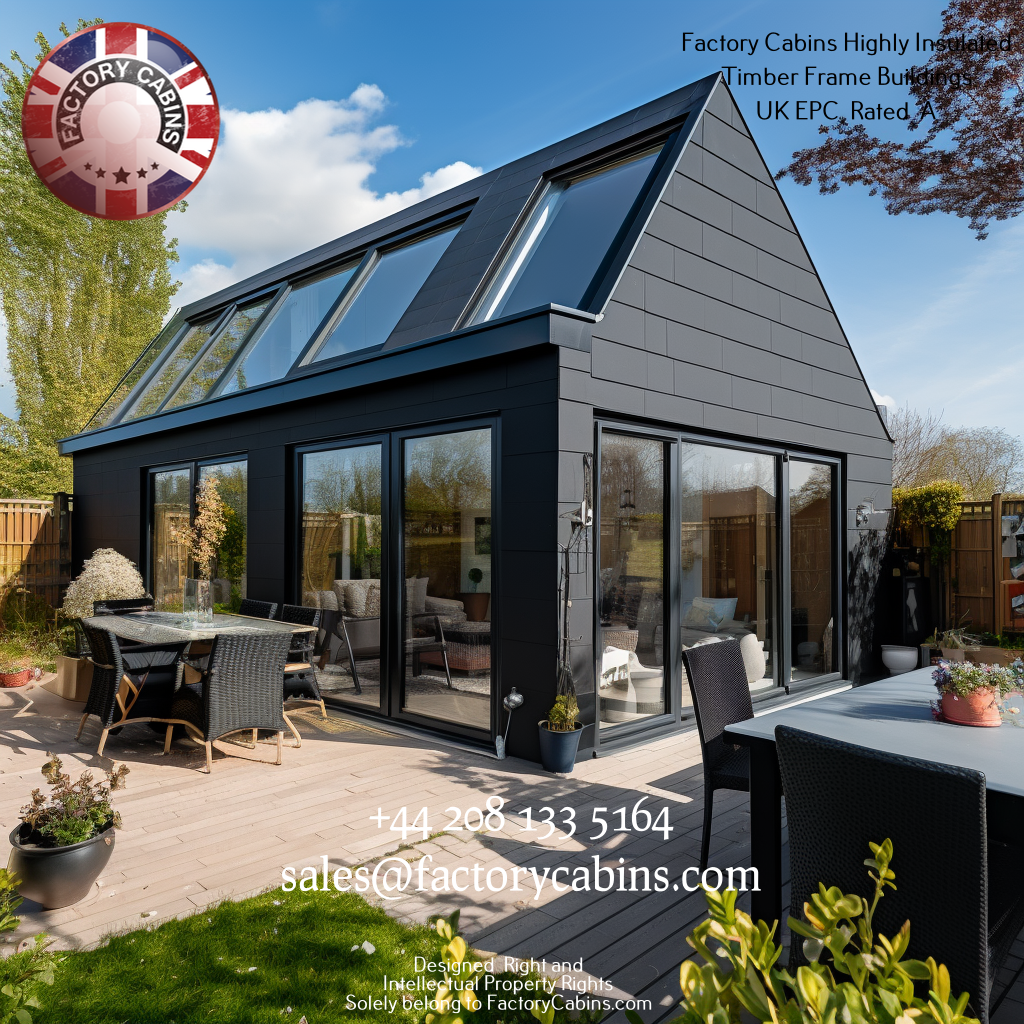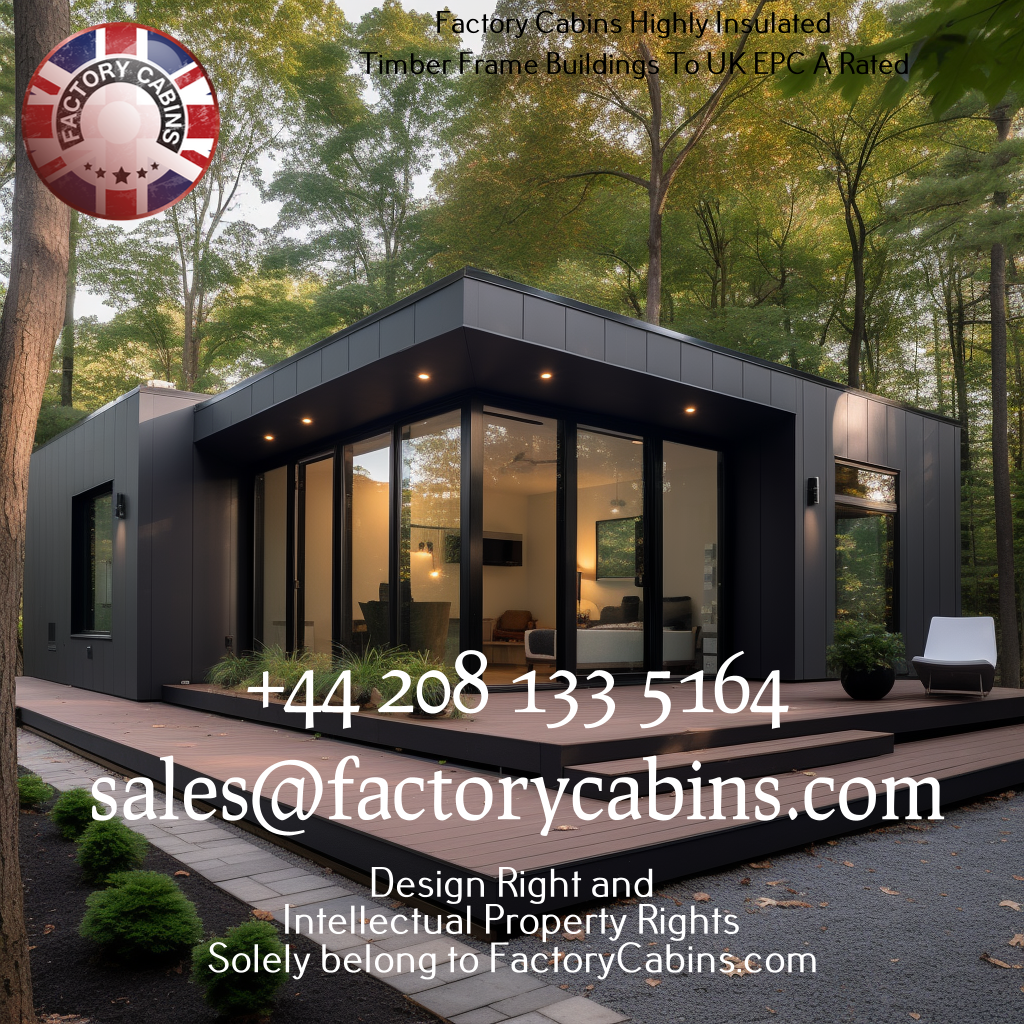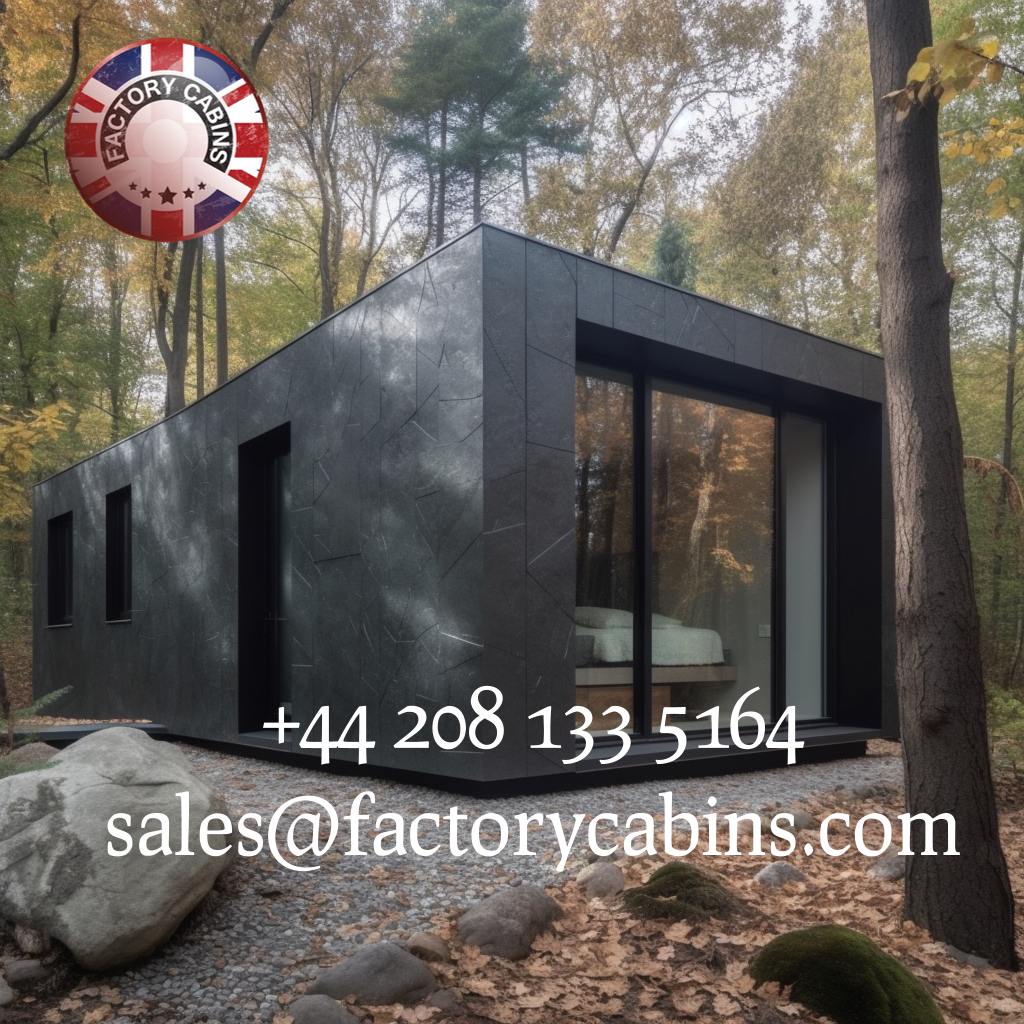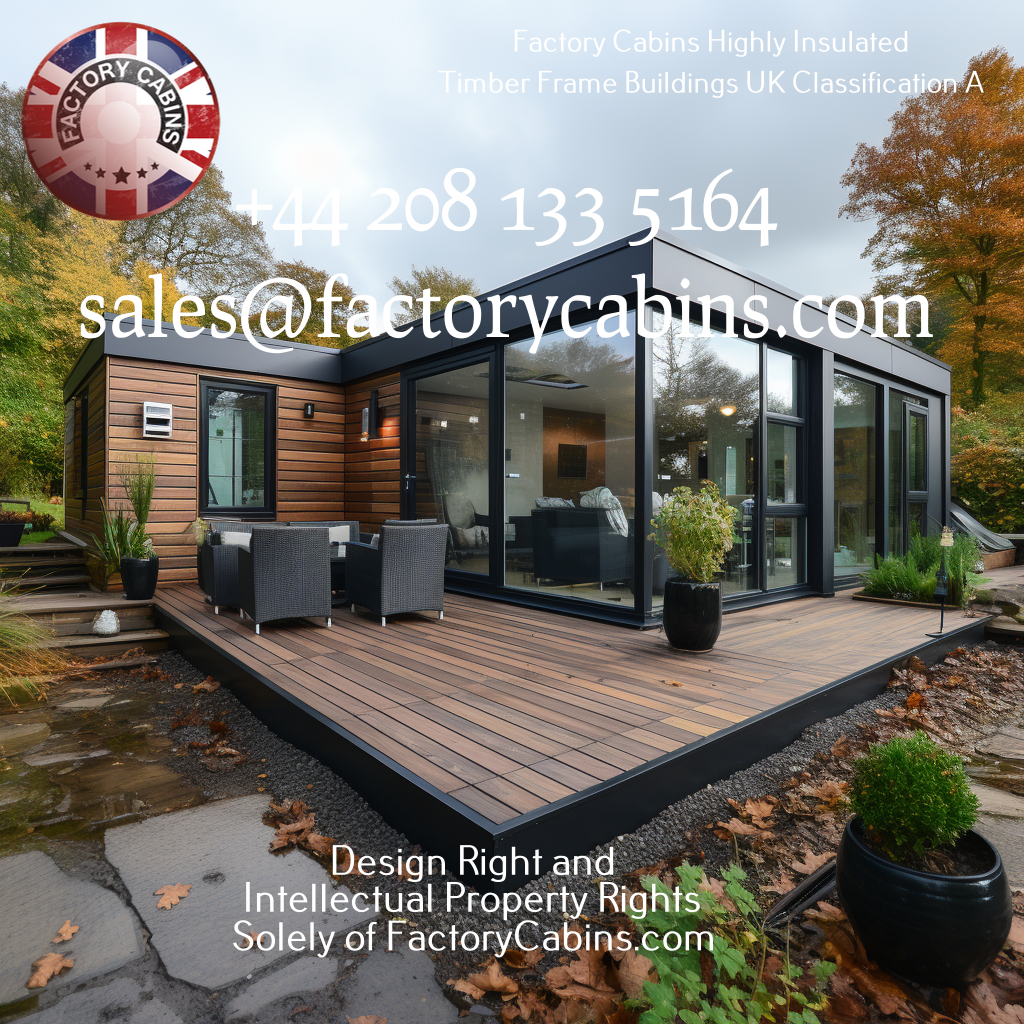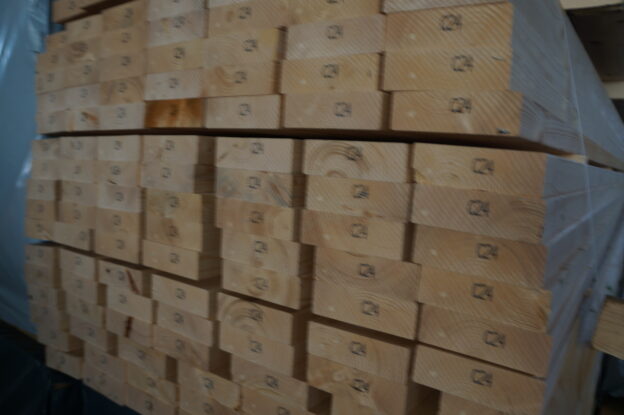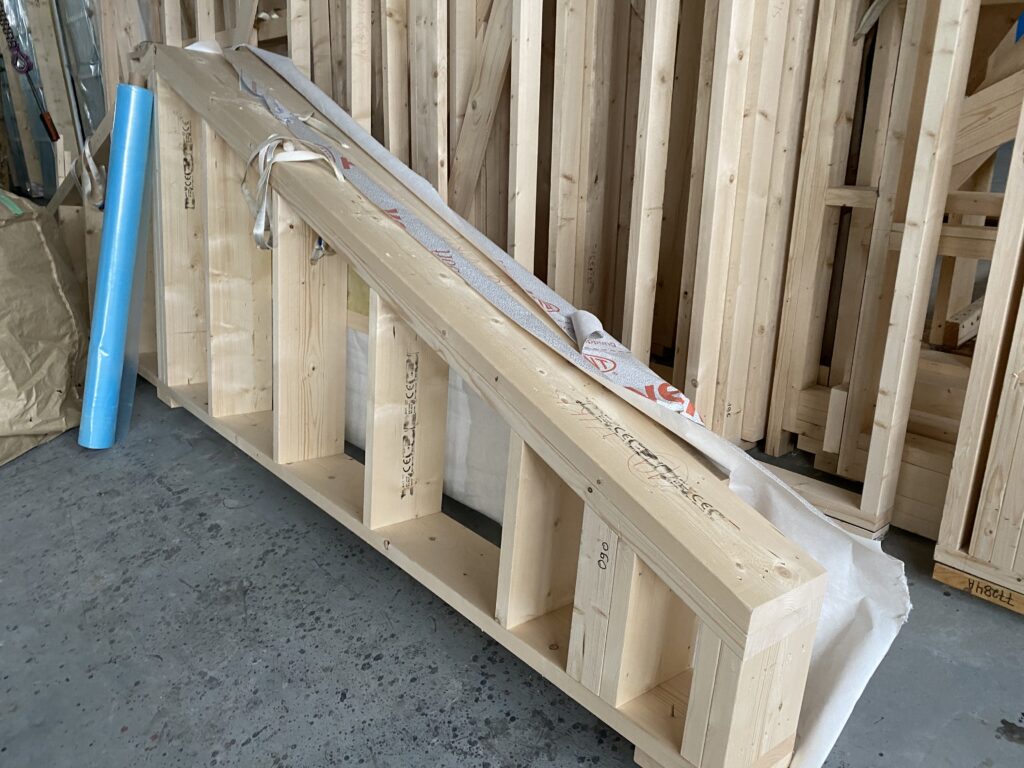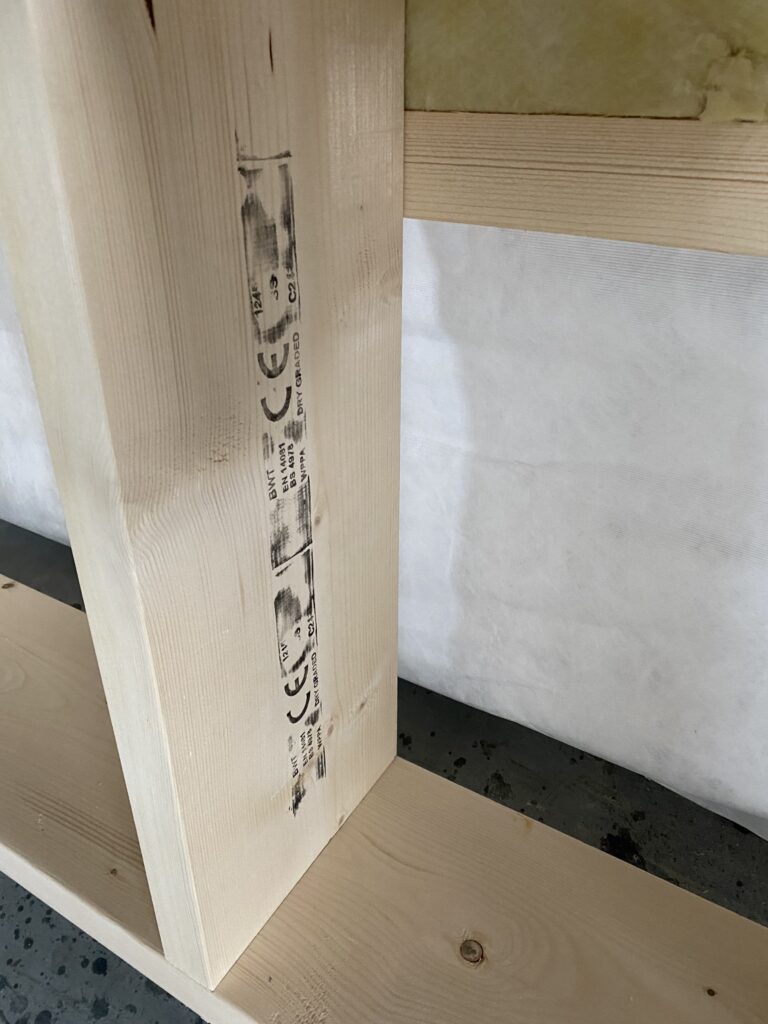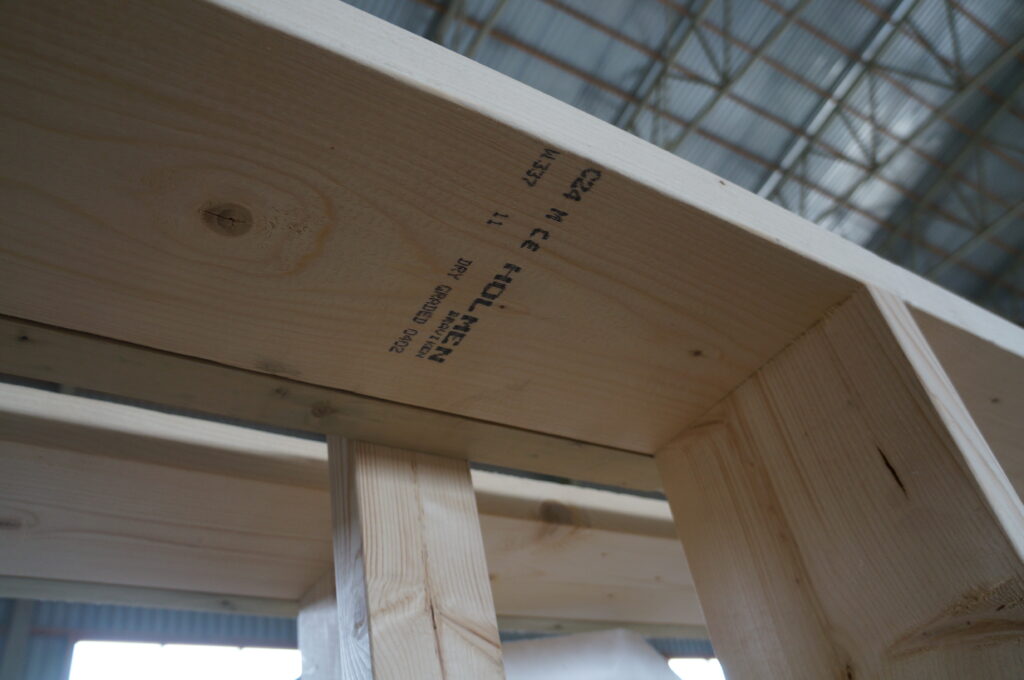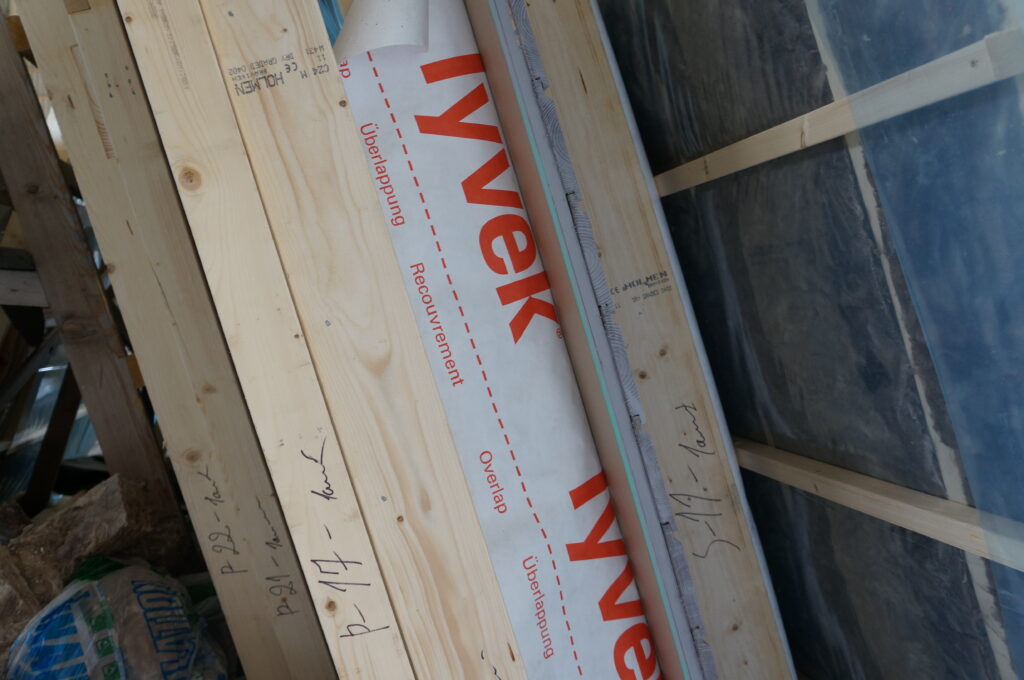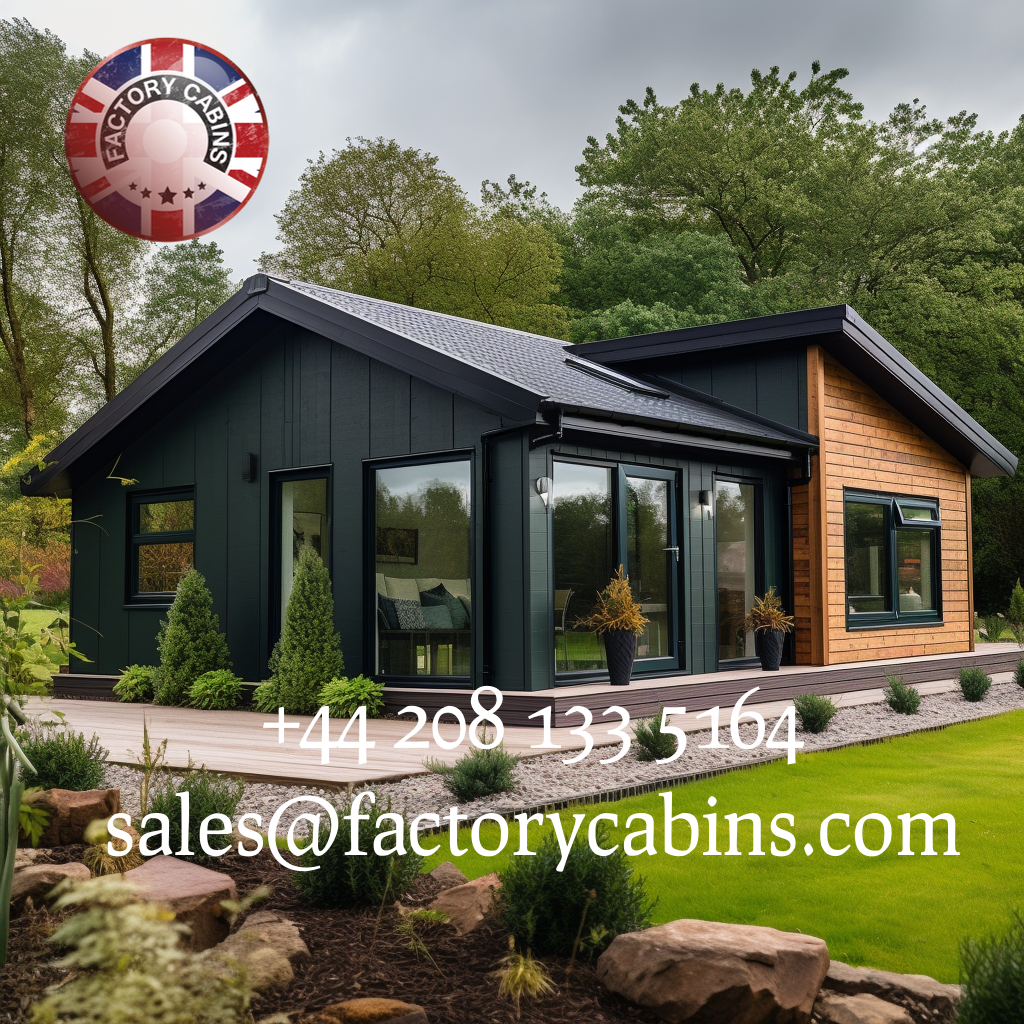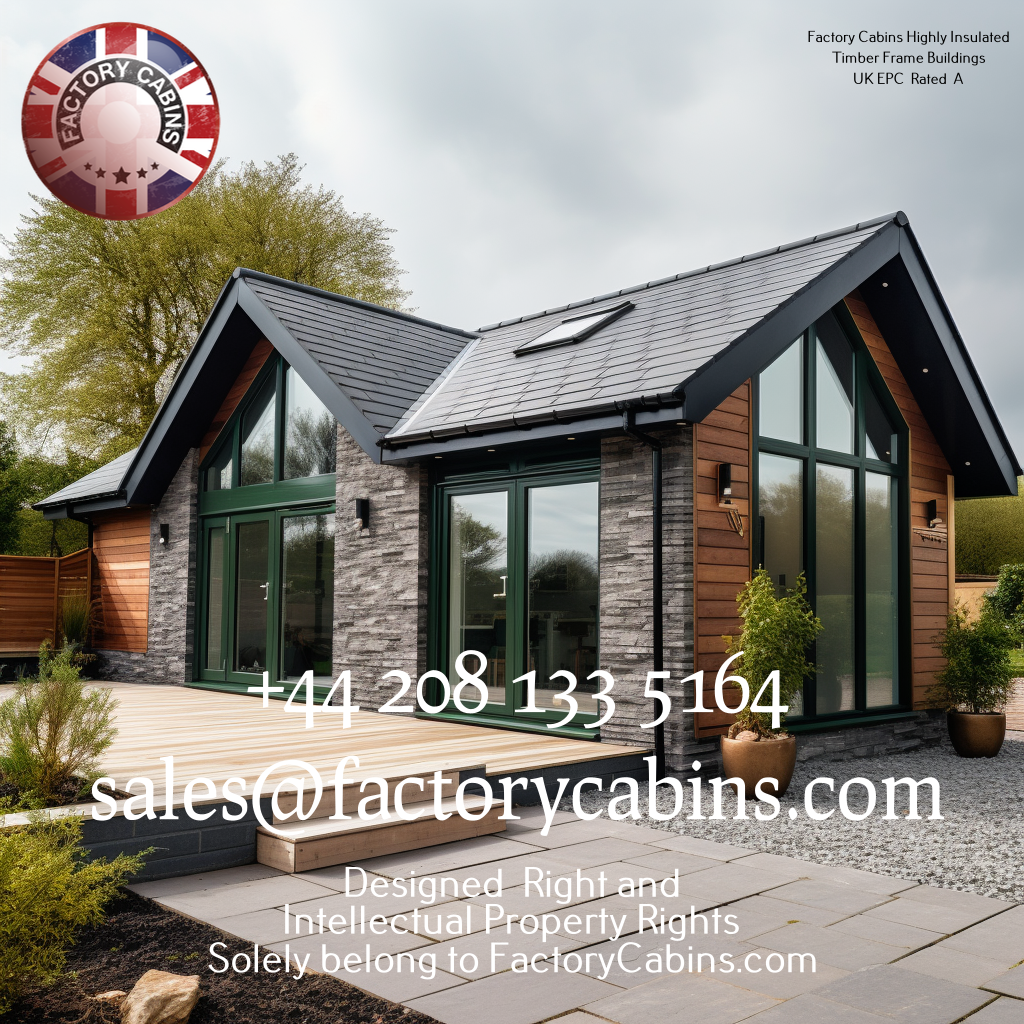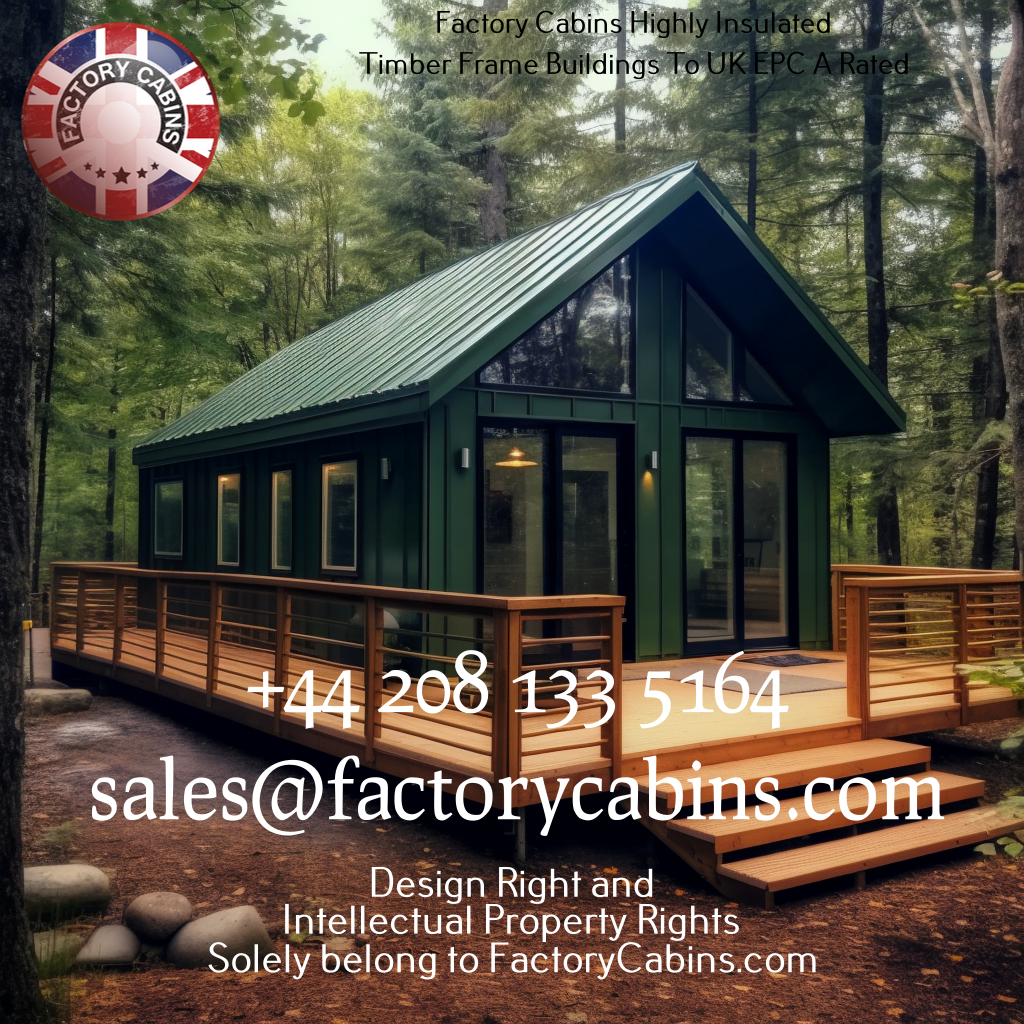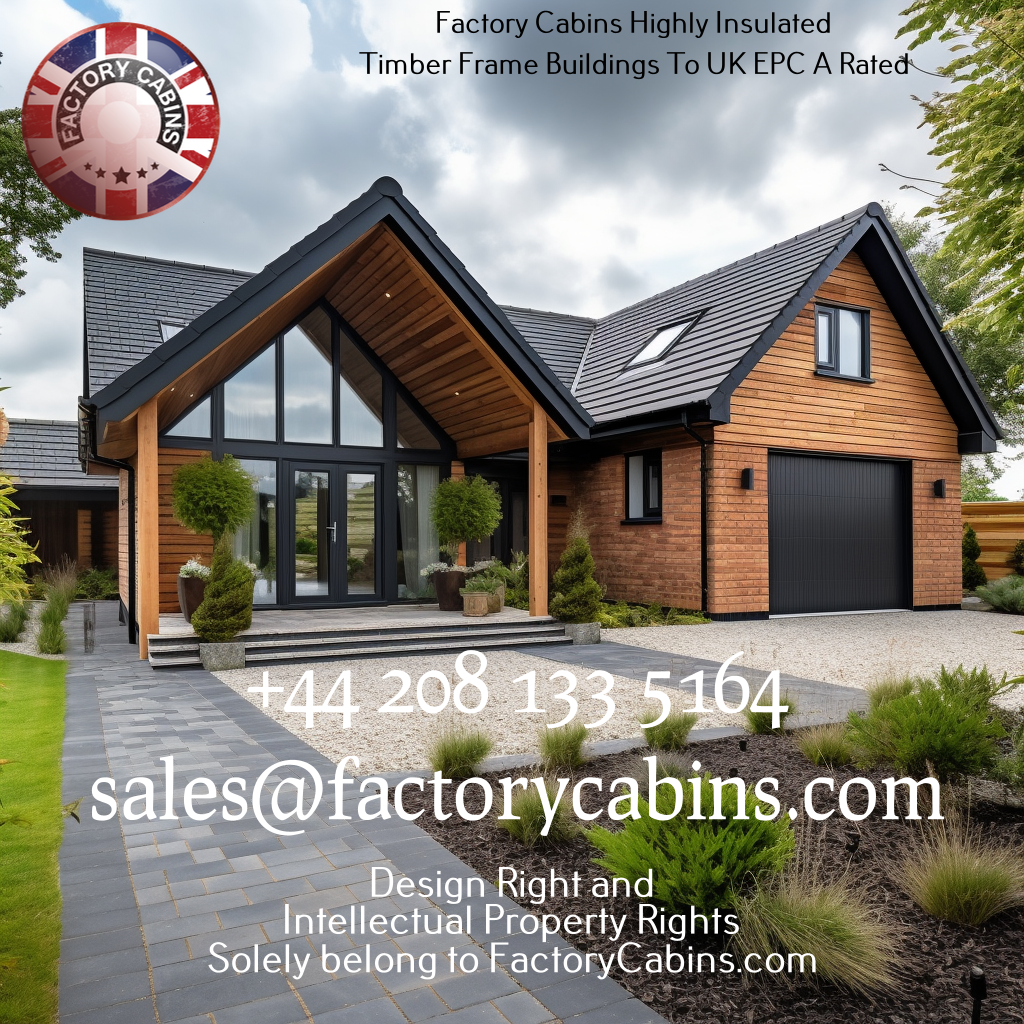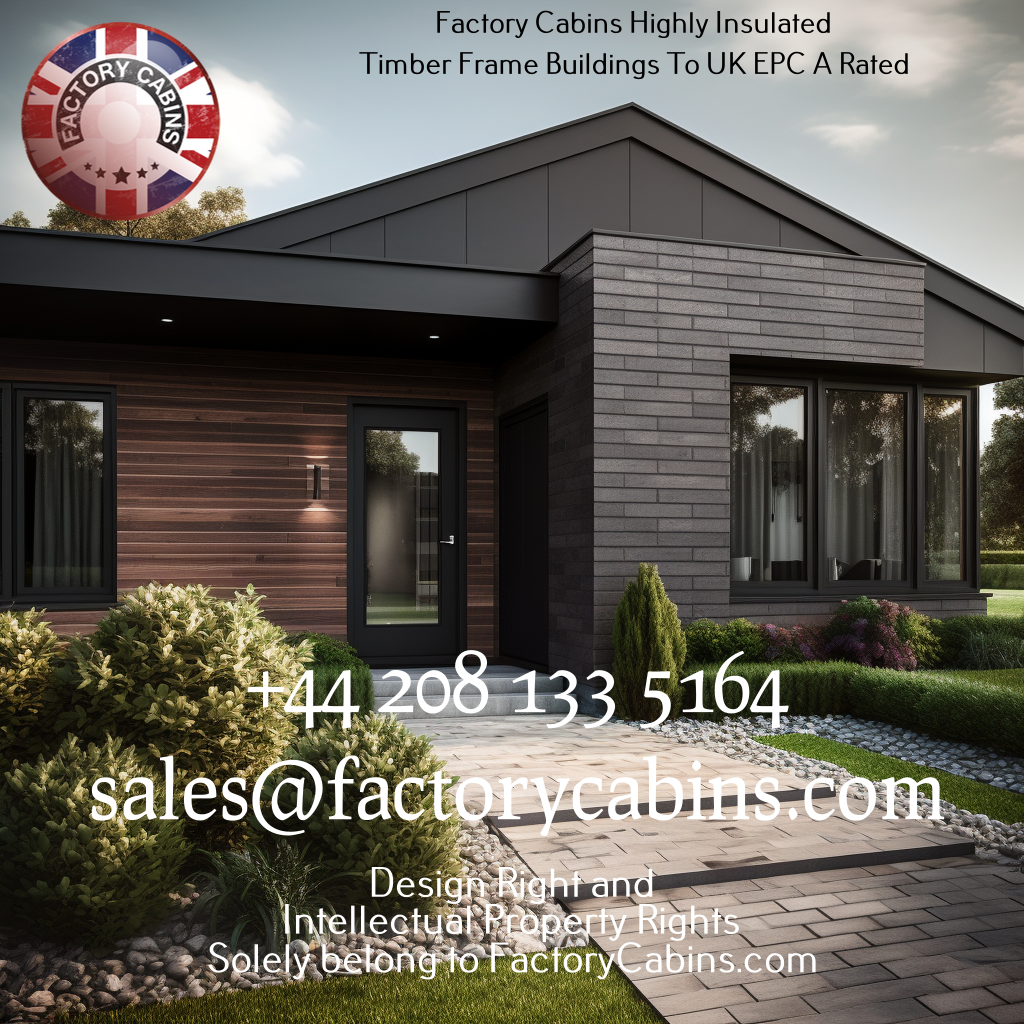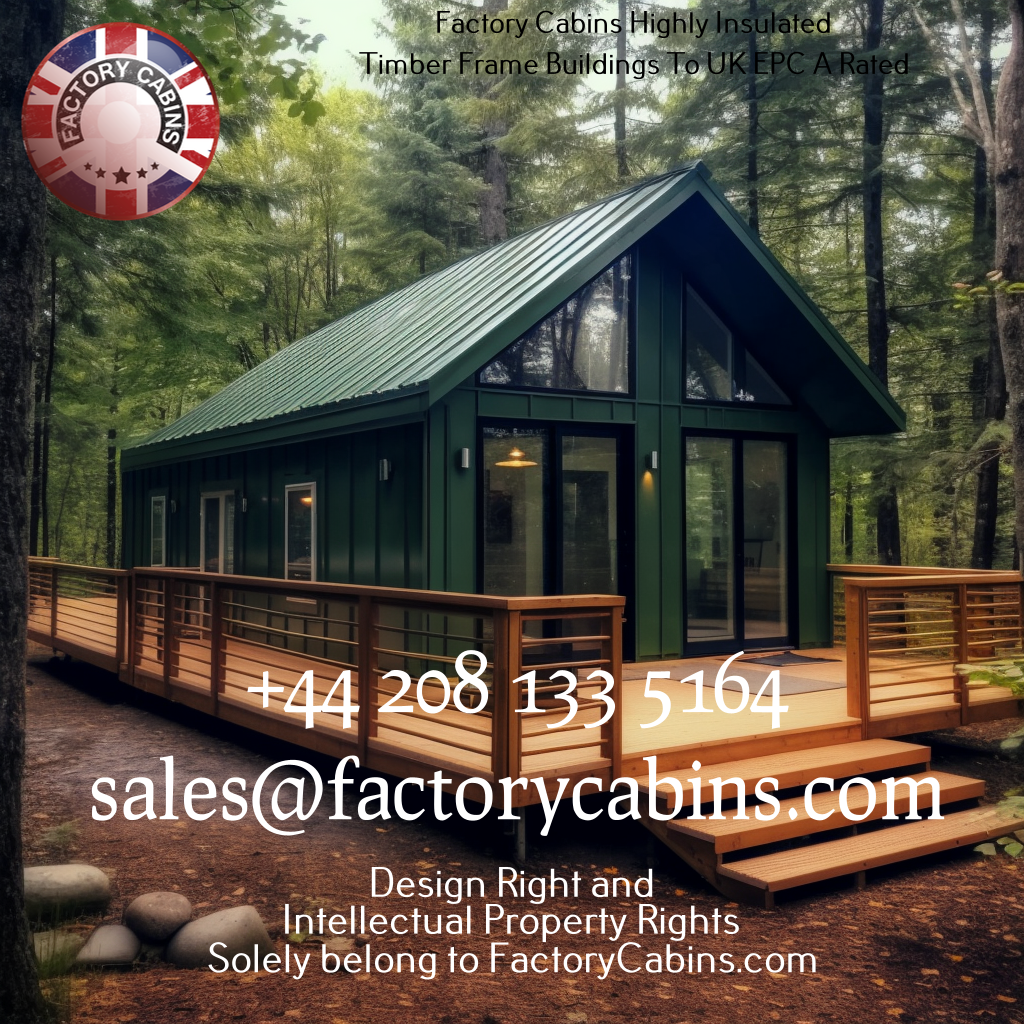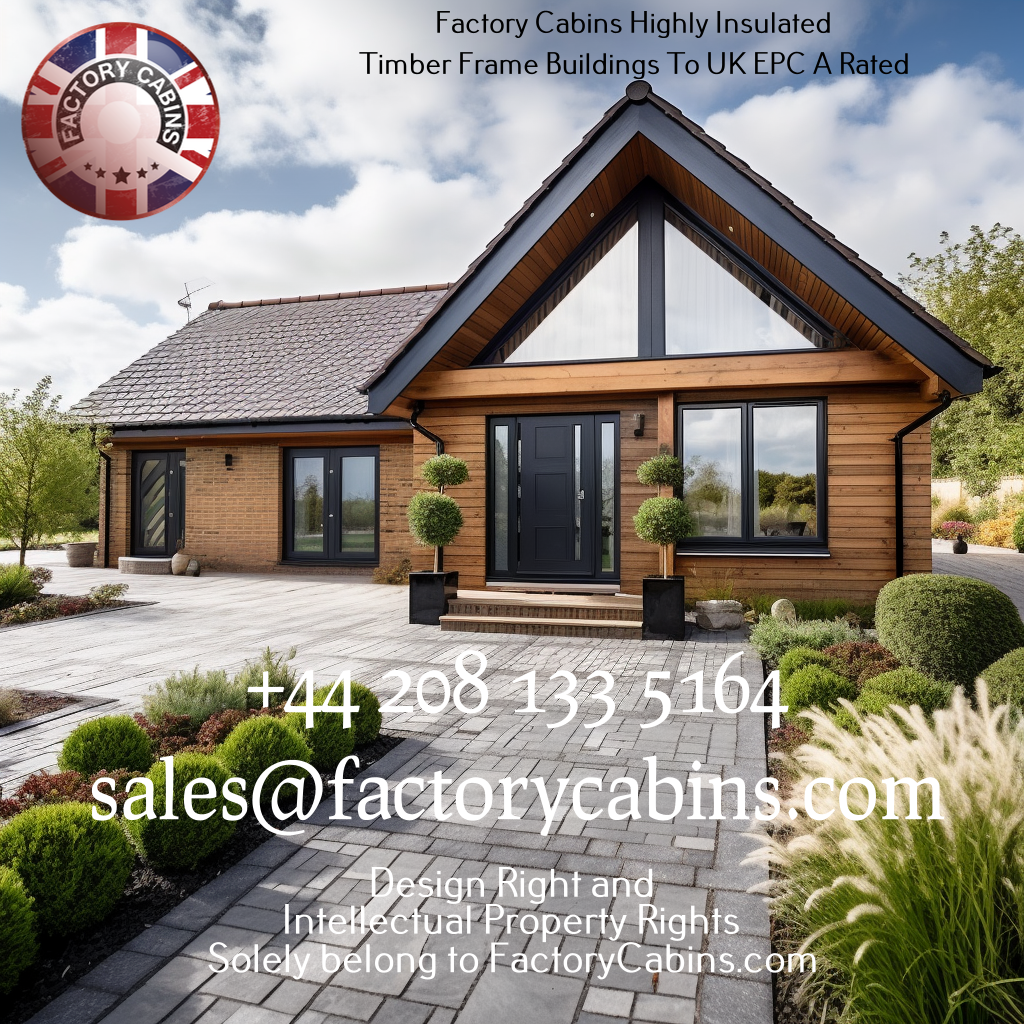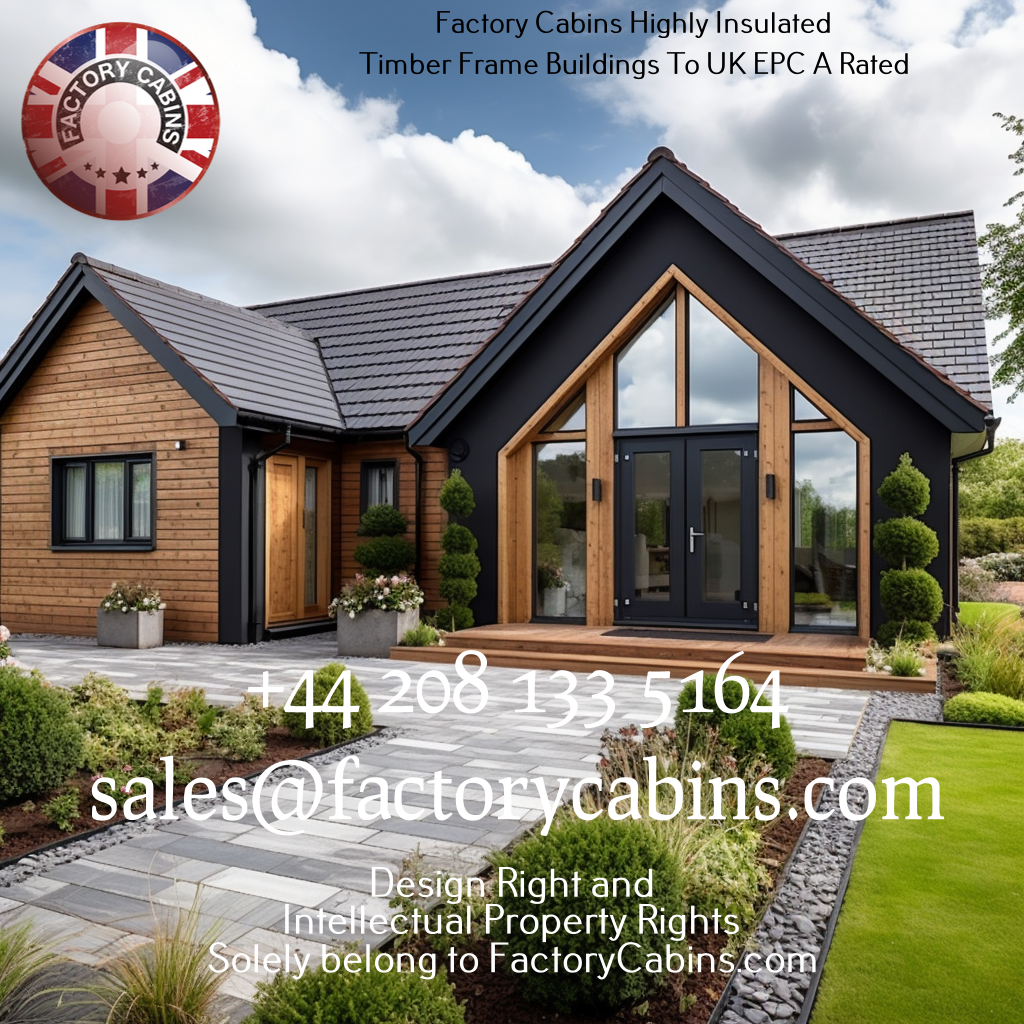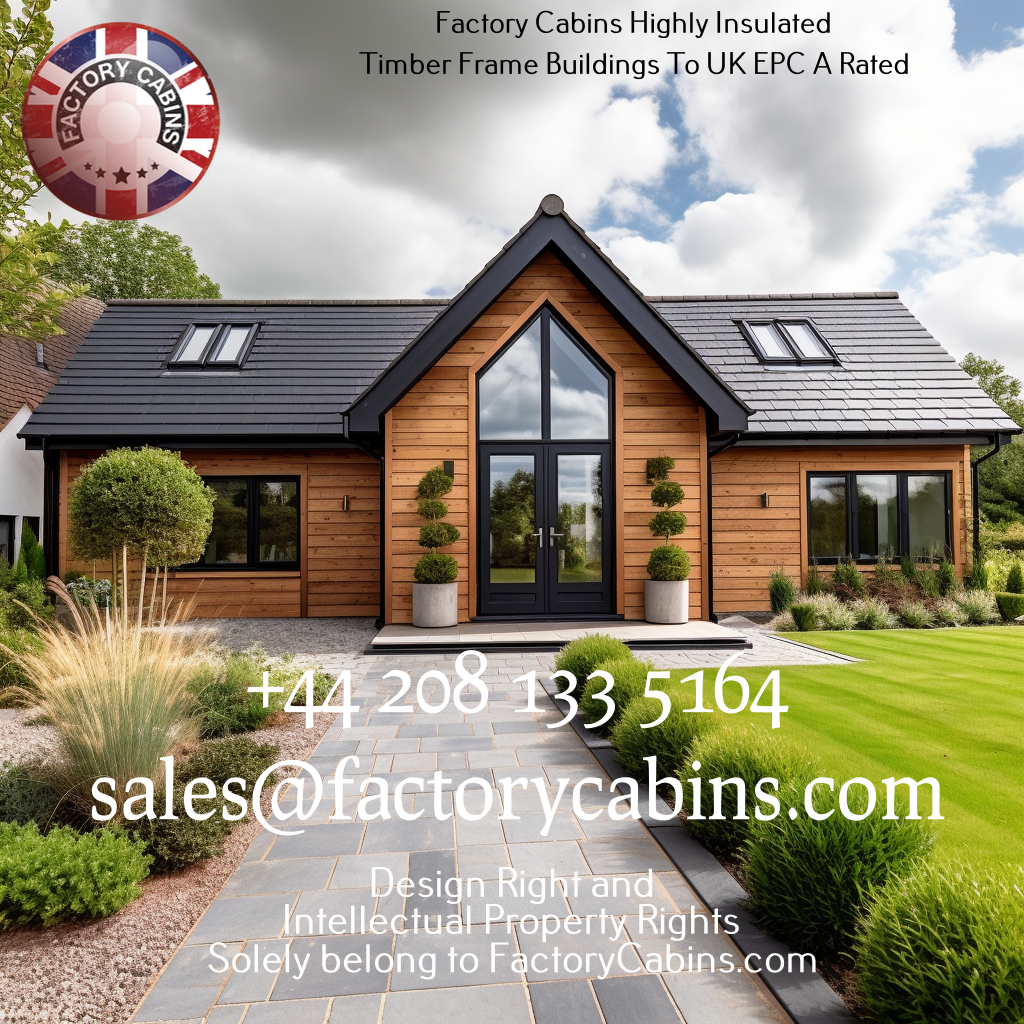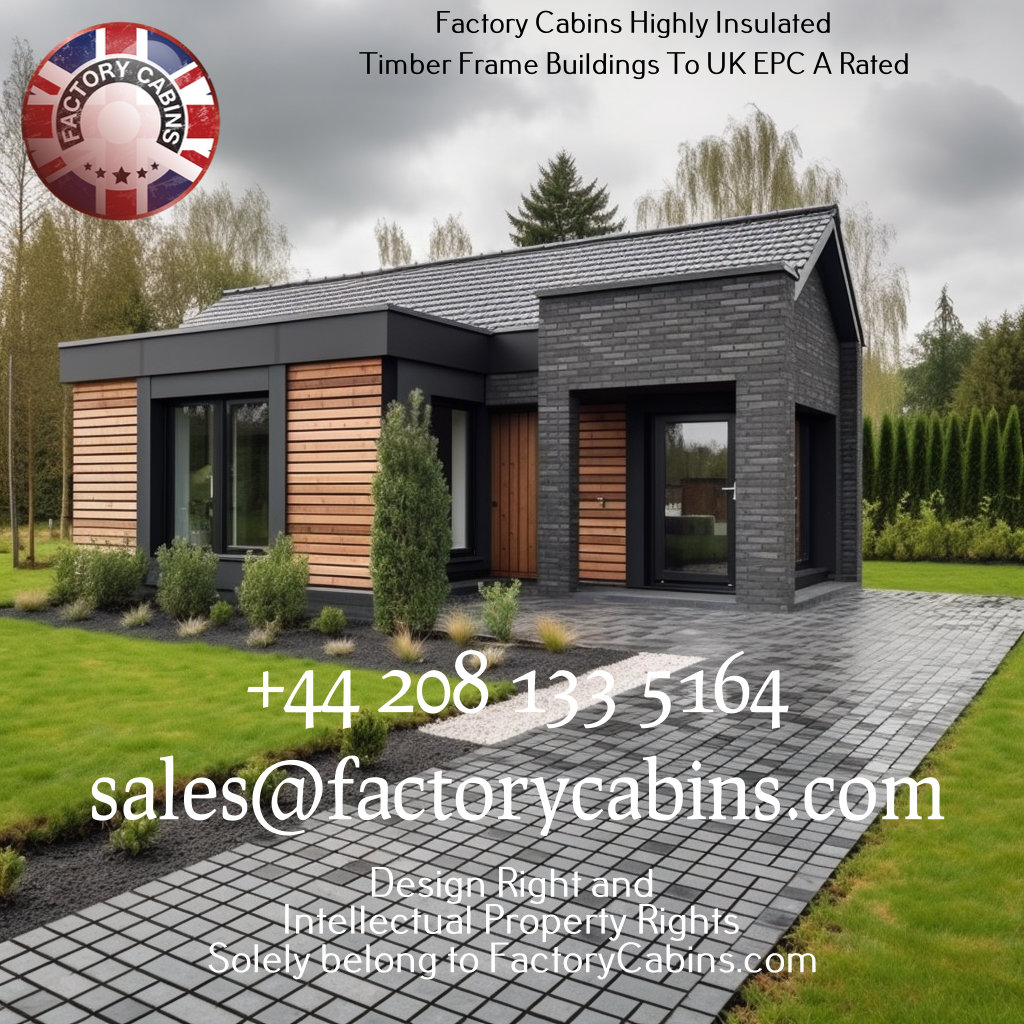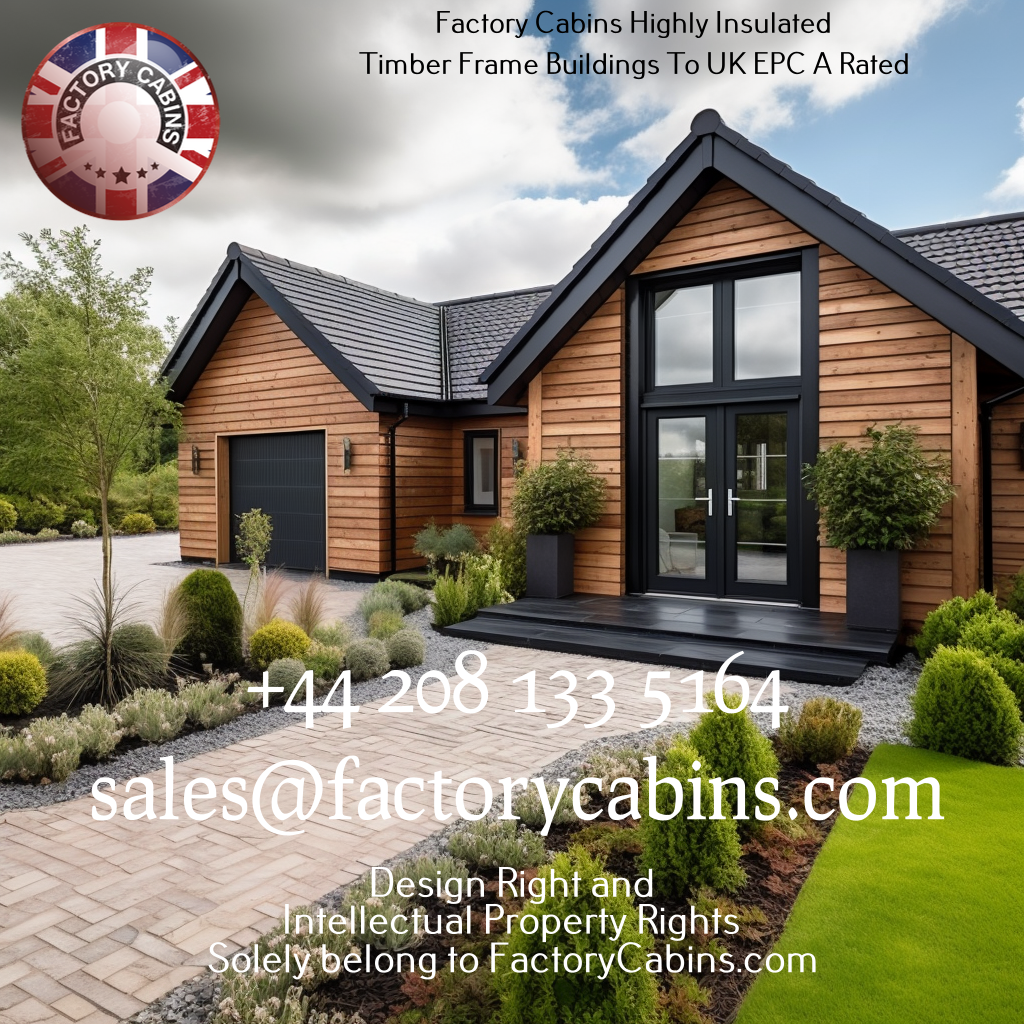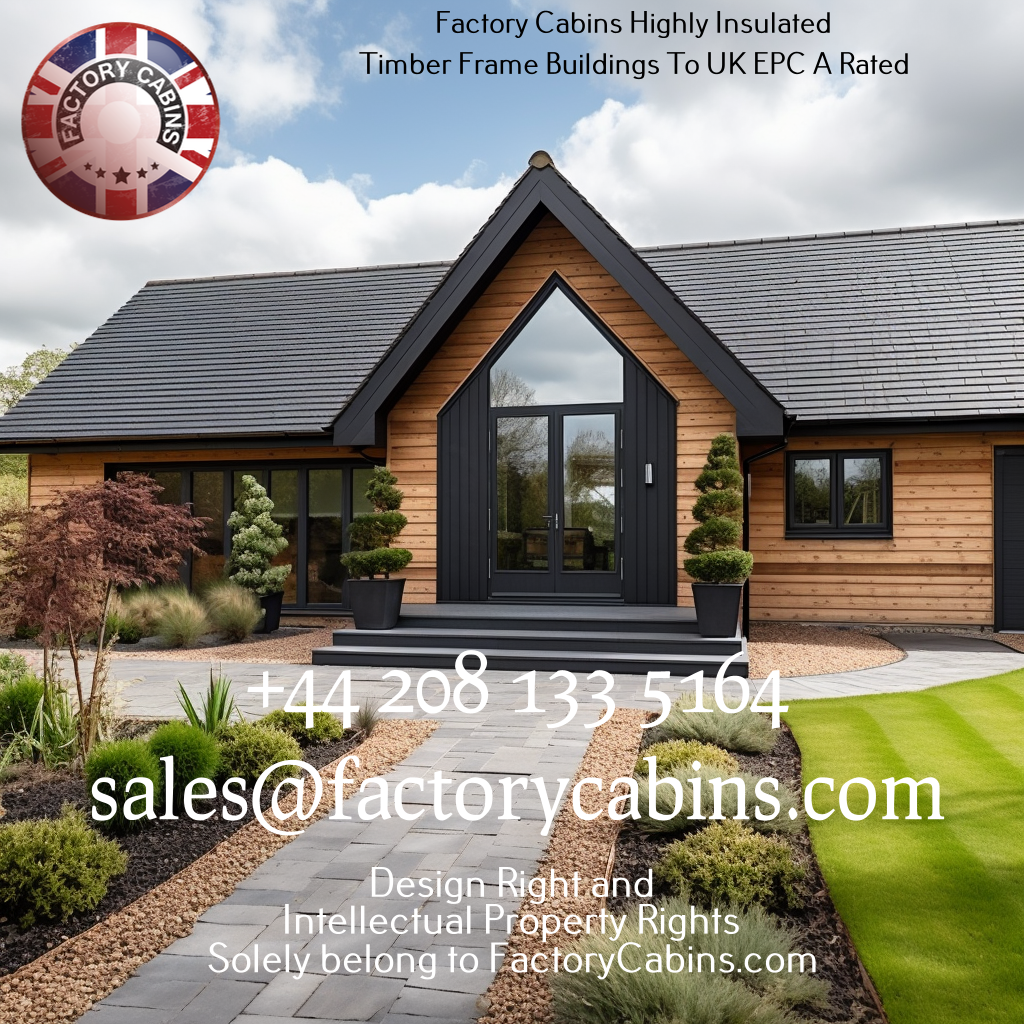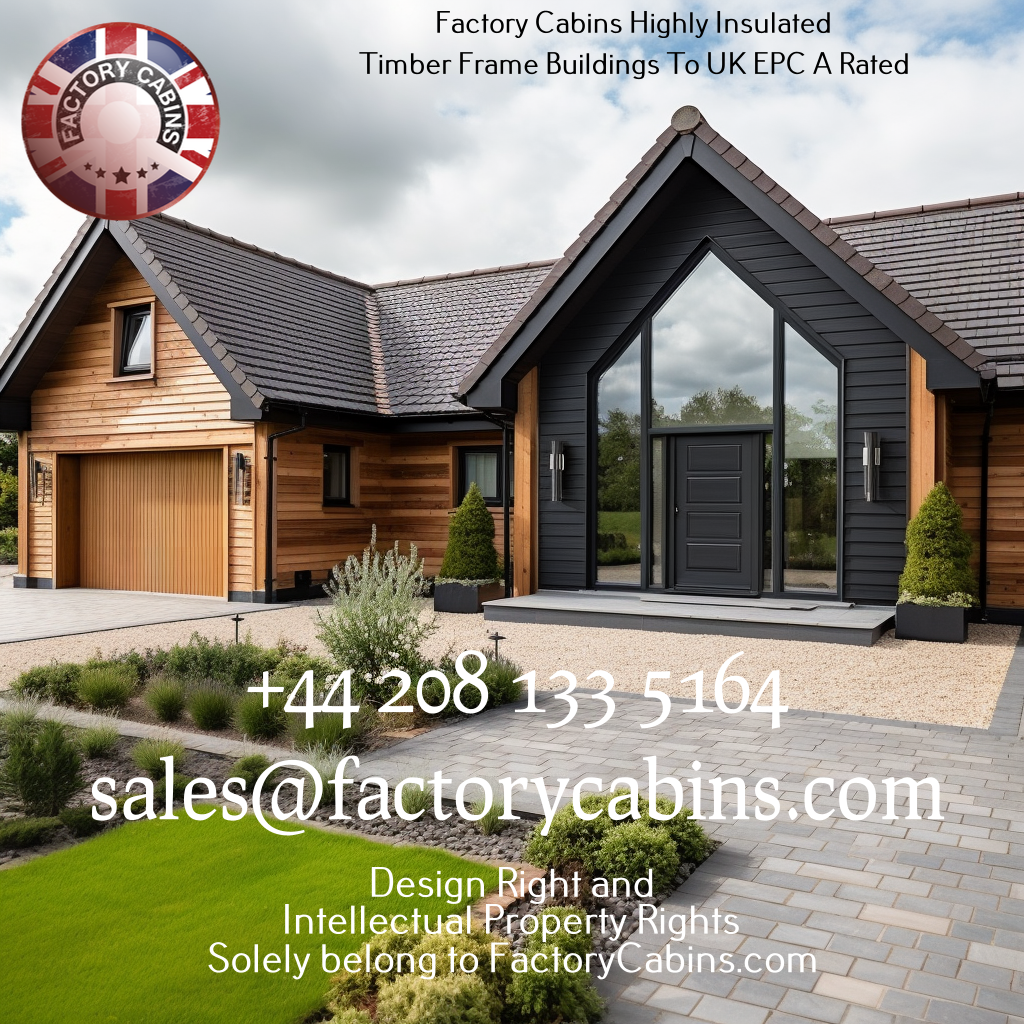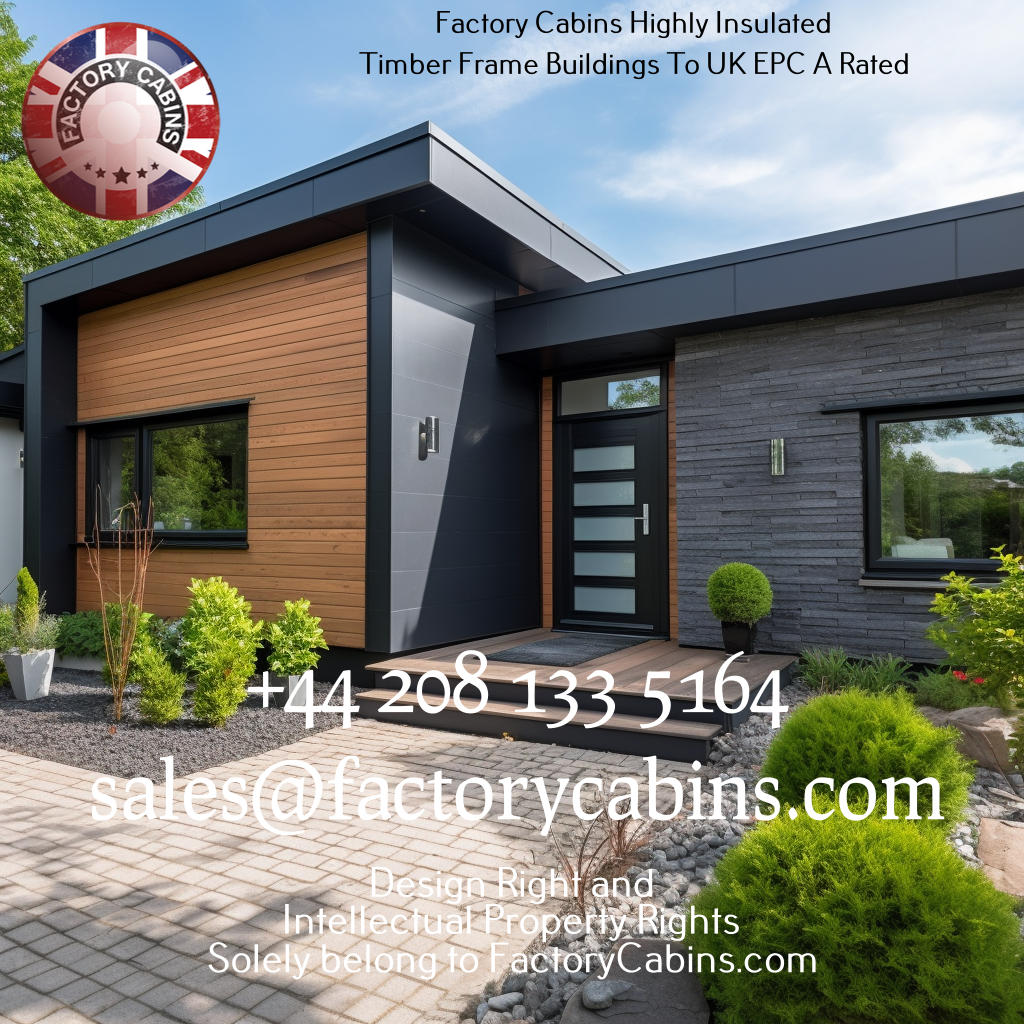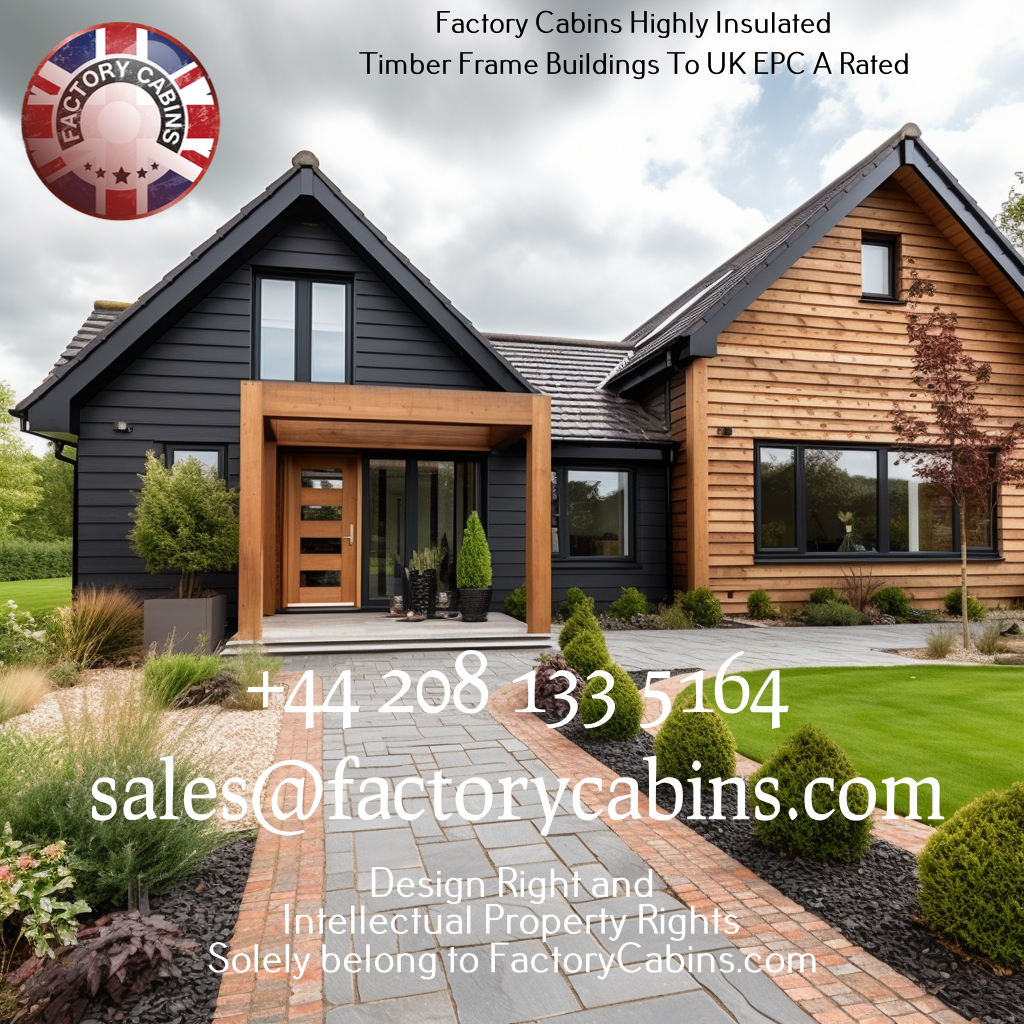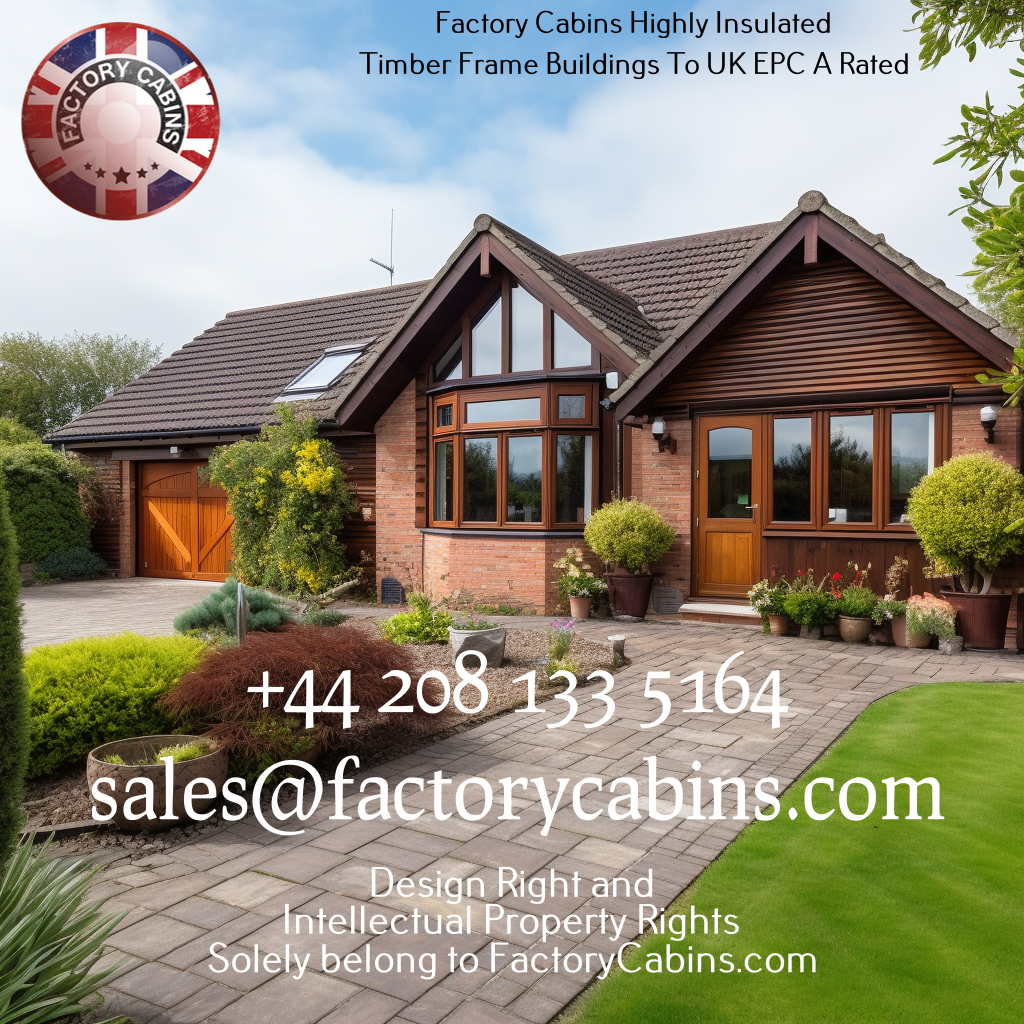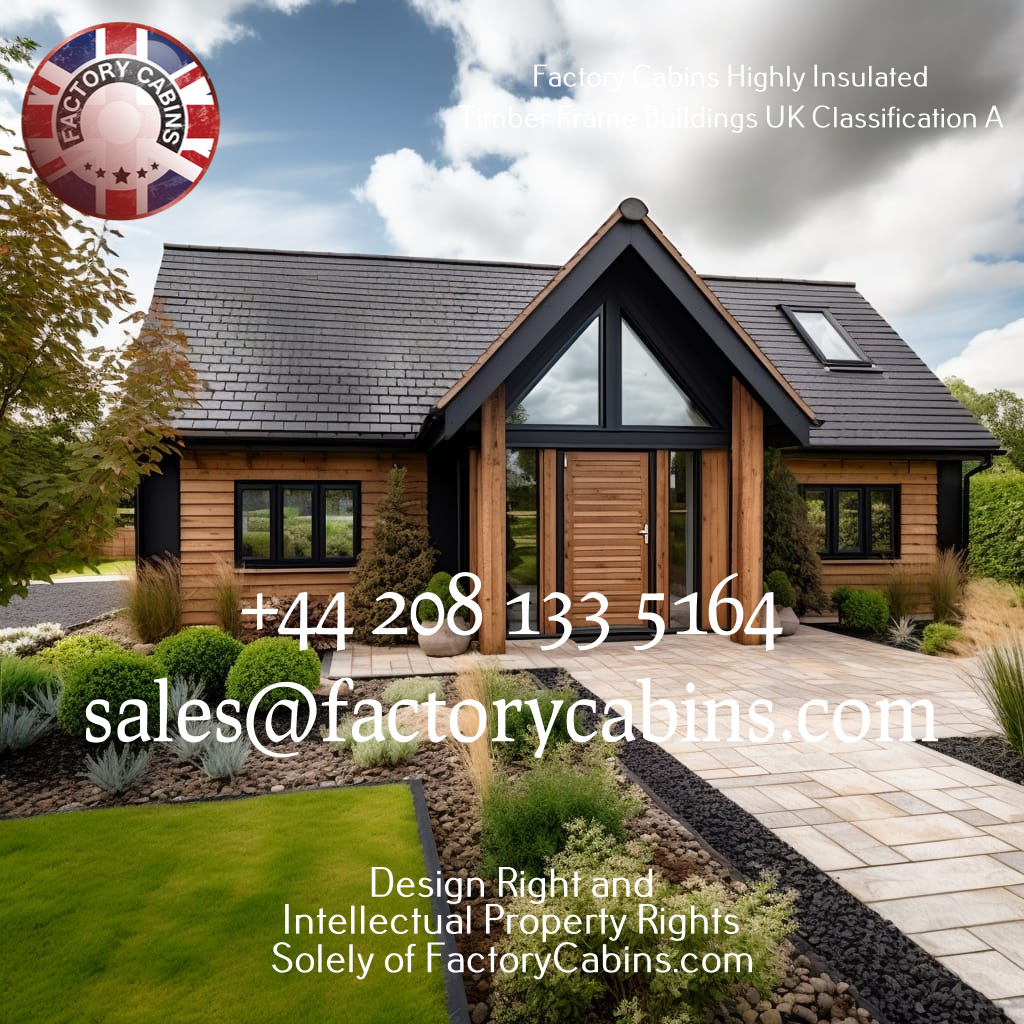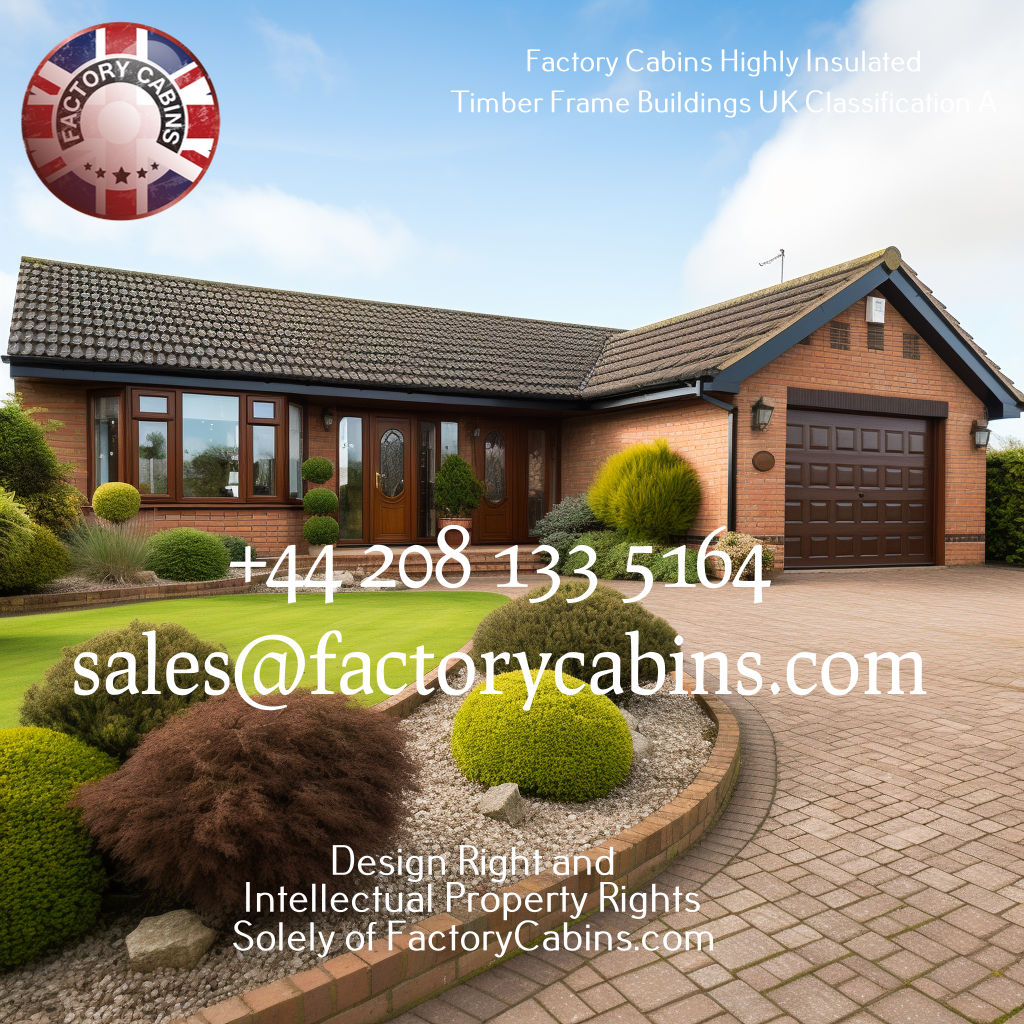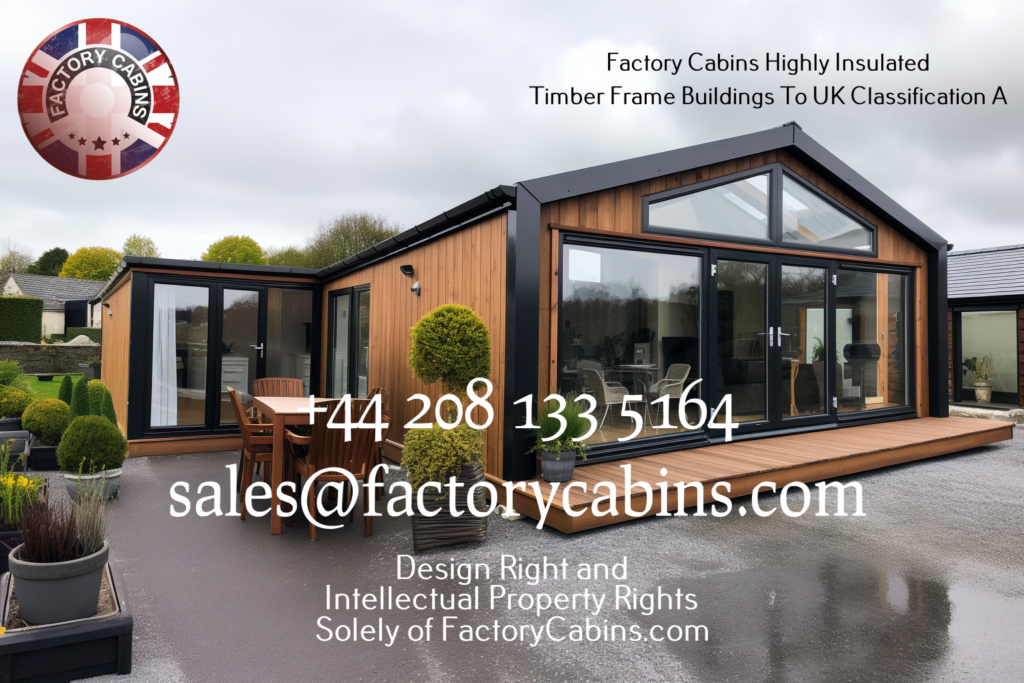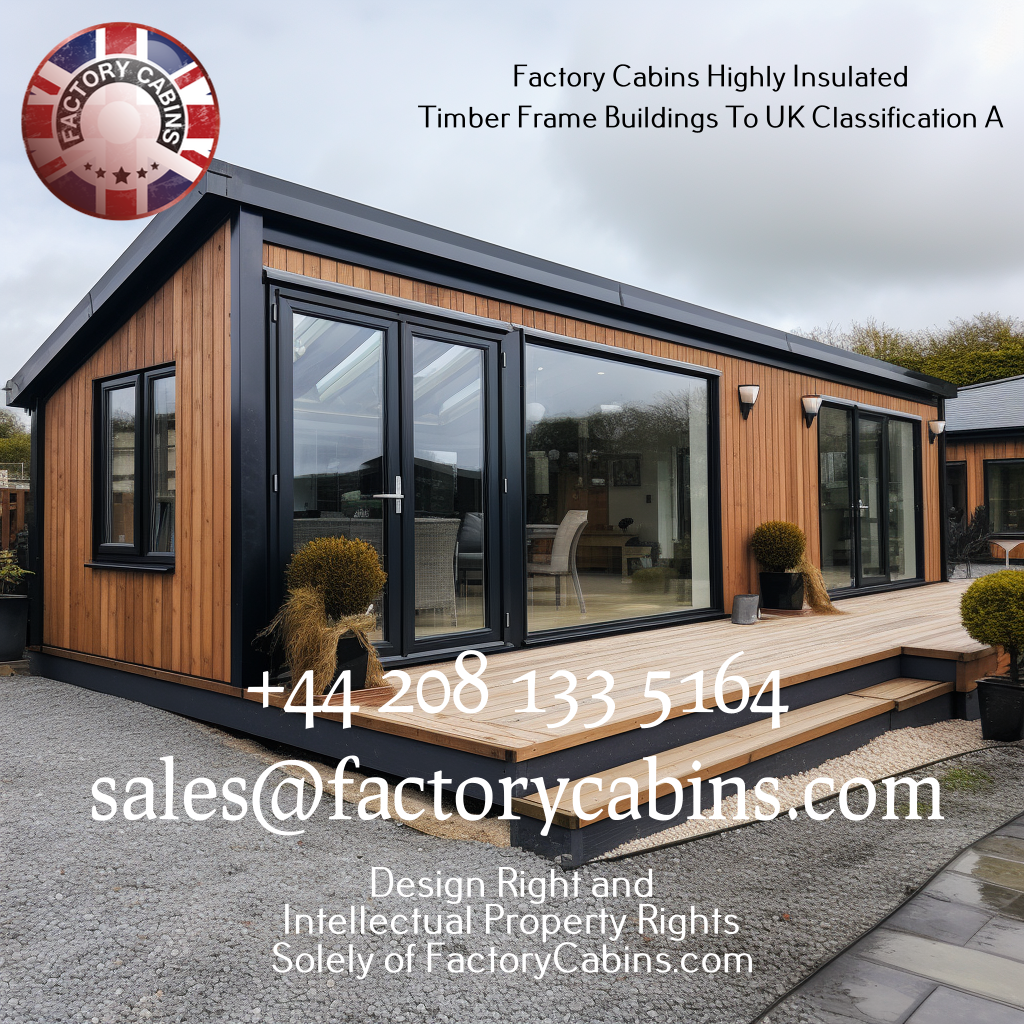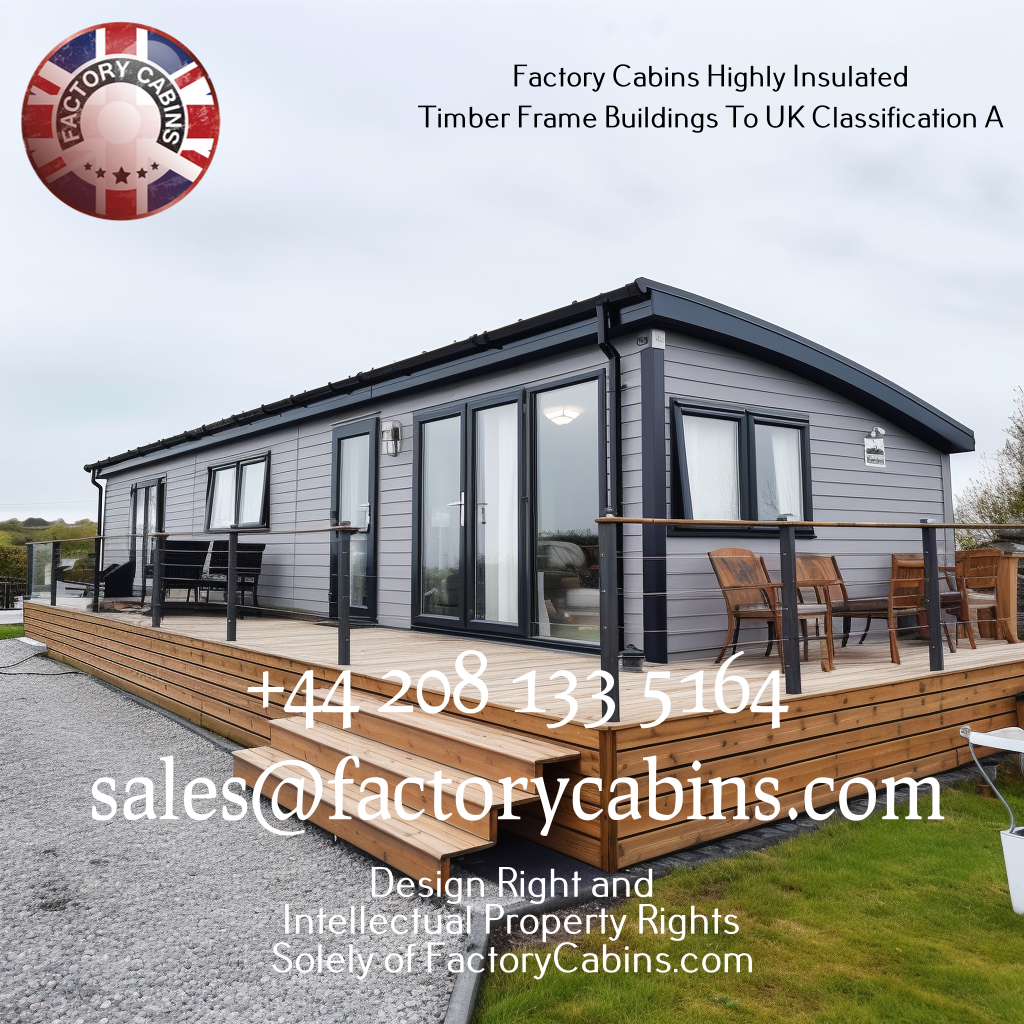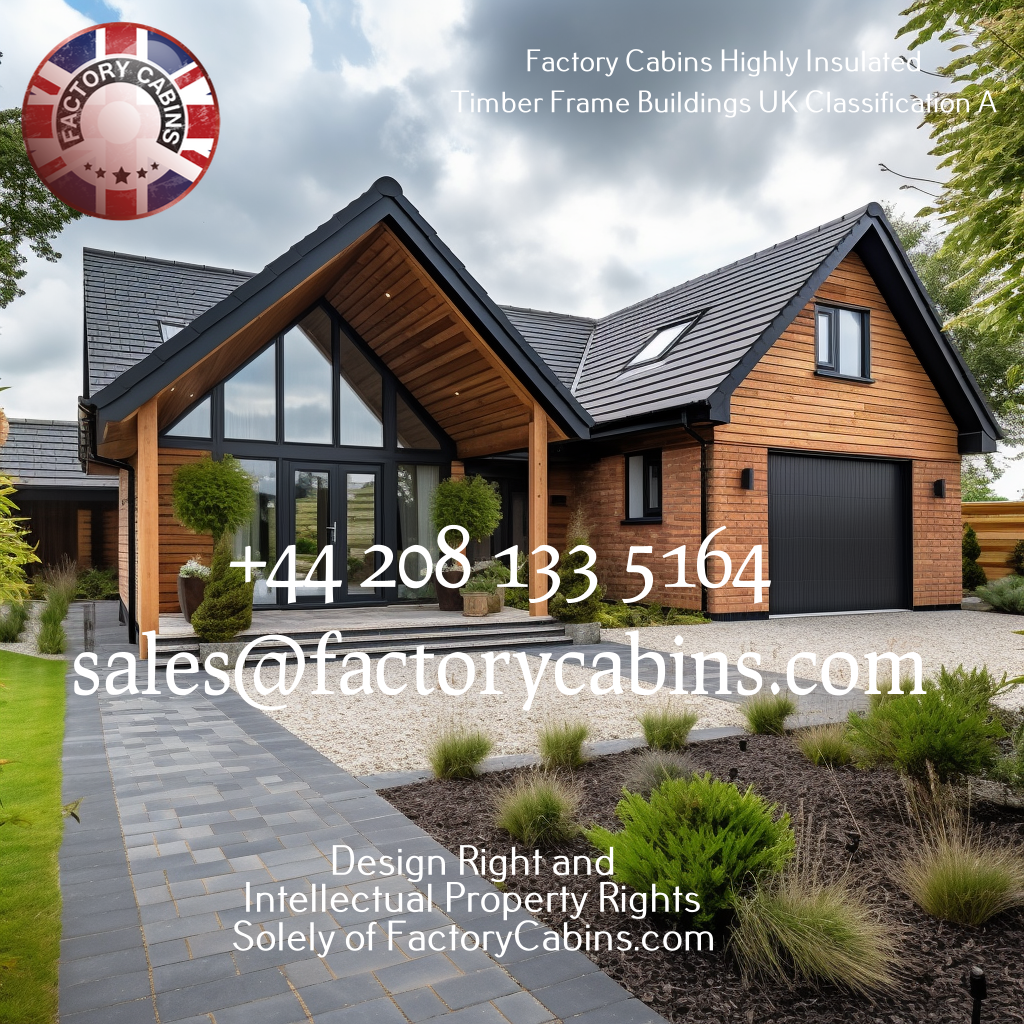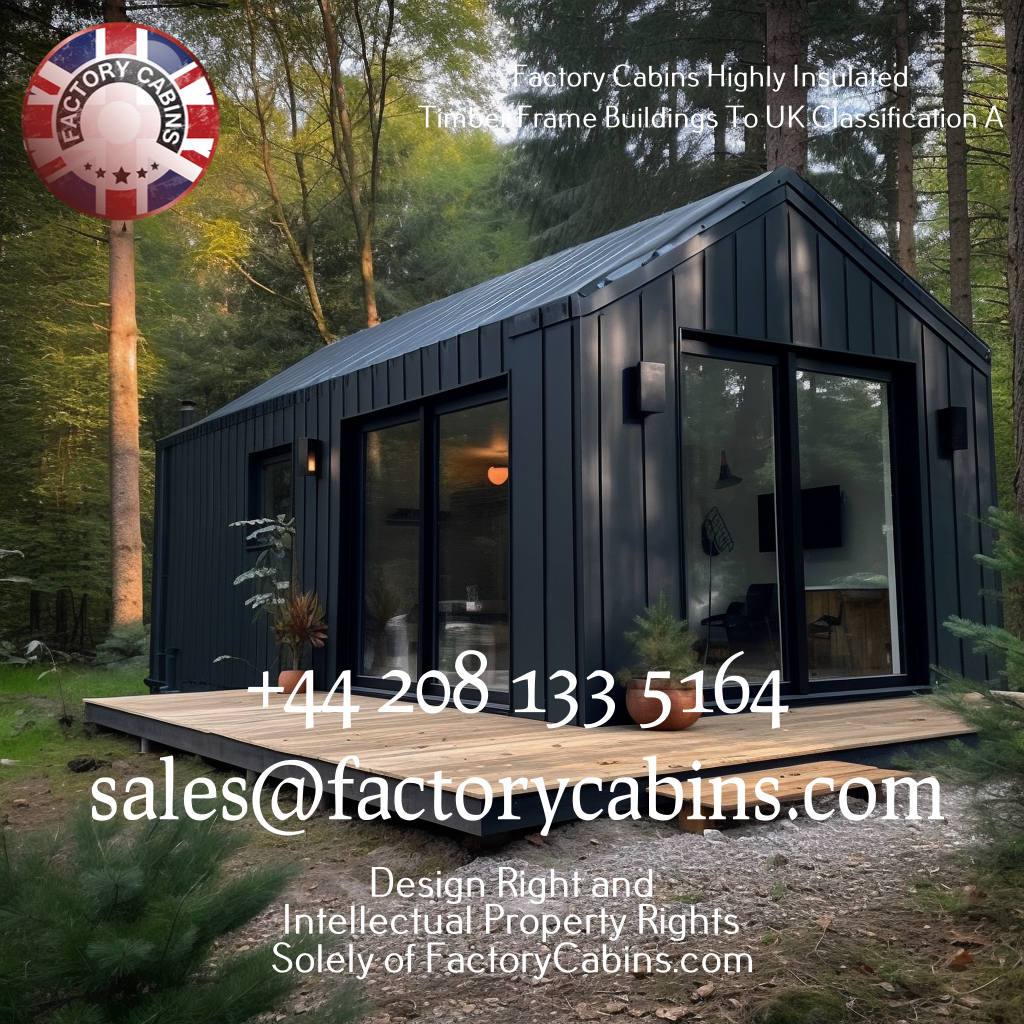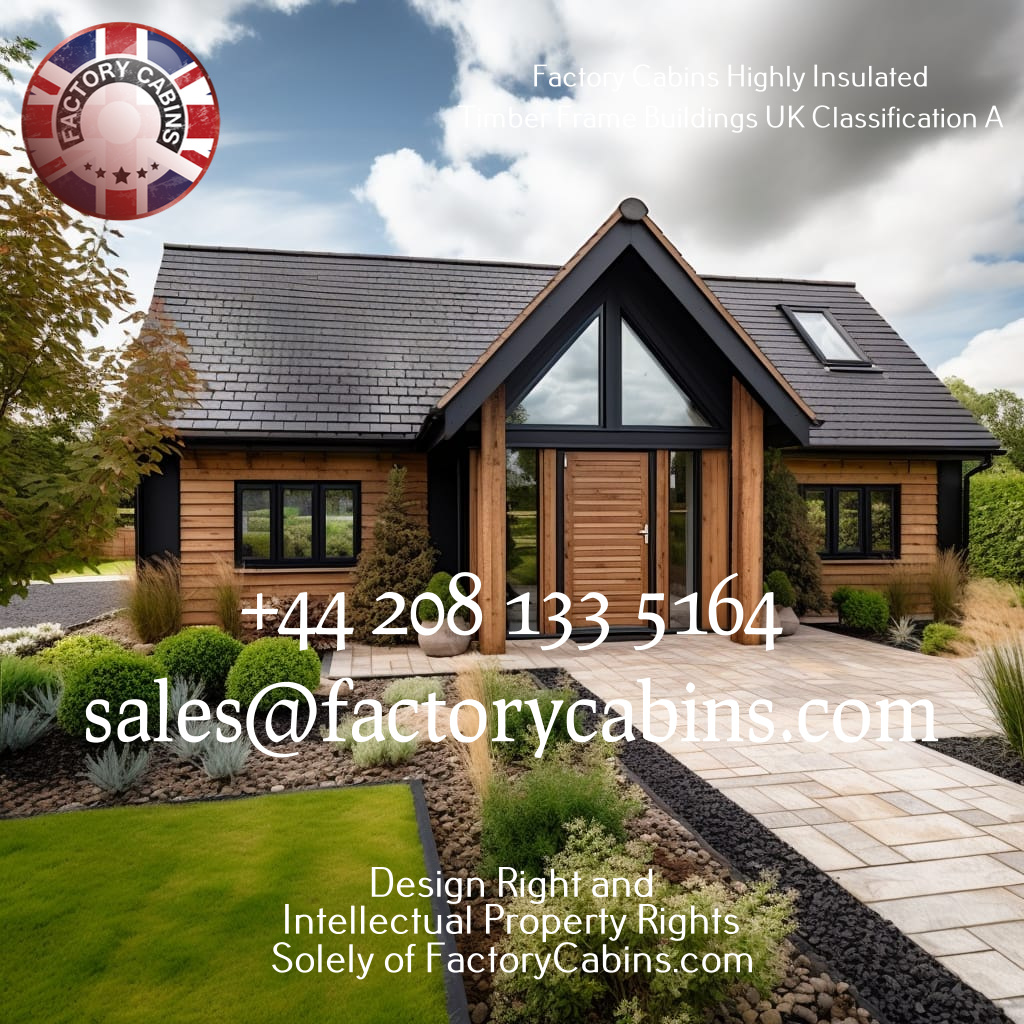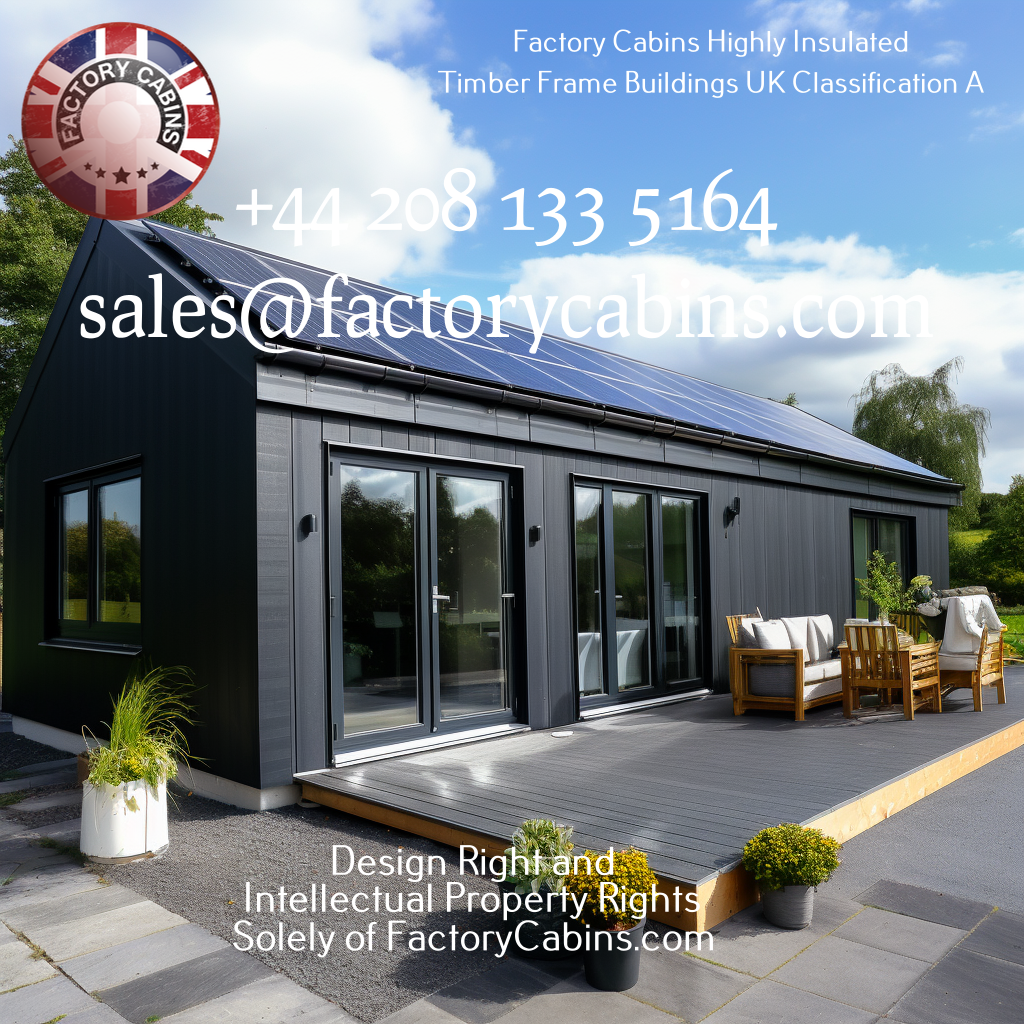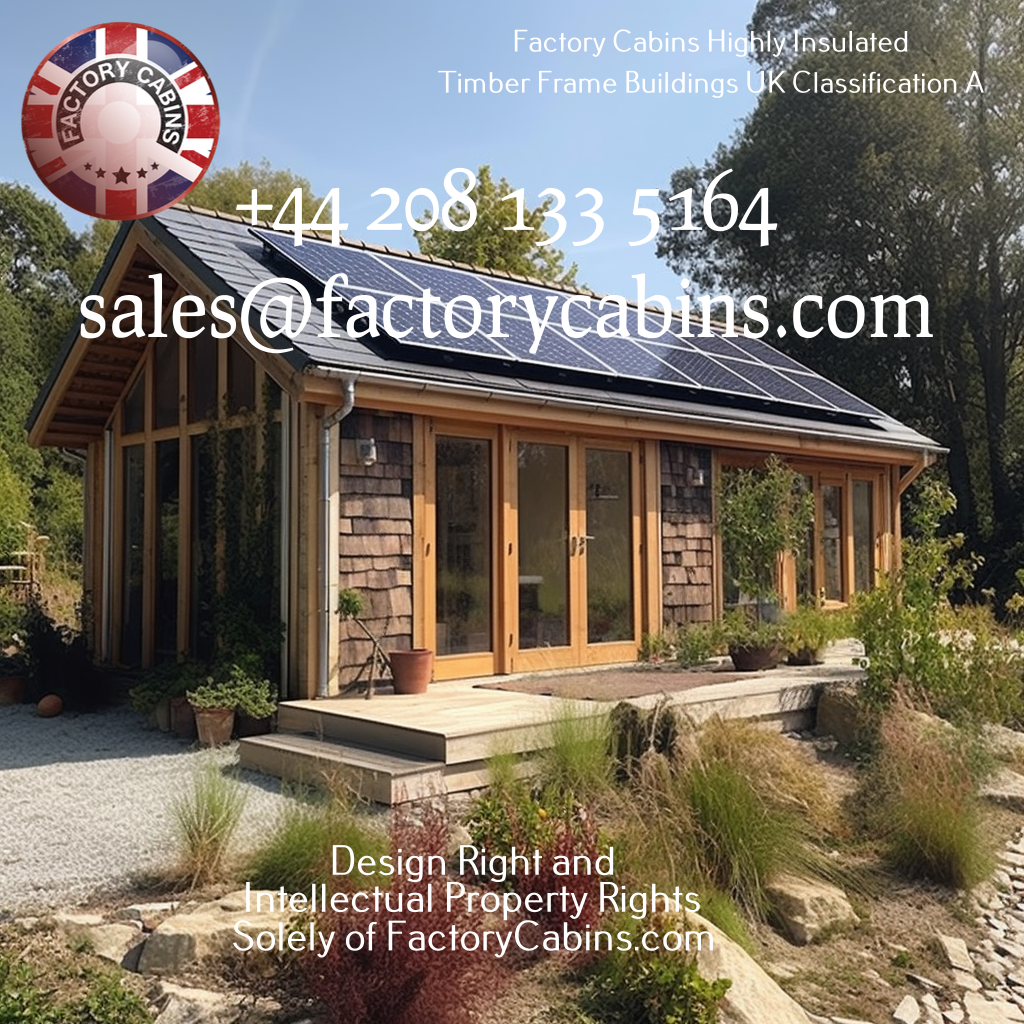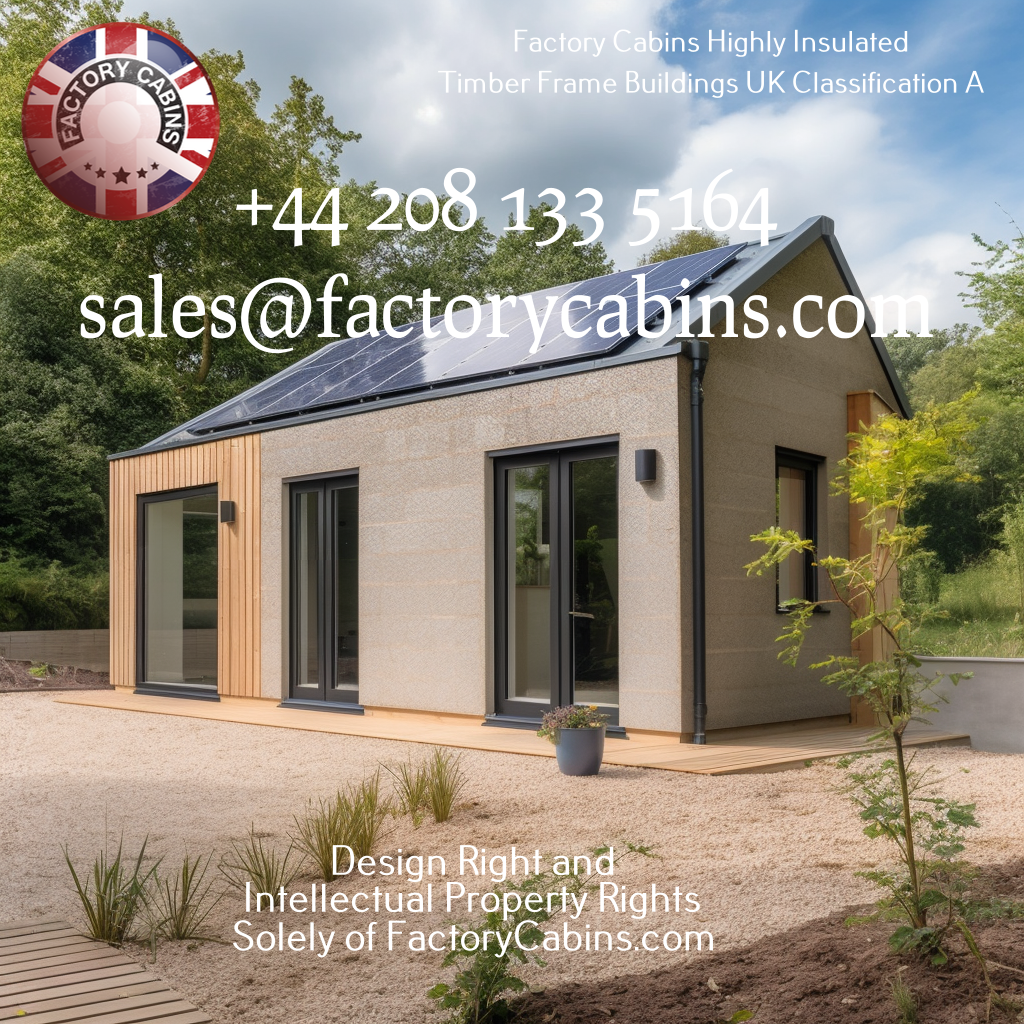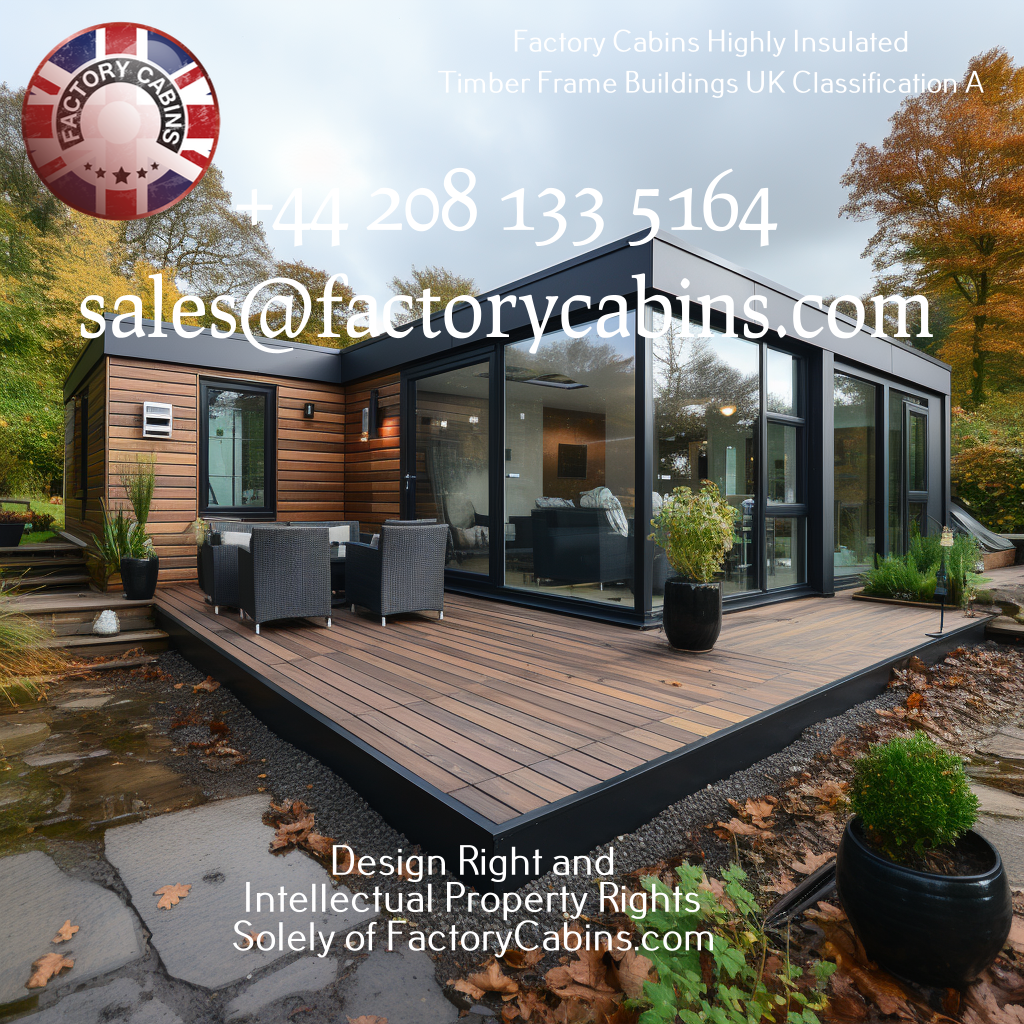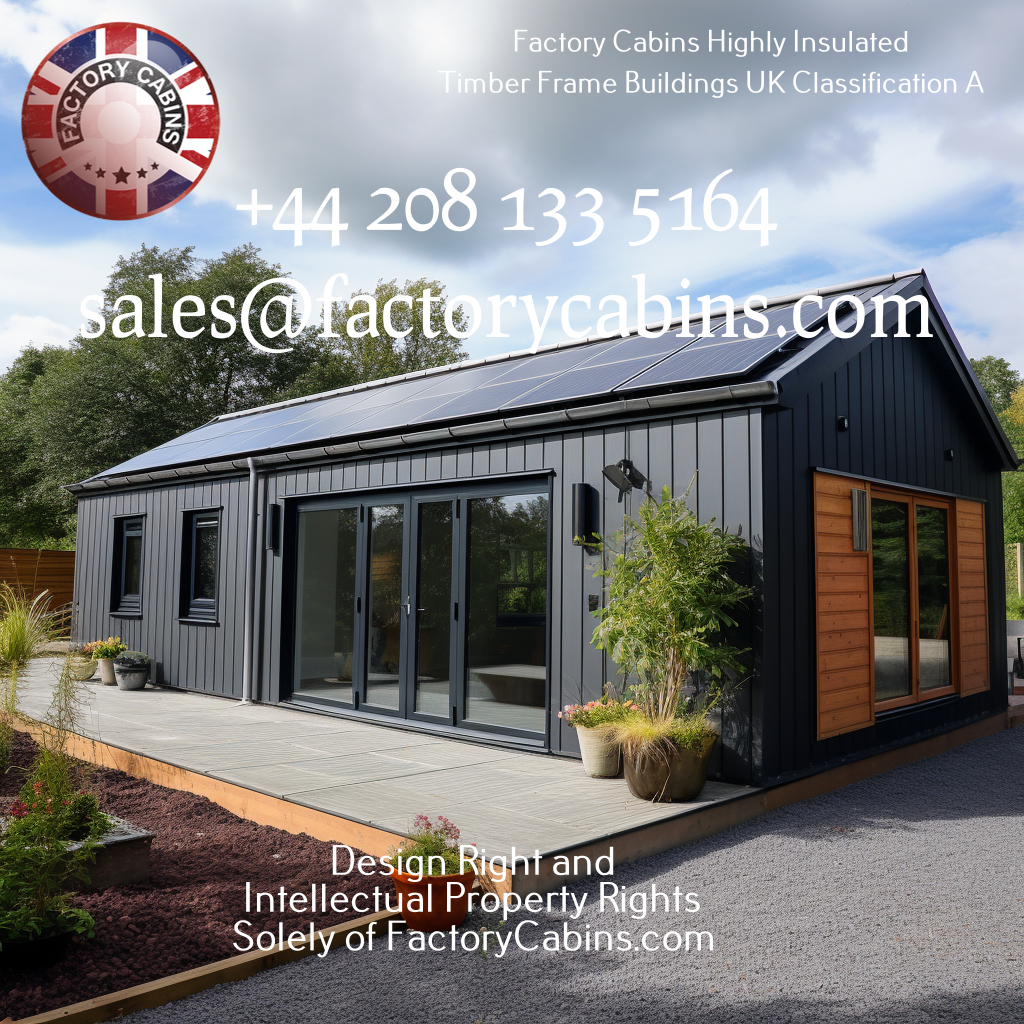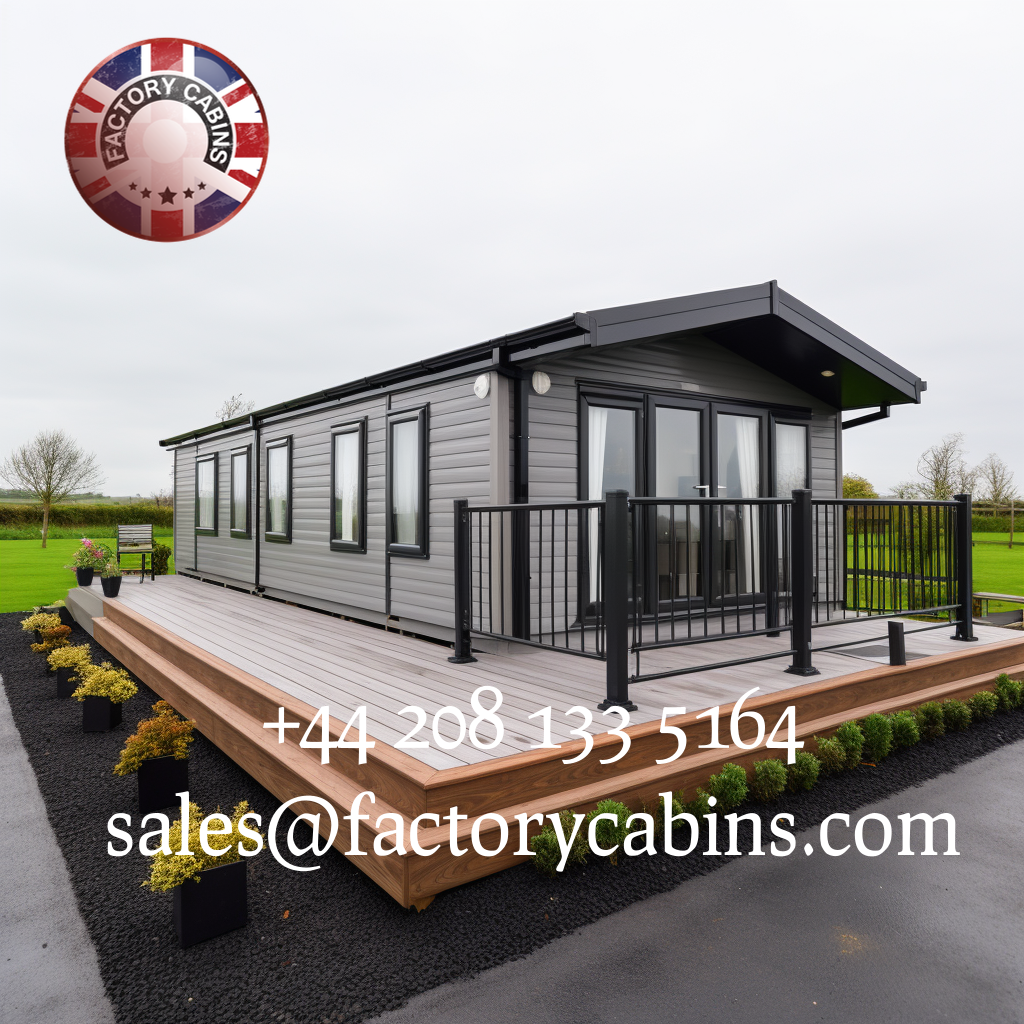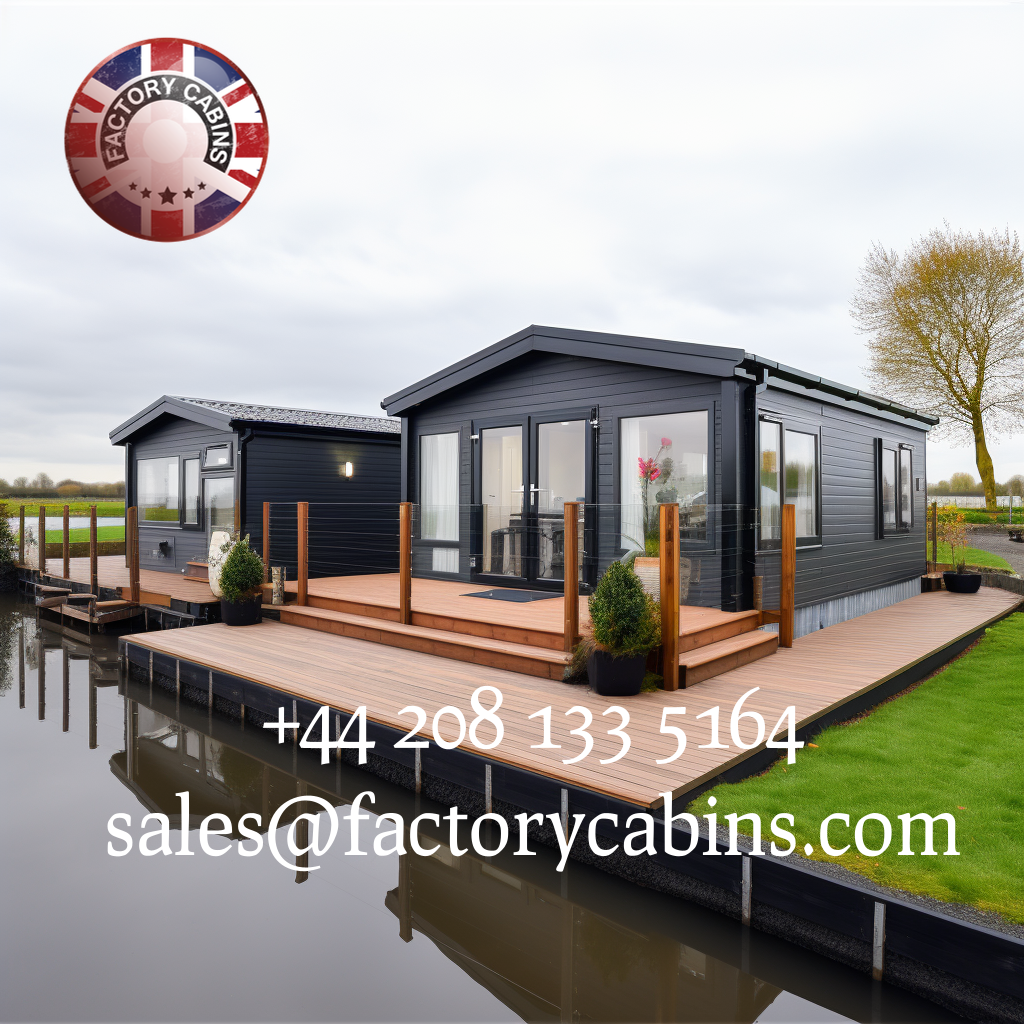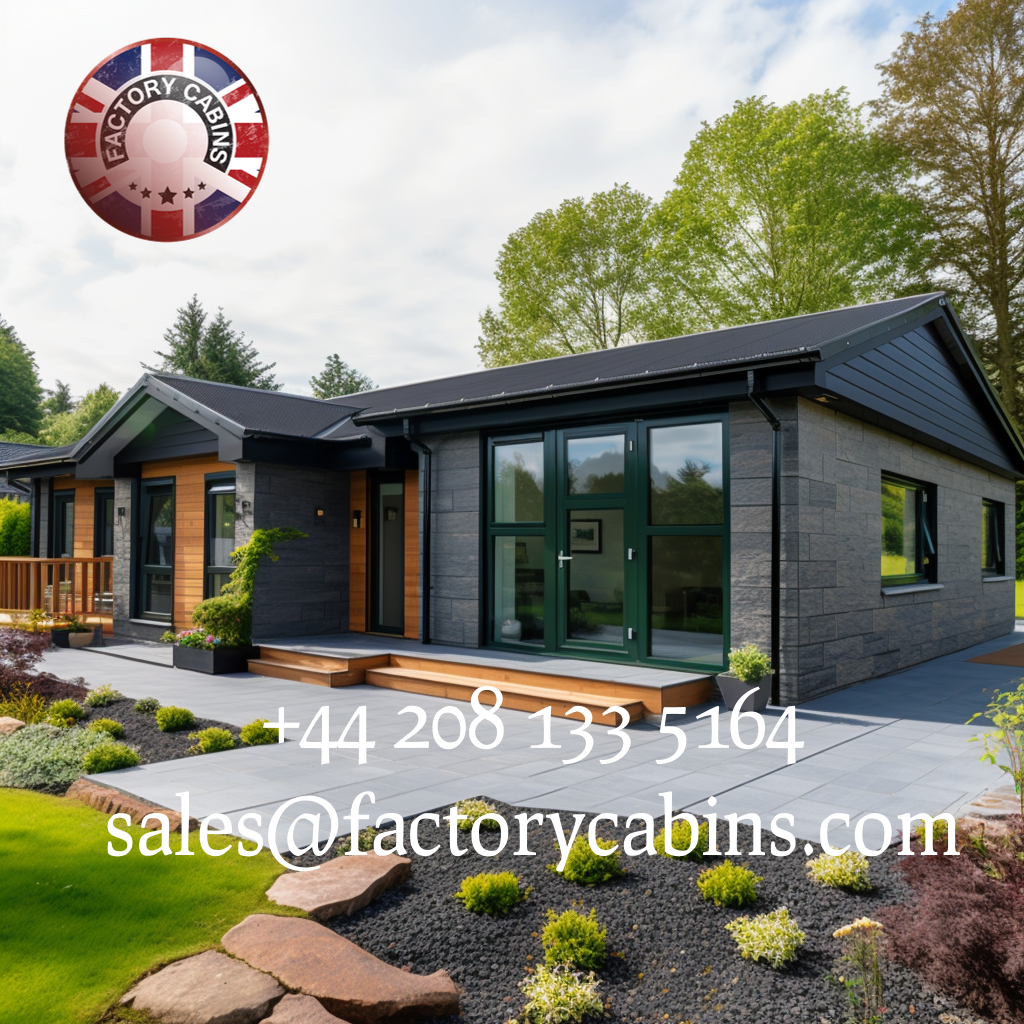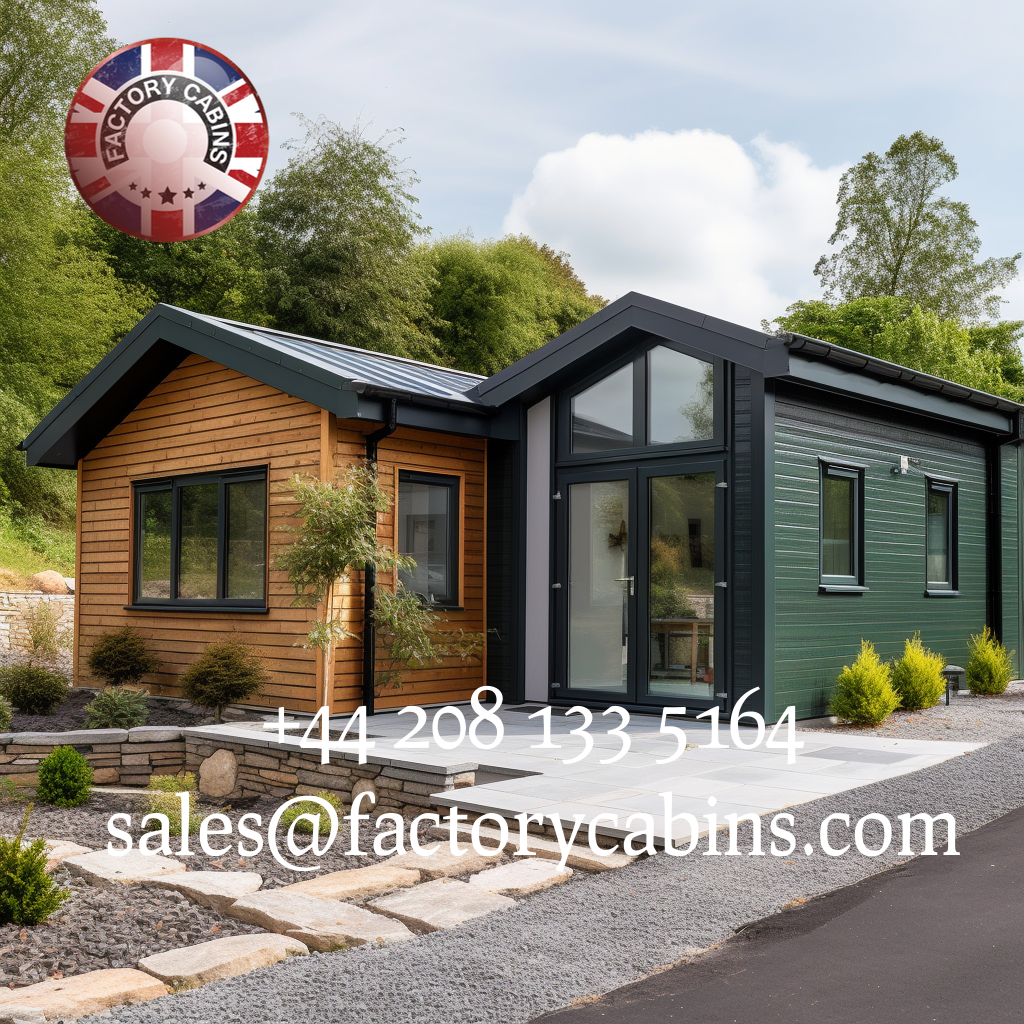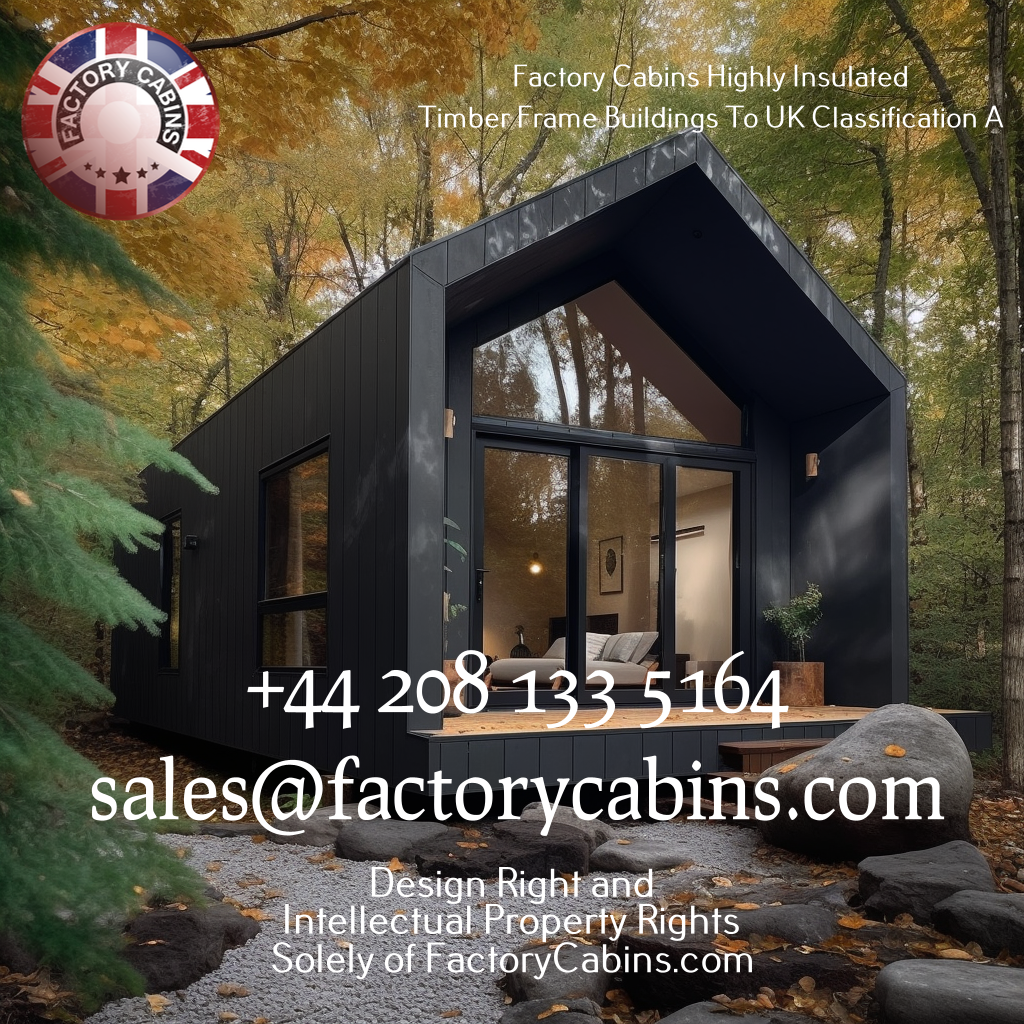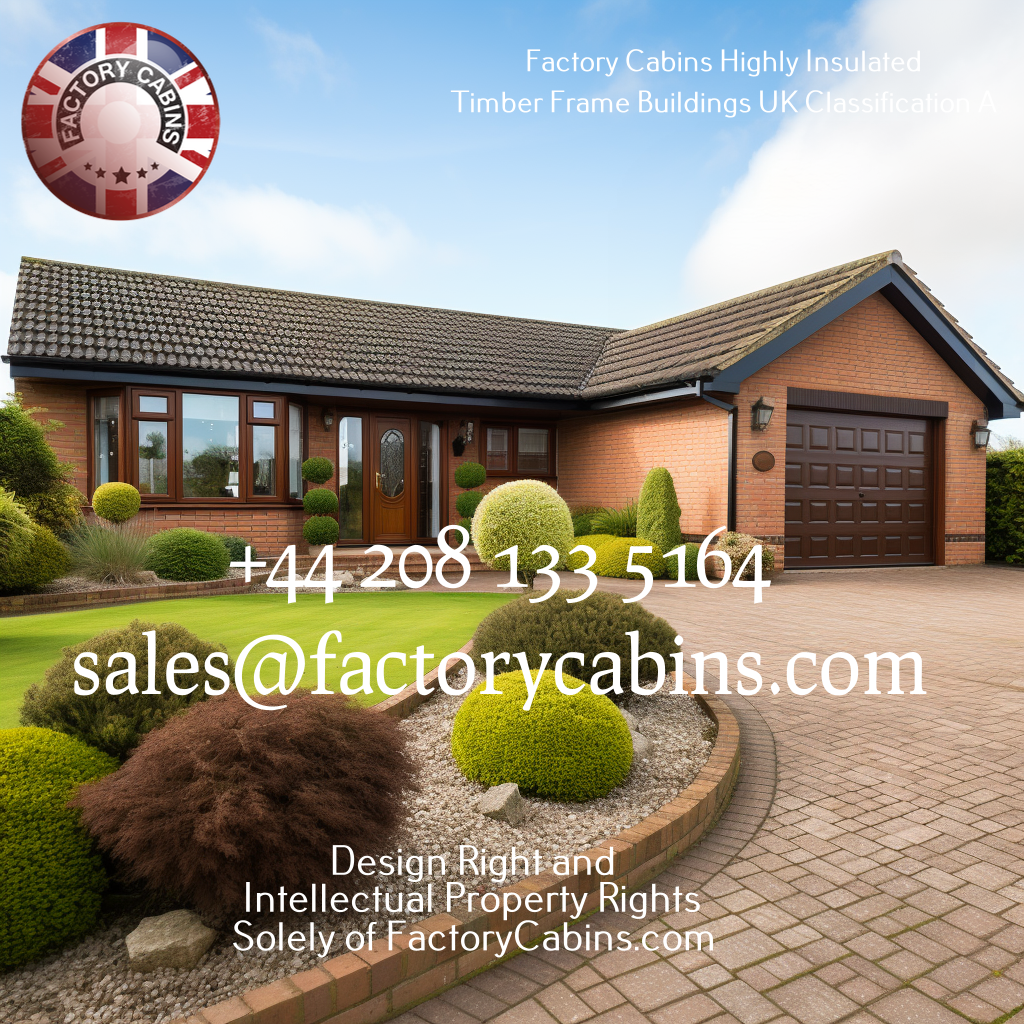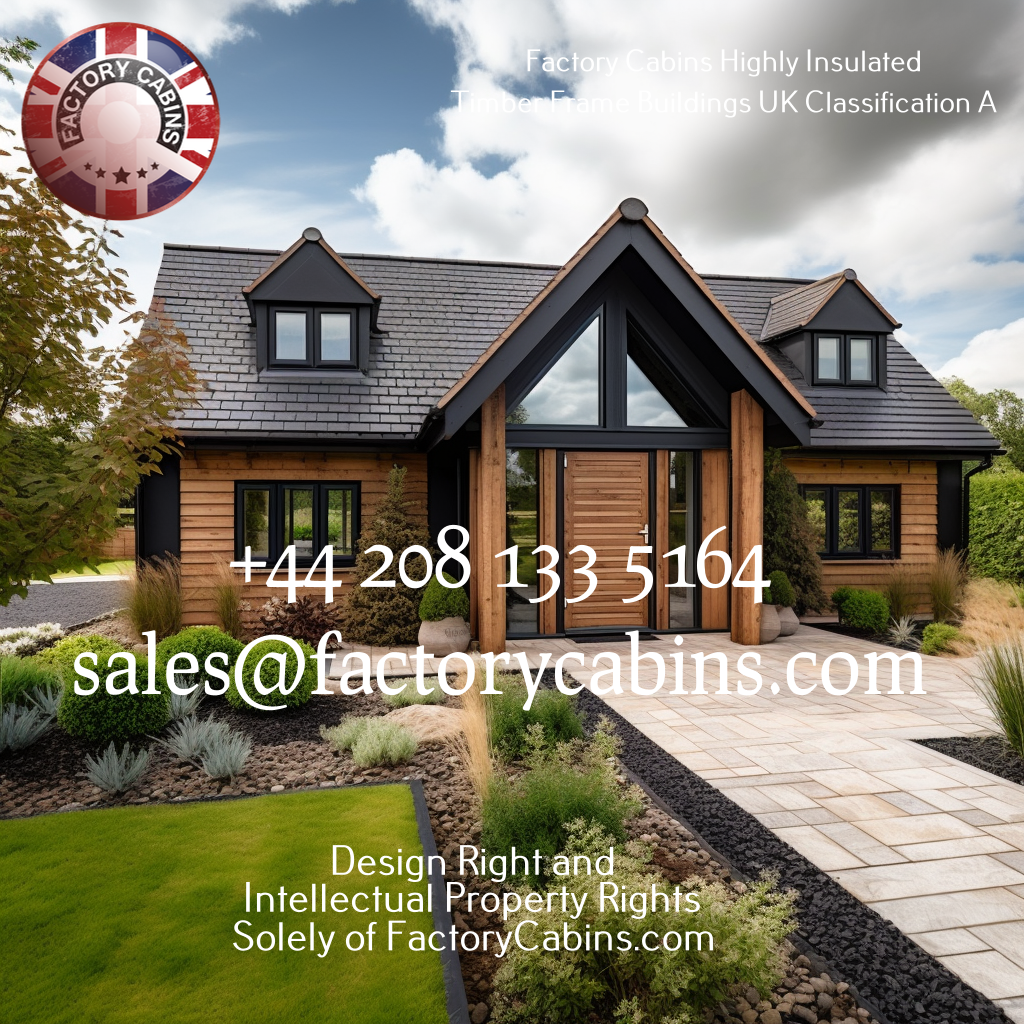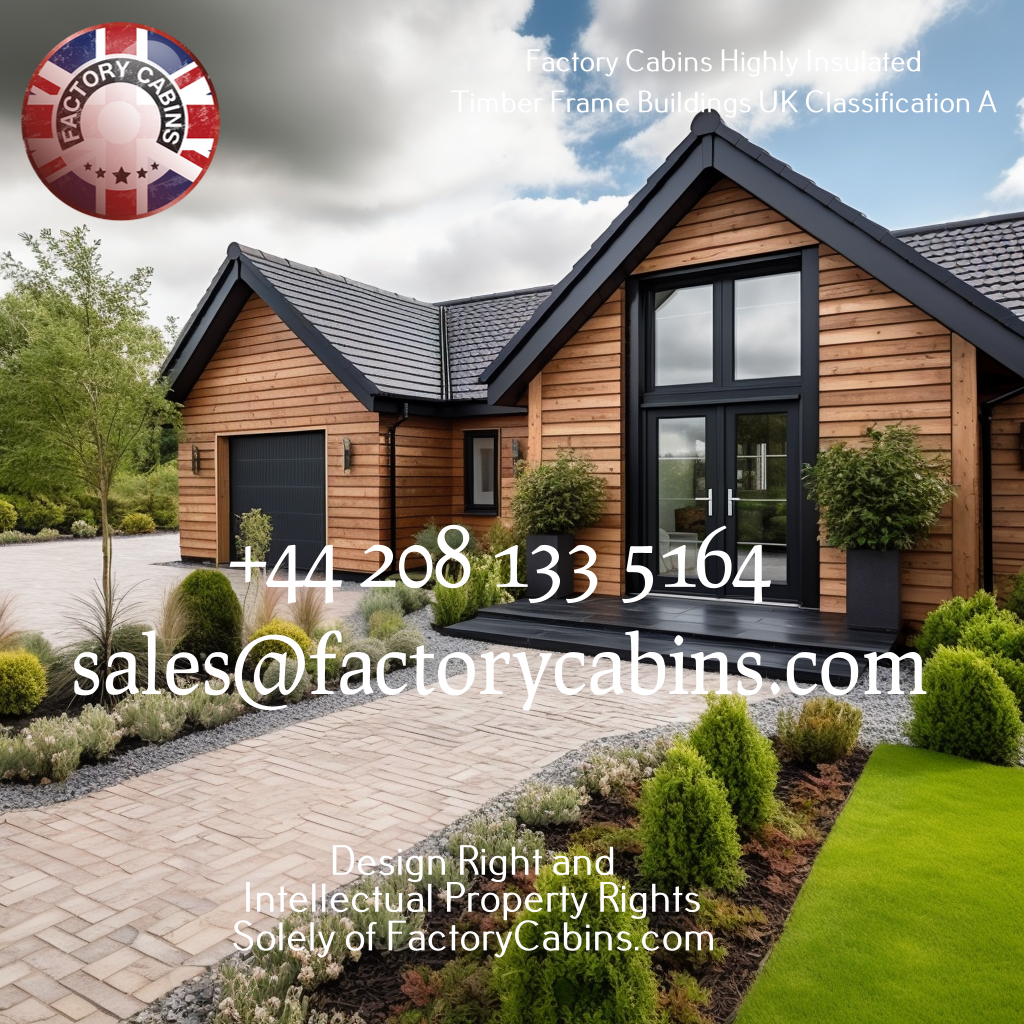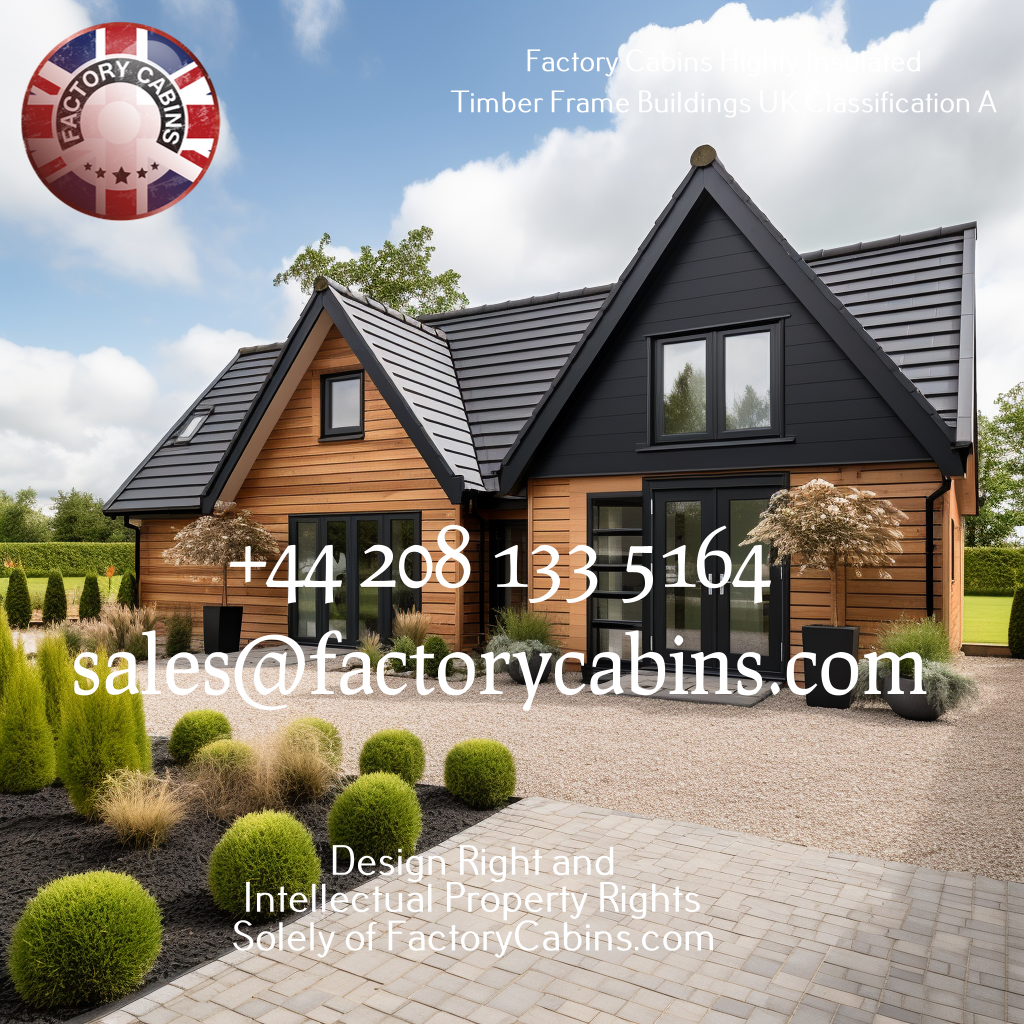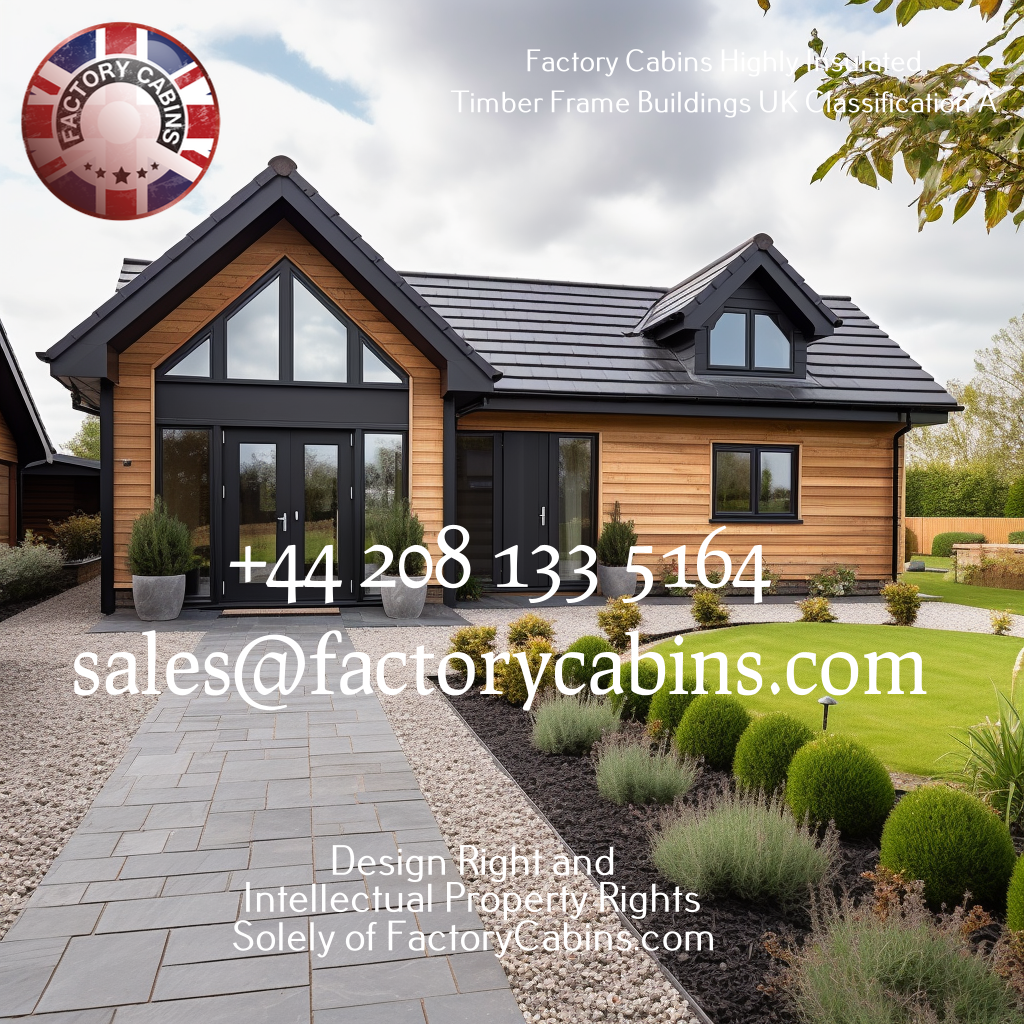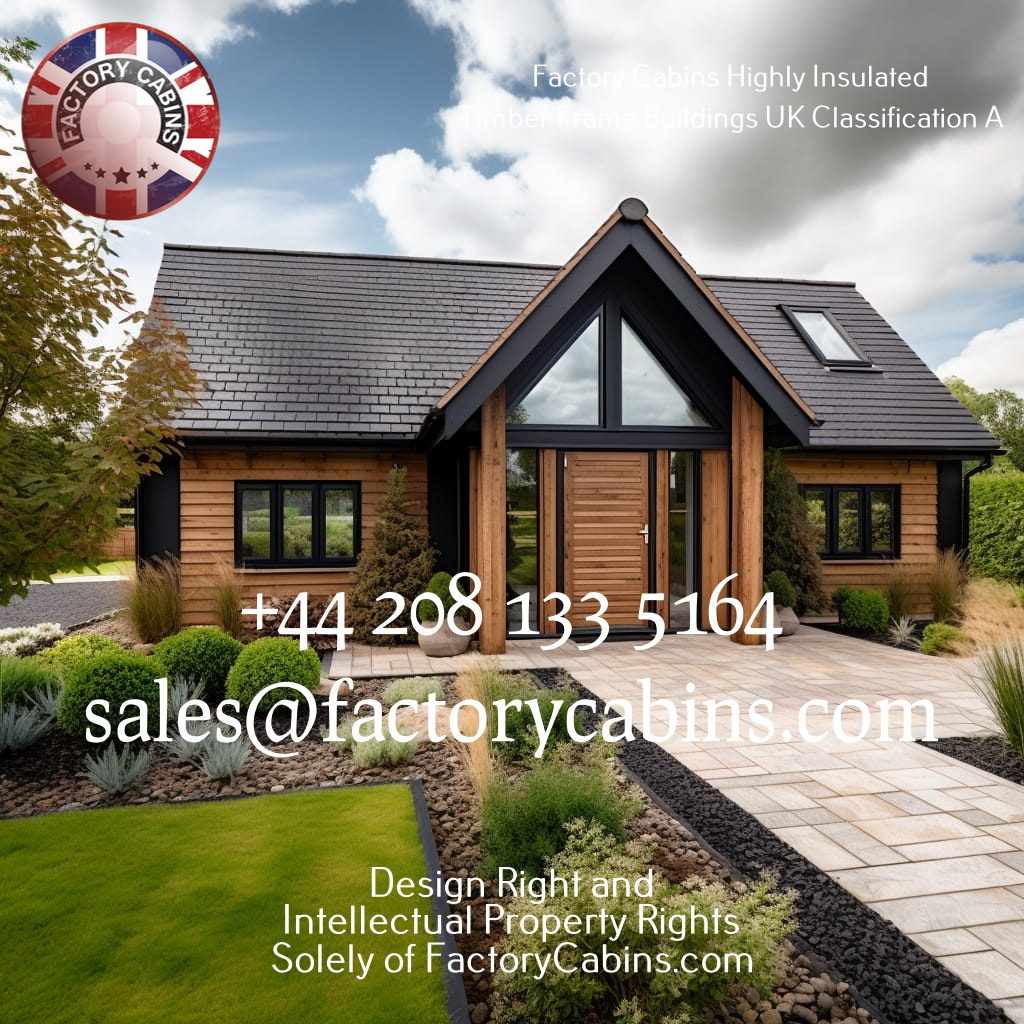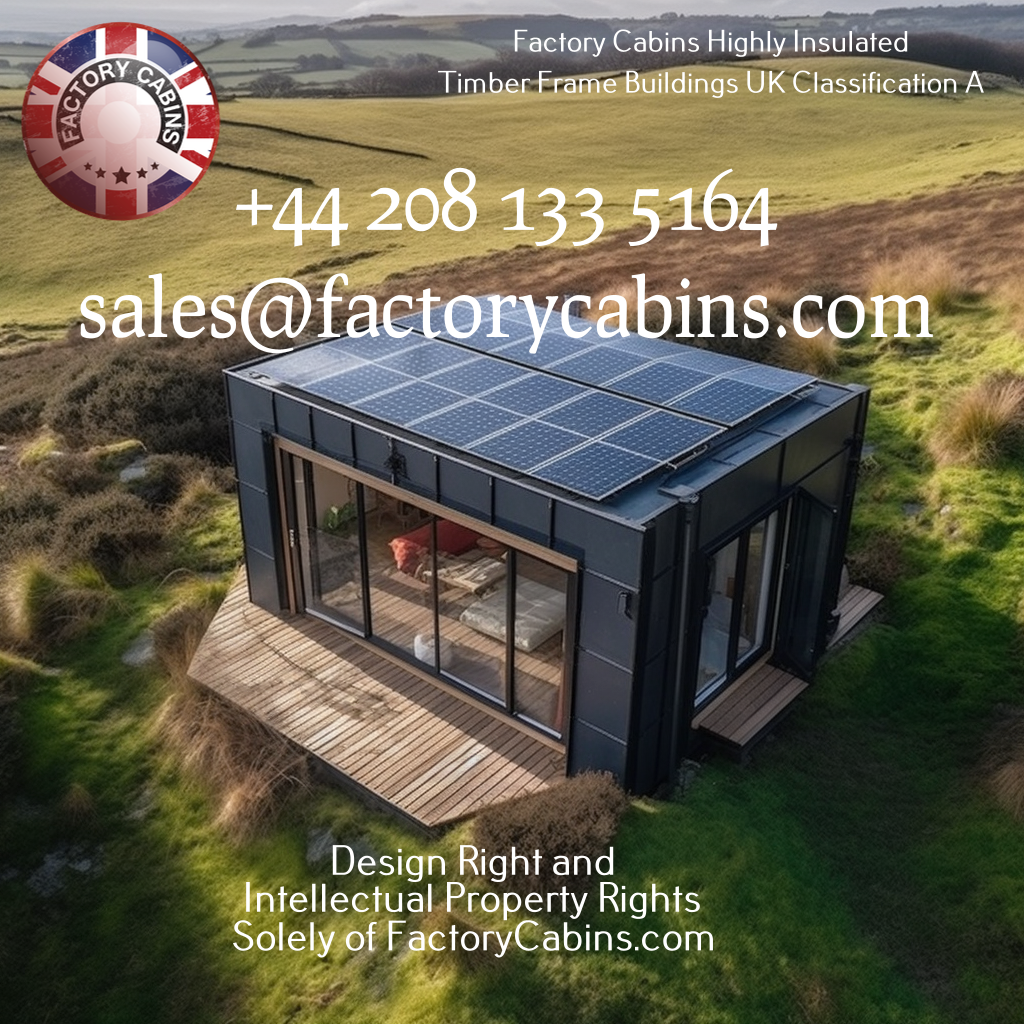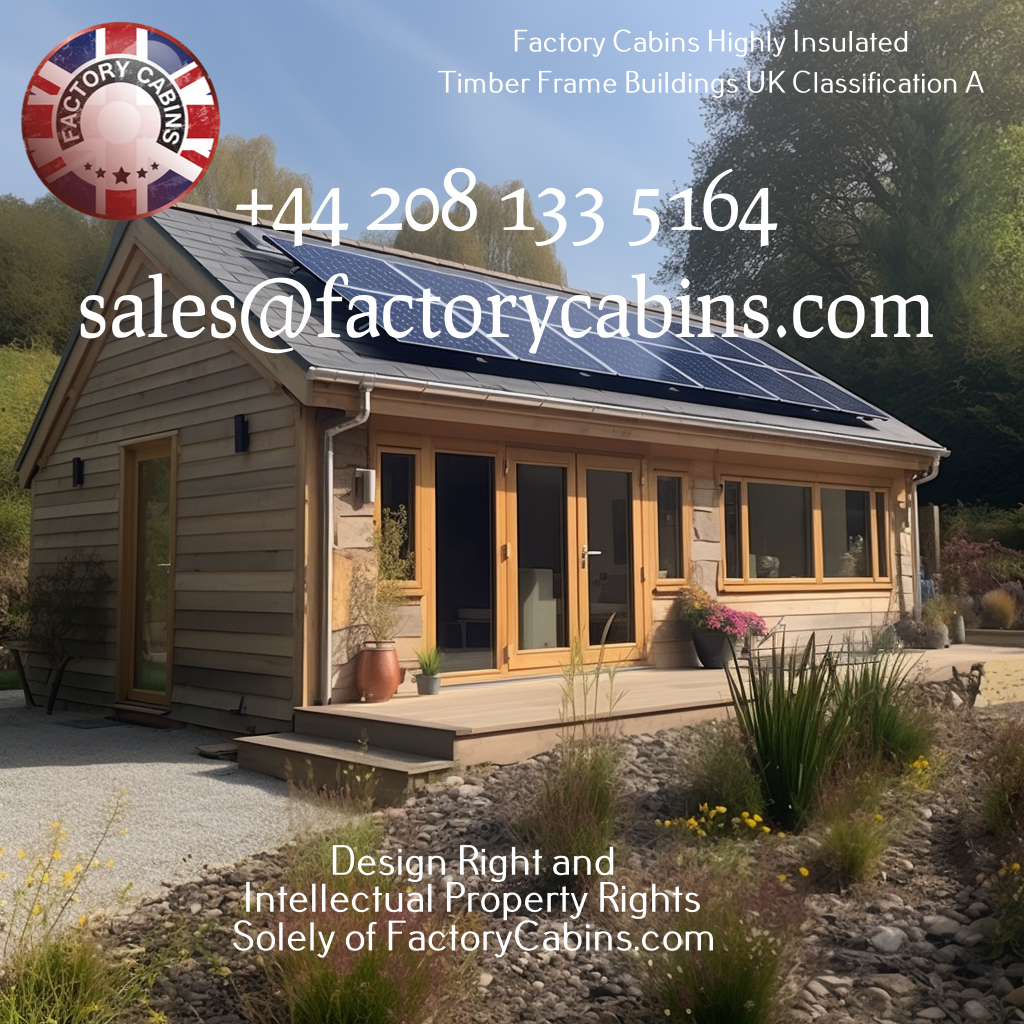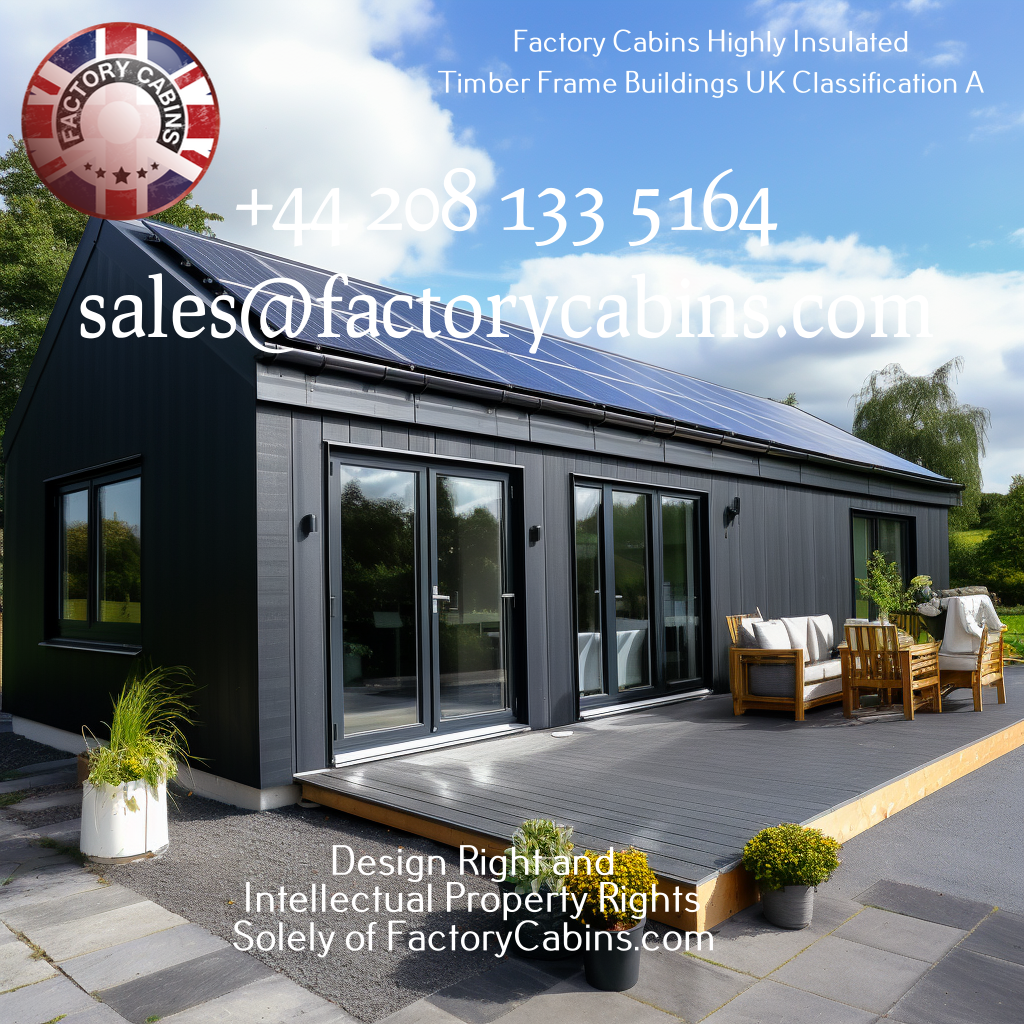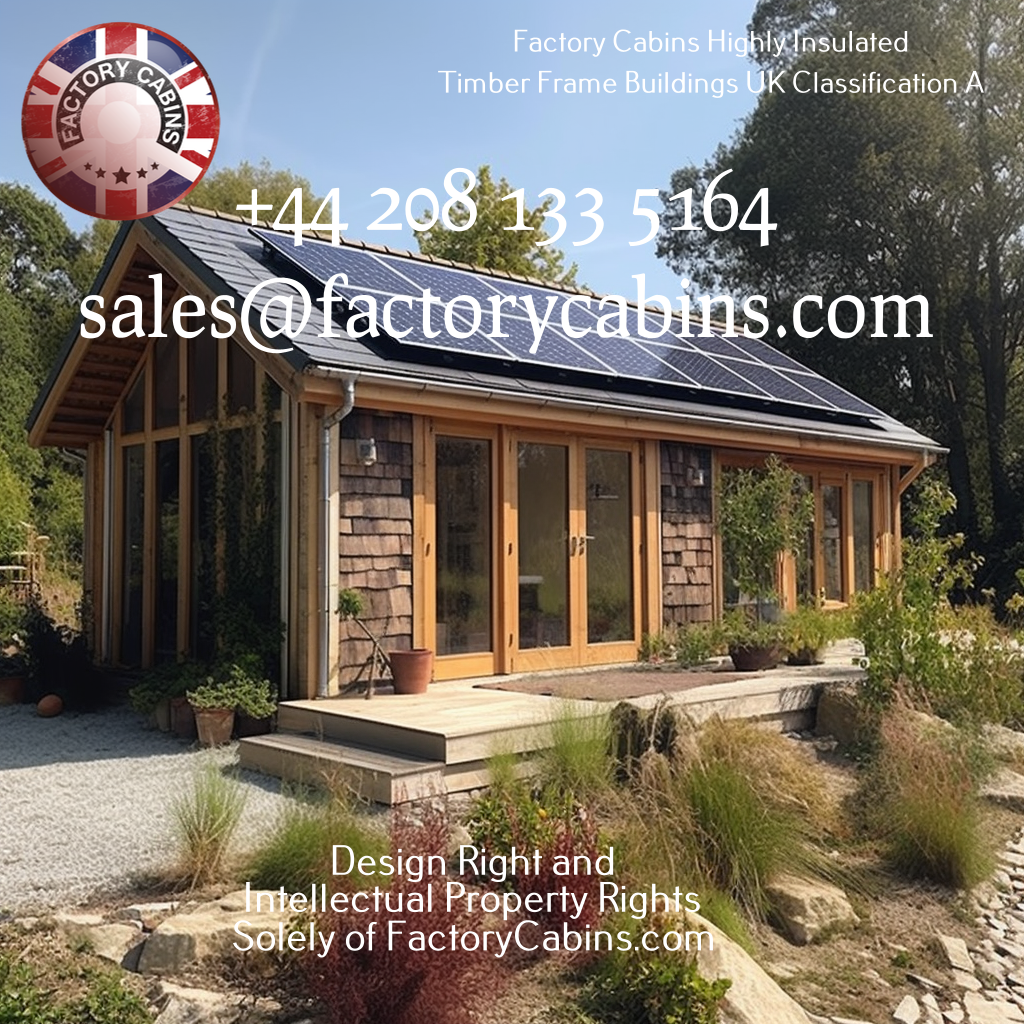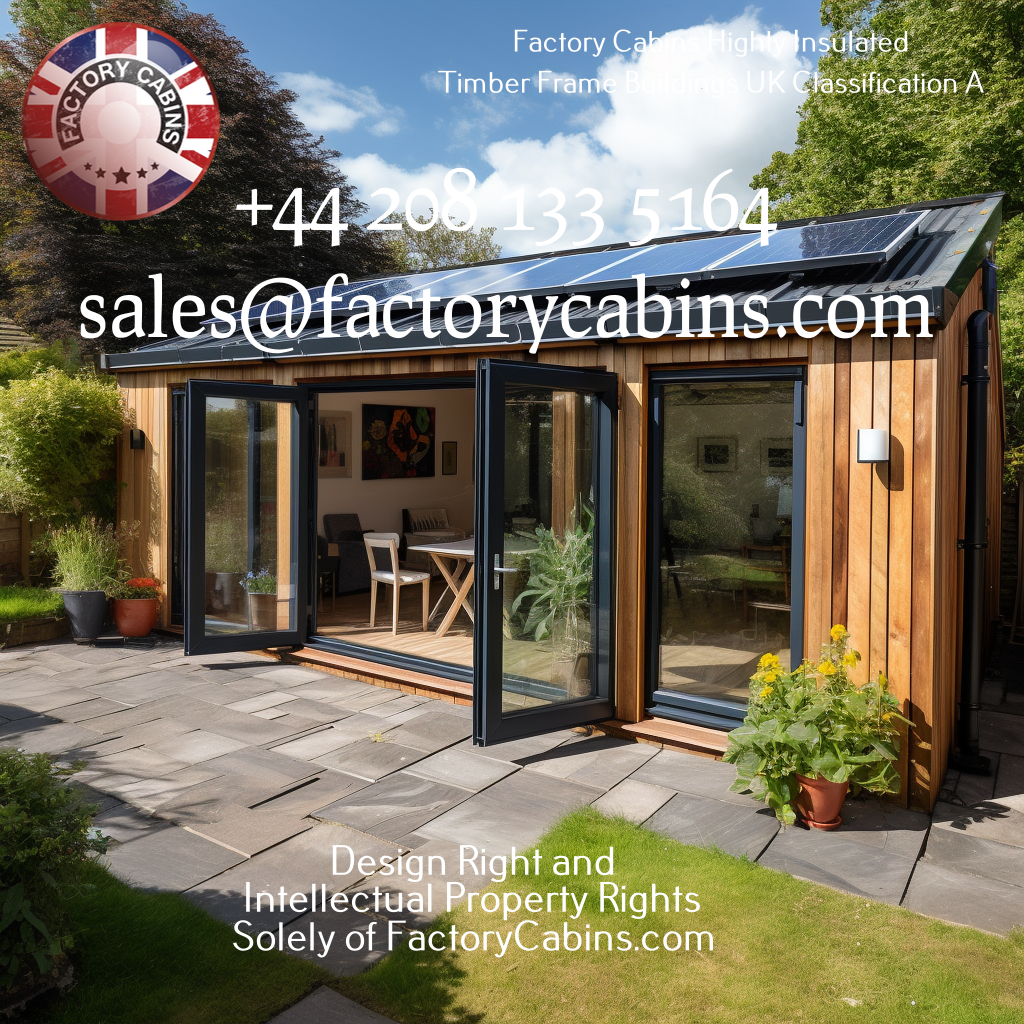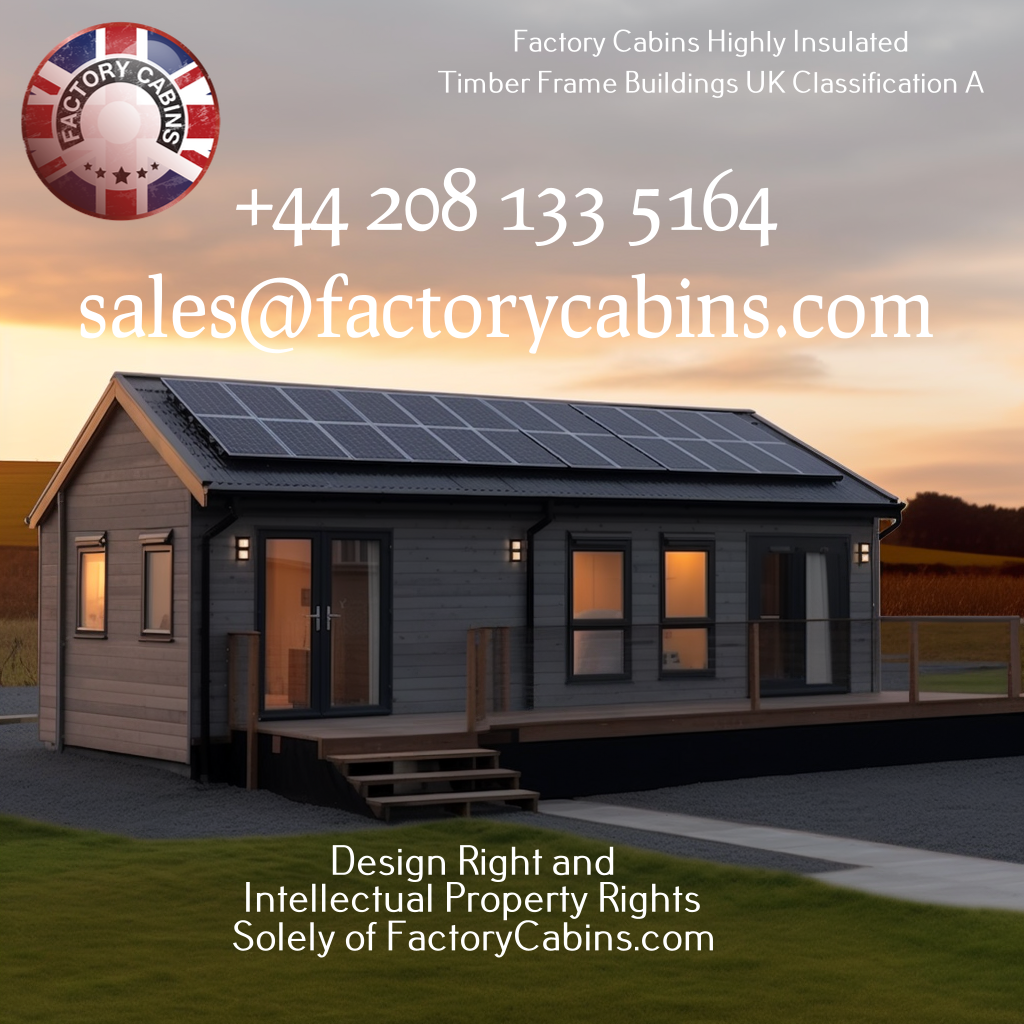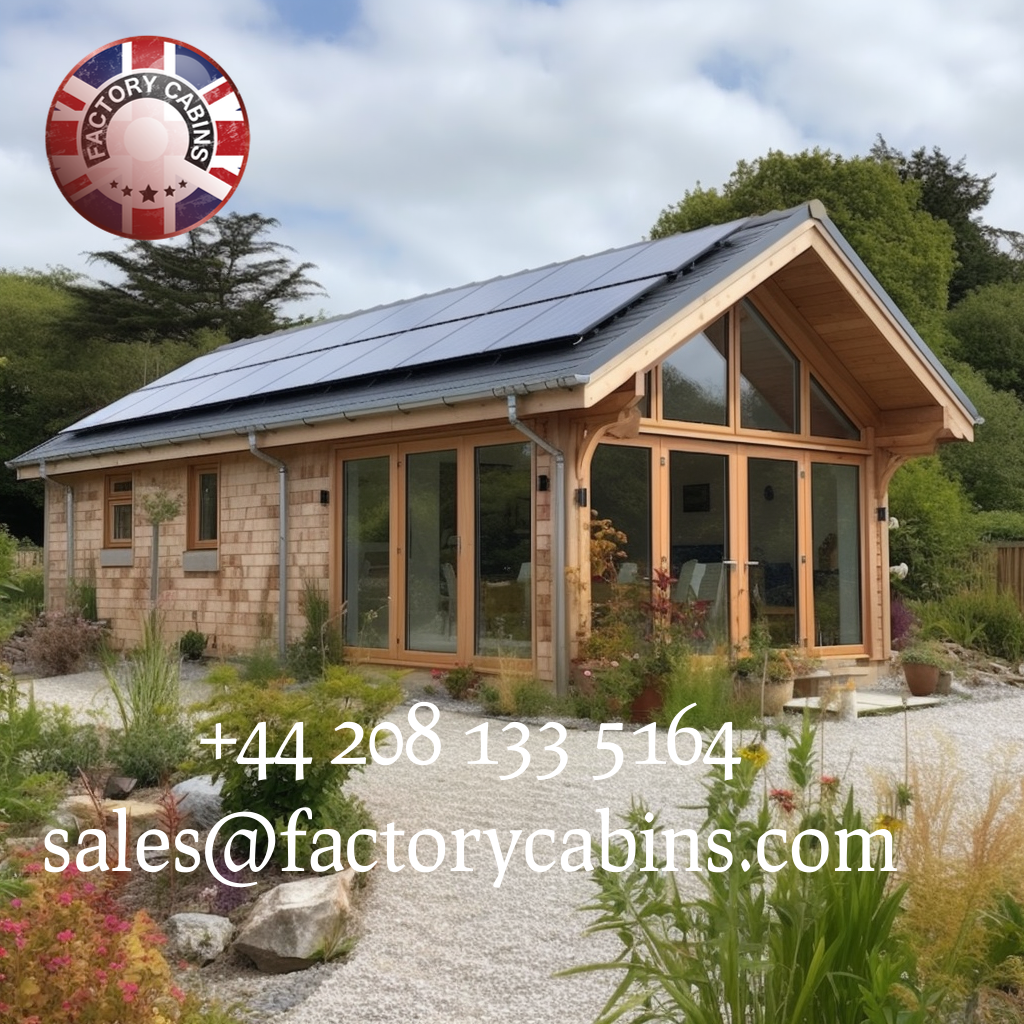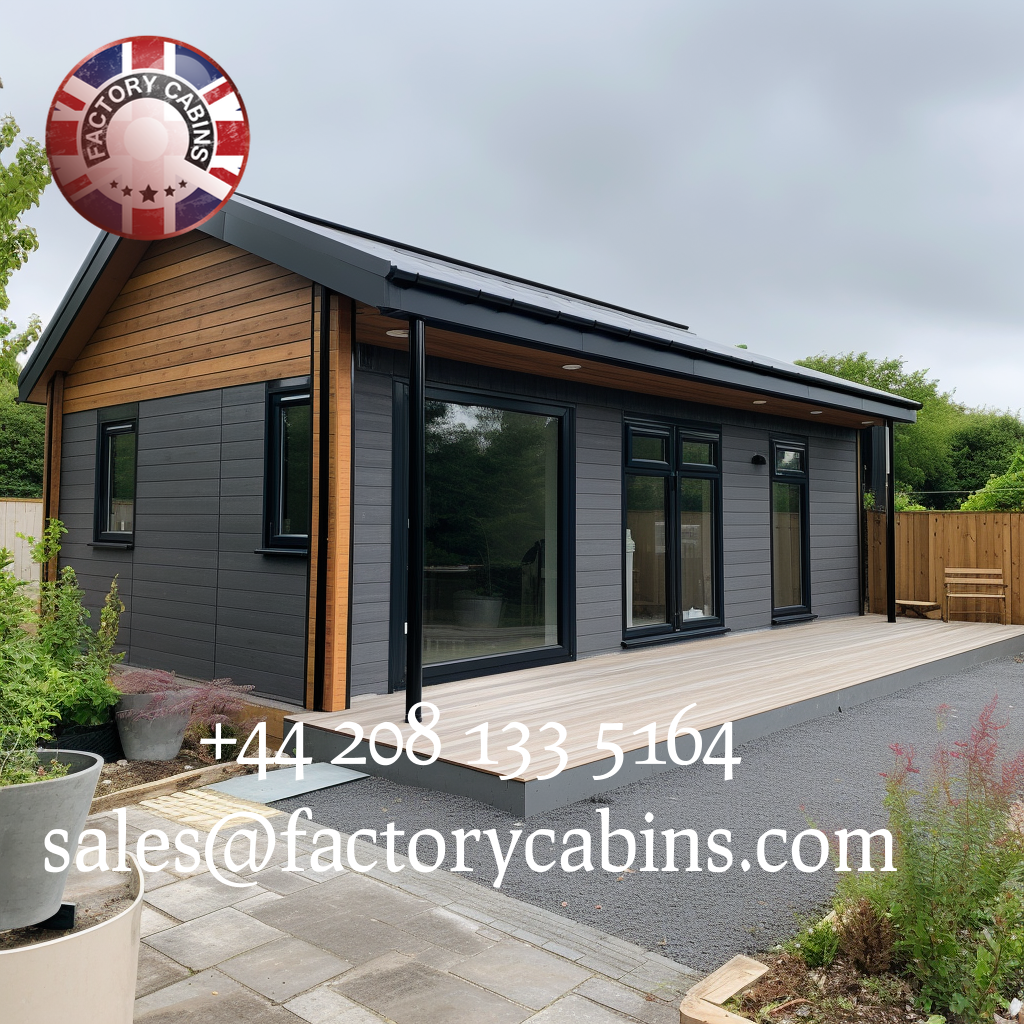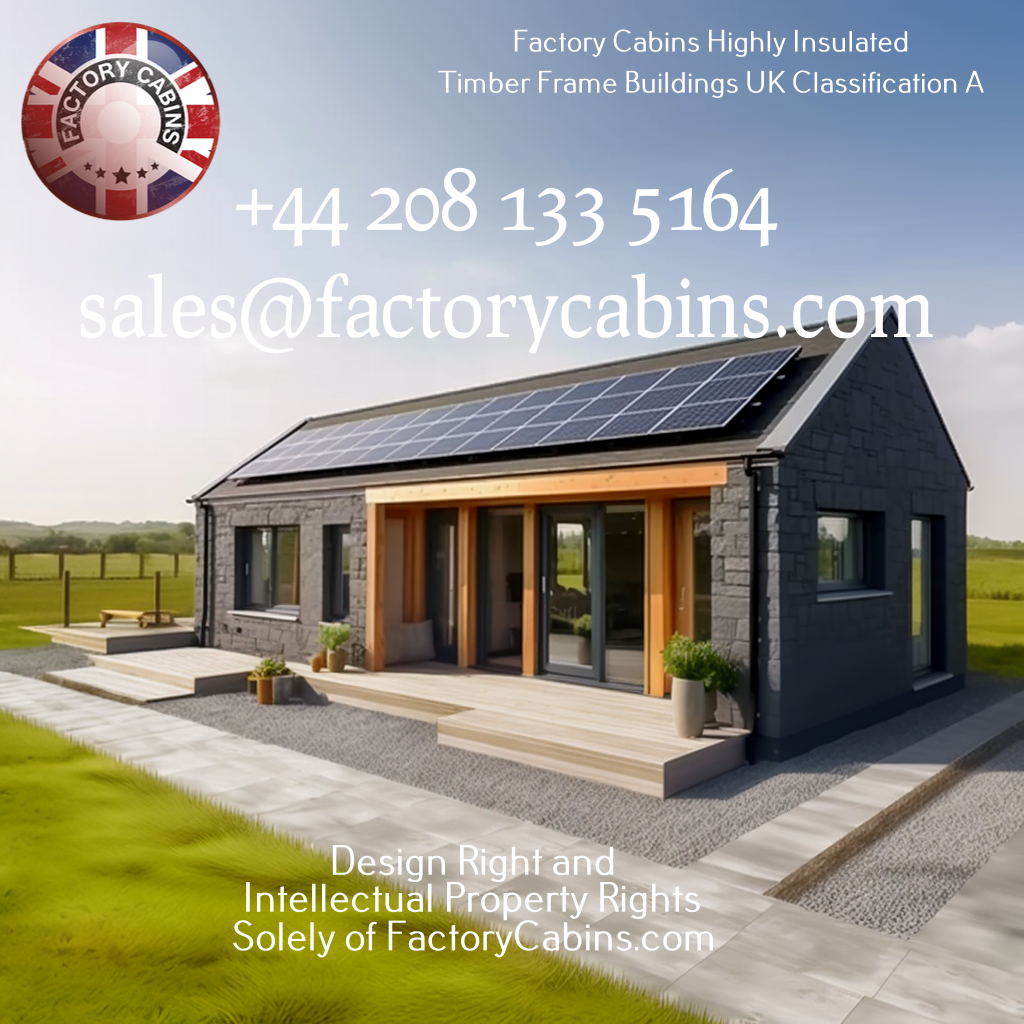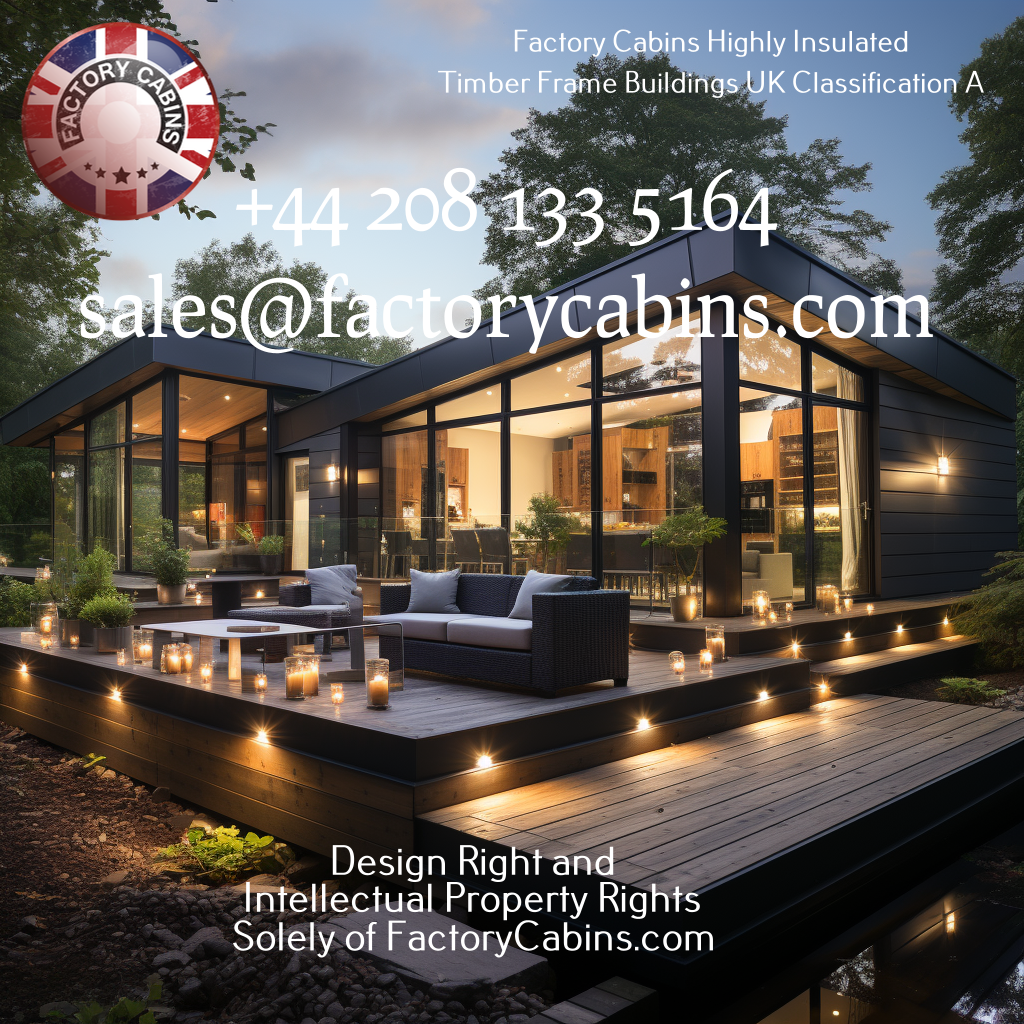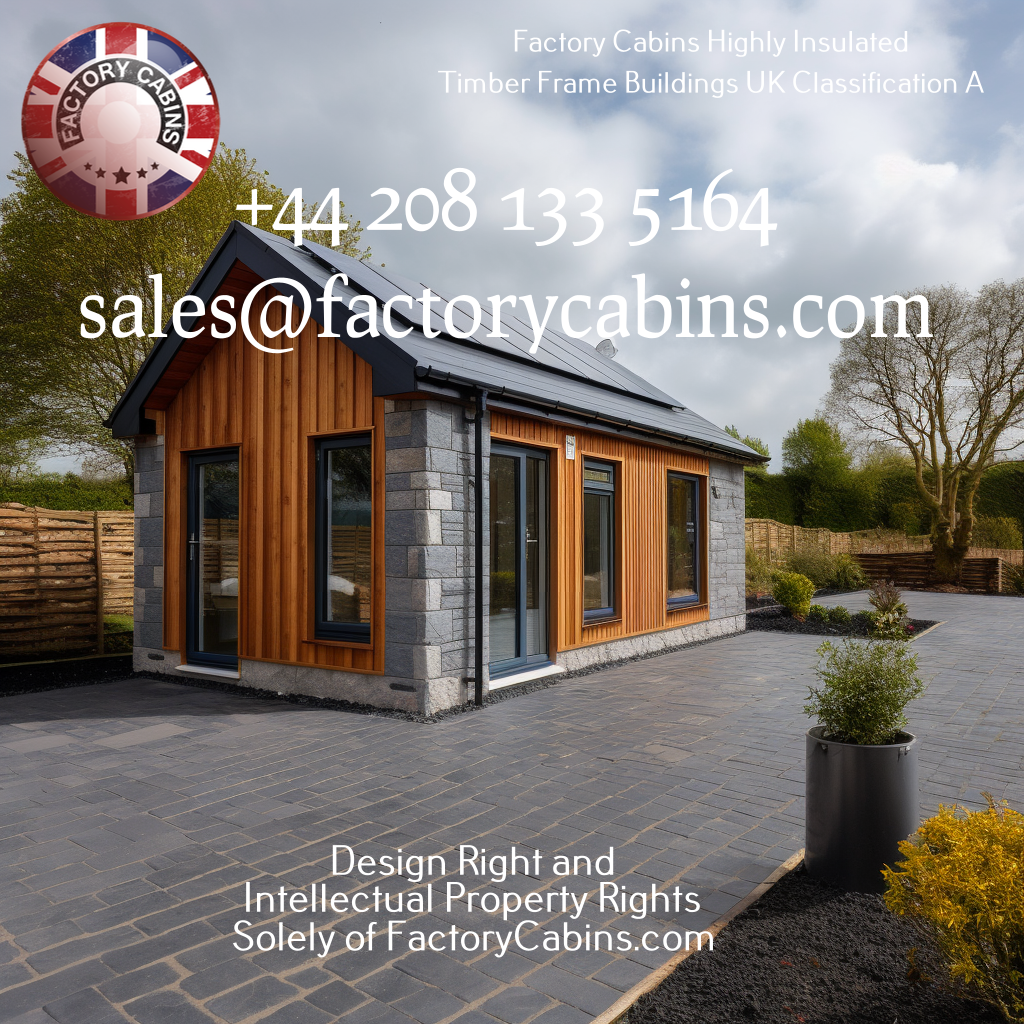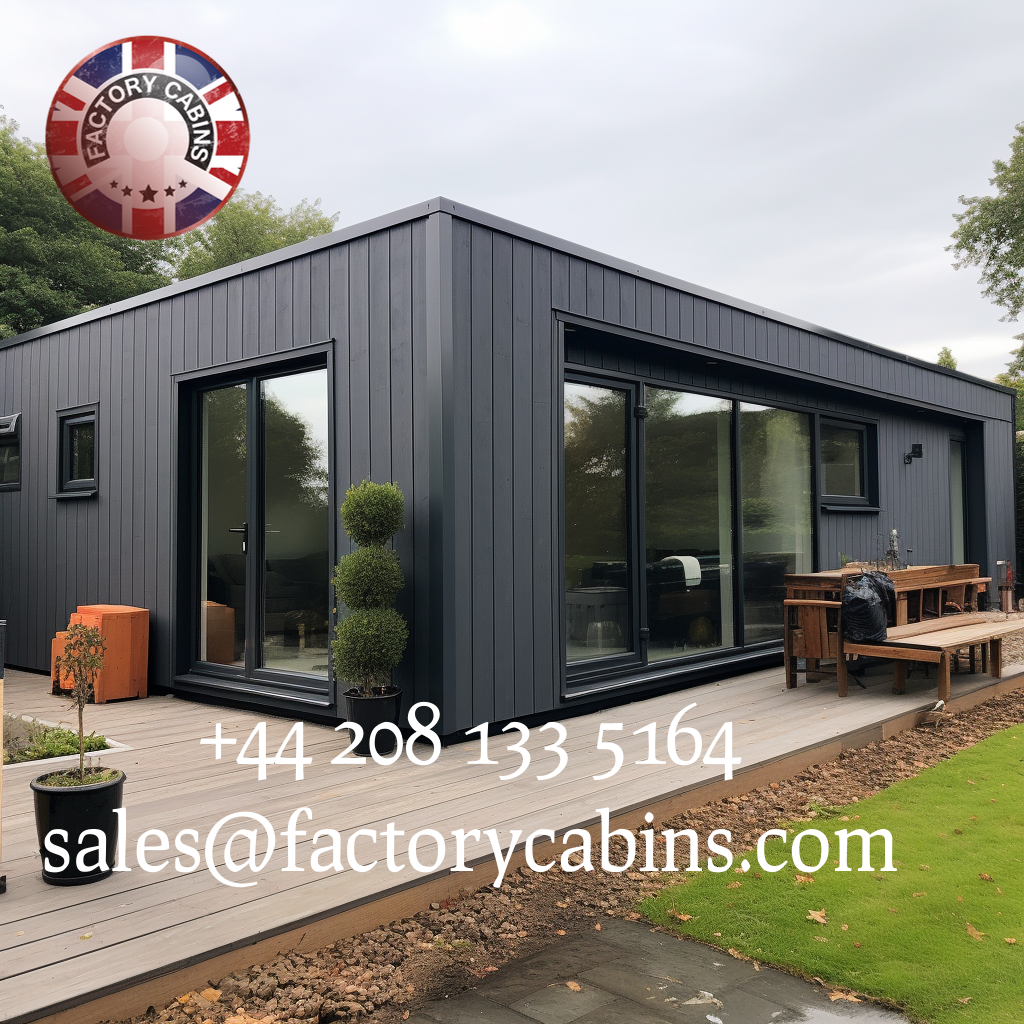The questions you should ask yourself before reading this article.
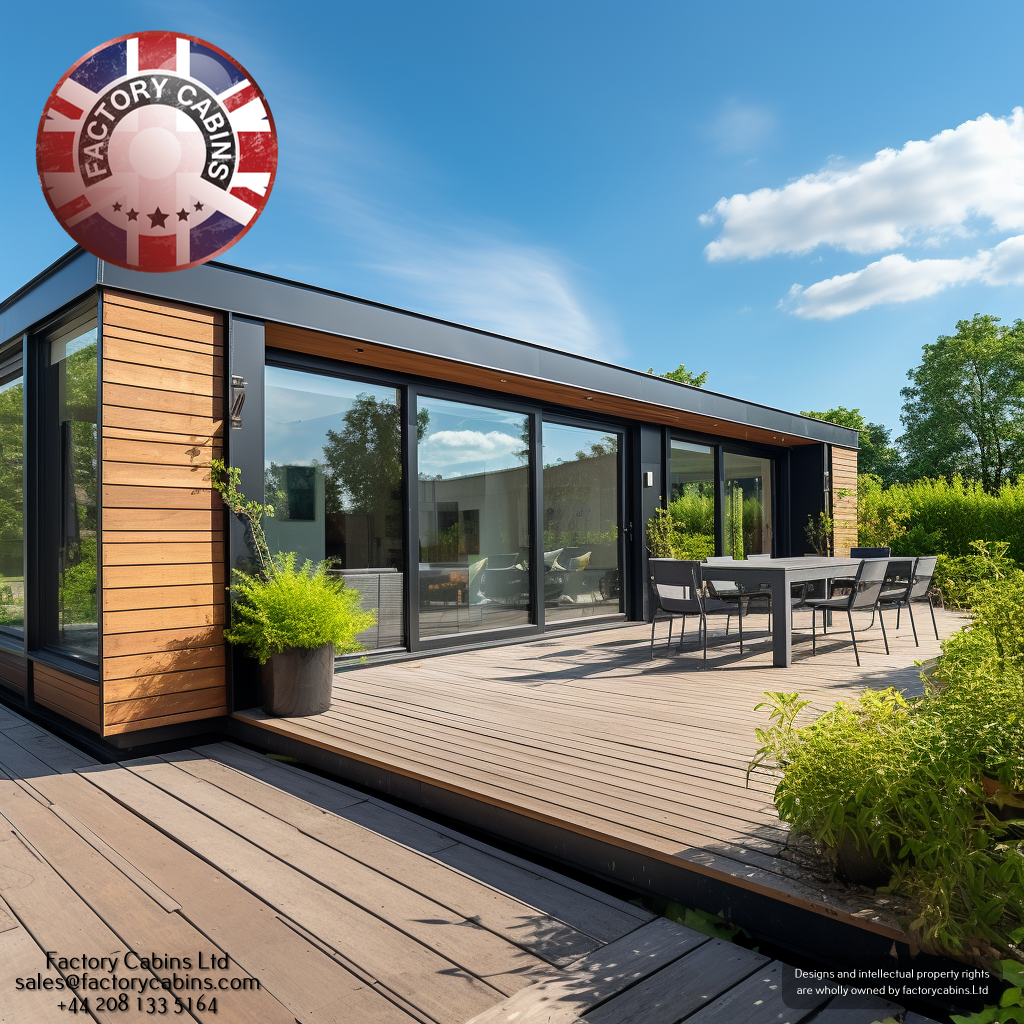

First and foremost, why does the government promote the Residential Park Homes New Specification (BSI) BS 3632:2023, which is meant to lead up to a more Net Zero approach, which, when looking at it, doesn’t even slightly.
Who manufactures Net Zero Luxury Lodges and Park Homes? What should you be asking yourself?
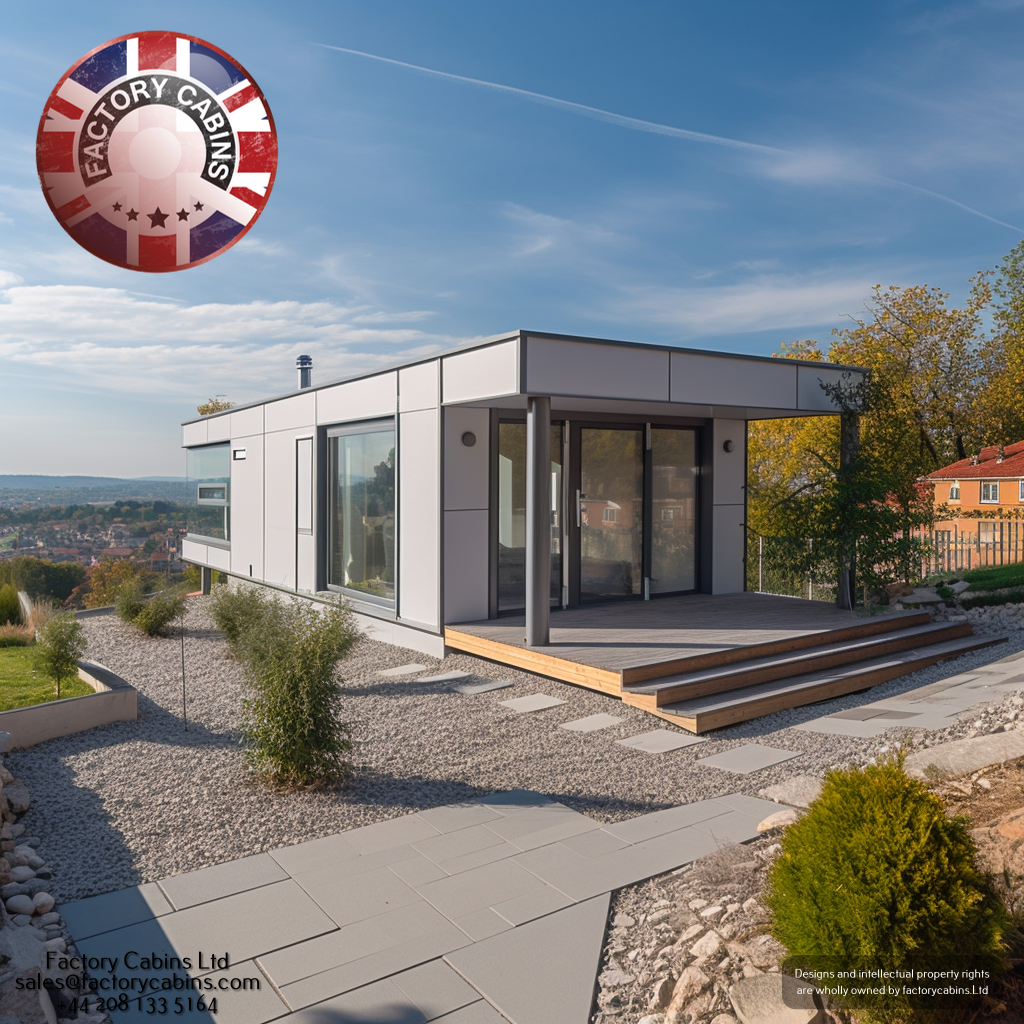
The new BS 3632 U values are far from net zero, which is truly very sad for the consumer.
The British standard BS 3632:2023 specifies the construction of residential park houses for use as permanent residences. BSI developed the standard, which will supersede BS 3632:2015 (which will be phased out on September 30, 2024), and it went into effect on September 30, 2023.
In 2005, the standard was amended to guarantee that residential park dwellings are suitable for permanent living. The 2015 renovation included technology and construction method innovations, as well as significant enhancements to energy efficiency measures. These methods helped to reduce the environmental impact of residential park buildings.
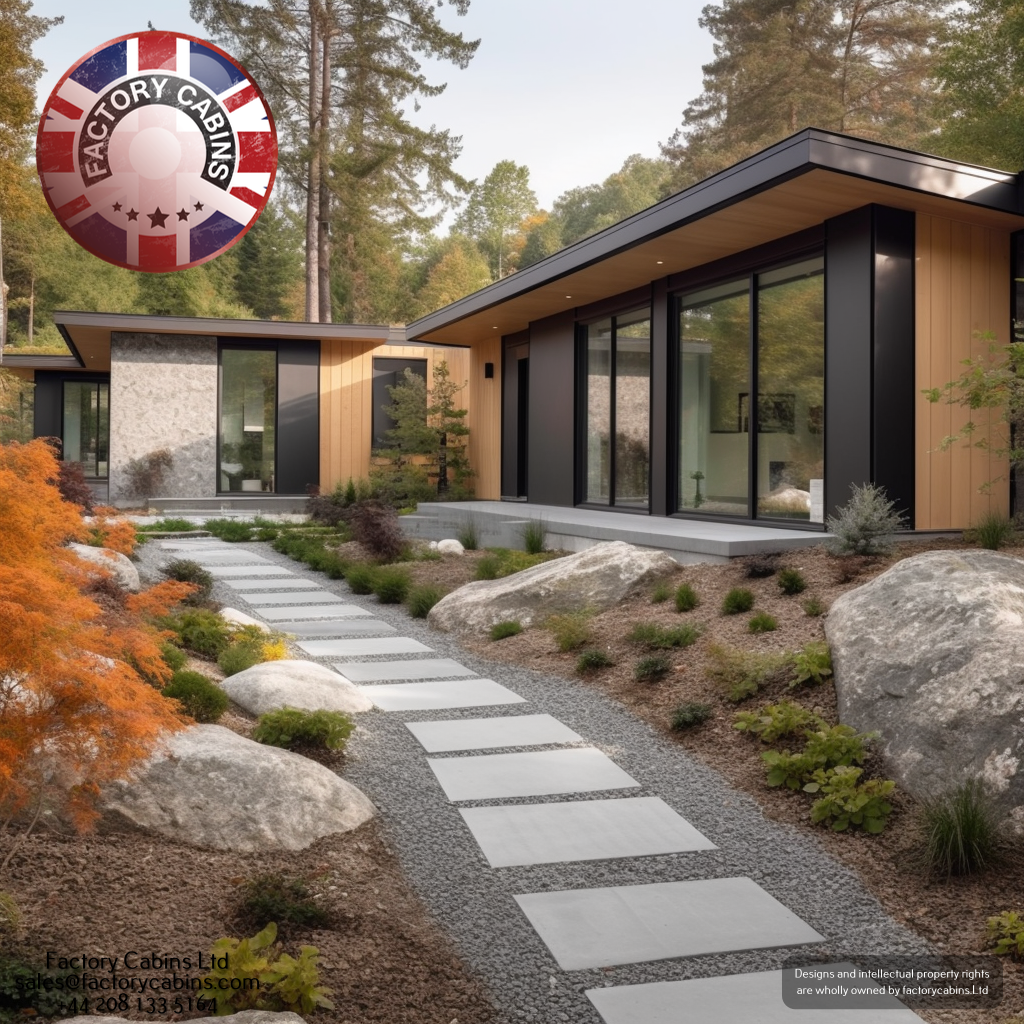
As the United Kingdom strives for a more sustainable future, the 2023 update has gone even further in terms of technological orientation. Improved heat conduction through the outer envelope structure, as well as moisture control improvements, help to reduce the likelihood of interstitial condensation.
The Energy Efficiency
The new standard improves floor and wall U-values, making homes warmer and lowering energy expenditures.
Standard thermostatic radiator valves are the best way to heat your home to the proper temperature, conserving energy and improving comfort!
Improvements to ventilation
Trickle ventilation: Every room needs a permanently open vent to improve air quality and minimise condensation; wardrobe ventilation has grown.
Roof ventilation—this section has been considerably rewritten to improve education and incorporate roof configurations not covered by the standard.
The revised standard incorporates performance criteria for moisture control because energy efficiency has raised the risk of condensation infiltrating the home’s exterior.
Enhanced Safety
Smoke and heat alarms must now be installed in each grade and category.
All entrance doors must meet means of escape standards.
Exterior Window and Door Safety: The new standard protects against window falls.
In homes with steps, platforms, or high-level bunks, guidance has been added for improved protection.
Internal doors now have a minimum clear opening width.
Overall enhancements
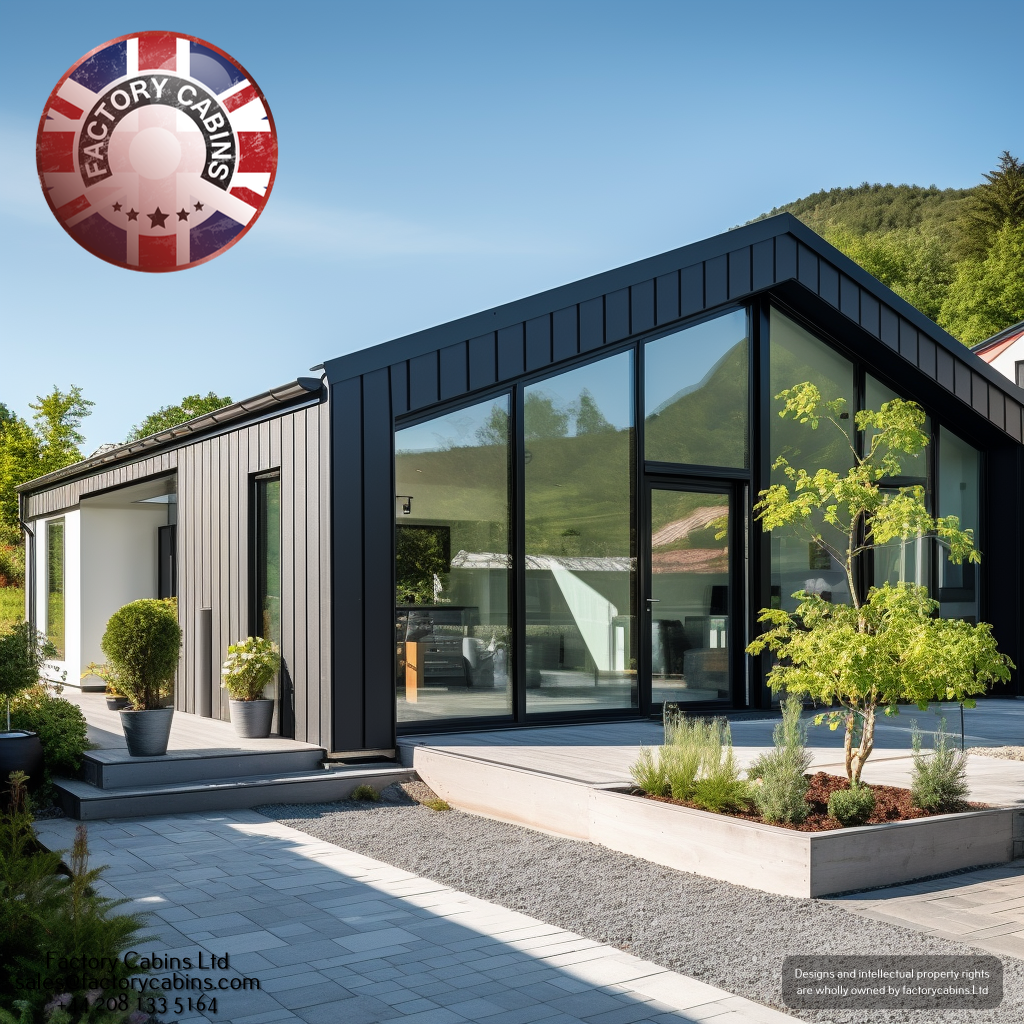
The serial number will be marked in at least three places on homes. This worries me greatly, as I think the government is going to monopolise this industry and then inflate prices. There are a few who think BS 3632 is a government con.
Sound insulation: Testing has been improved to meet the normal range of the standard.
Alternative and renewable energy systems.
Owner’s manual: A condensation remark has been included in the manual to reduce risk.
These upgrades have produced superior park houses and lodges with improved energy efficiency, safety, and quality.
OK, let’s look at this a different way. In the UK south east coastal towns, the cost of these new park home structures is comparable to that of a nice two-bedroom flat with sea views, which will increase in value, whereas the new BS3632 2023 Mobile Homes will lose £500 per month rather than gain. This is a massively contentious question that needs to be answered. Why is it that park homes lose so much equity?
This is the reality of the situation: you want a park home. It’s a dream to have a park home and to live with other retirees, so you go to a park of your choice, and they offer you the latest BS3632-2023 upgraded model, which obviously costs more now as it has the latest specification (which is obviously a selling point). However, the last time this was changed was in 2015, and now they have changed it again, 8 years later, so what is now considered a BS 3632 is not what you bought 8 years ago. So the depreciation on a 2015 model has just gone through the floor( in 9 months), and the reason I mention the floor to describe the depreciation is that the floor has gone from 0.35 U value to 0.26, which is huge, and the walls have also gone from 0.35 to 0.30, which may not seem like much to you, but it is a big difference to get the certification, especially if you have to meet all of the new construction requirements. I’m not sure how much it will cost to bring your park house up to code with a 2015 old BS 3632 renovation, but it will be pricey.
So, even if your investment in this new 2023 is jeopardised because the government will raise it again, what you must do is purchase your park home with a Net Zero tag, and this is where we can help you. We want to help you, and we want this horrible 1963 BS3632 law to be repealed forever.
And I believe the resellable value is jeopardised because, with the upturn of the new BS3632, knowing the market as we do, we know that most park home companies will push you to buy or get off site, so they can then bring on new units that are to the new BS3632 standard and earn more. The question is, when will this kind of behaviour stop? The answer to this is easy: when all the park homes and lodges are manufactured to Net Zero,. Net zero is when your building is super efficient.
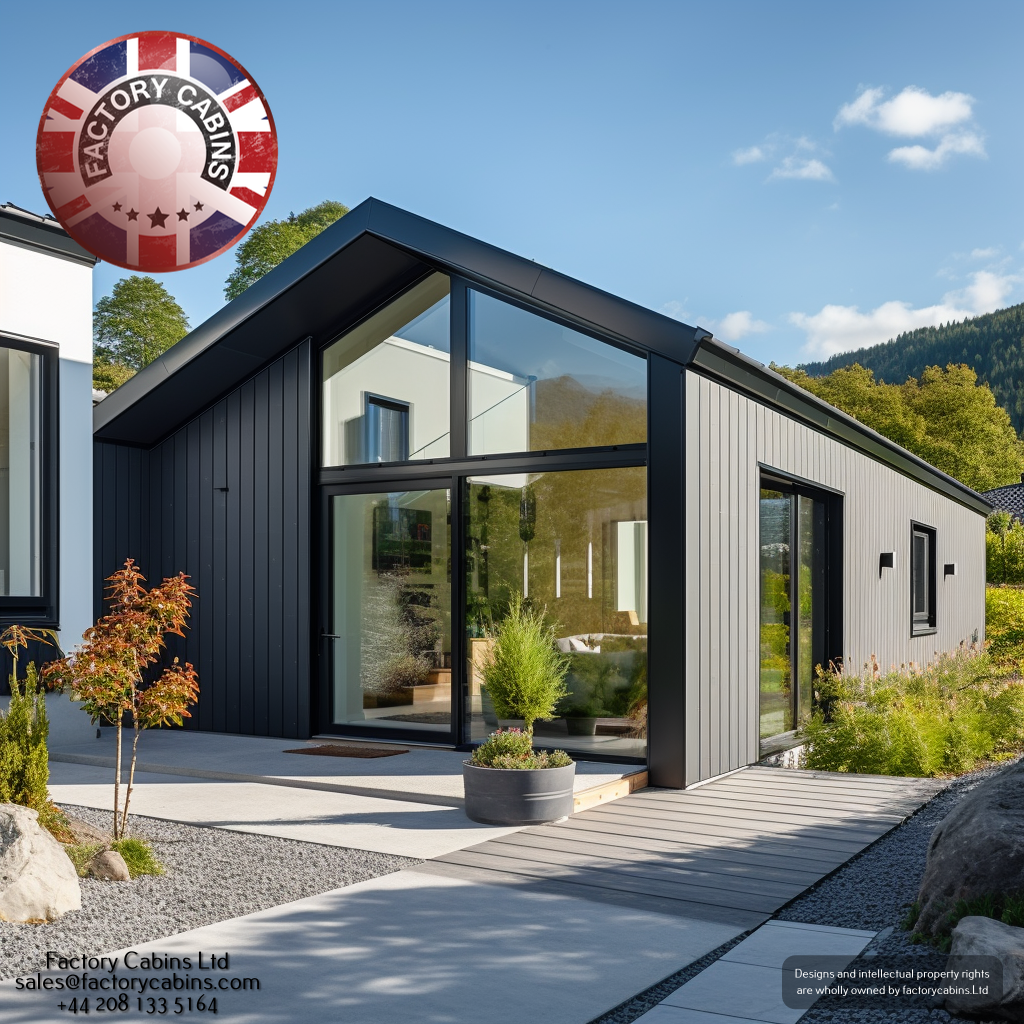
the Park Home rises every X number of years, transforming yours into an Old BS 3632, which potential buyers will not be interested in. Park homes are only allowed to have relevant BS3632 homes.
We are reinventing eco-friendly living for the future with our opulent yet sustainable static houses and trailers.
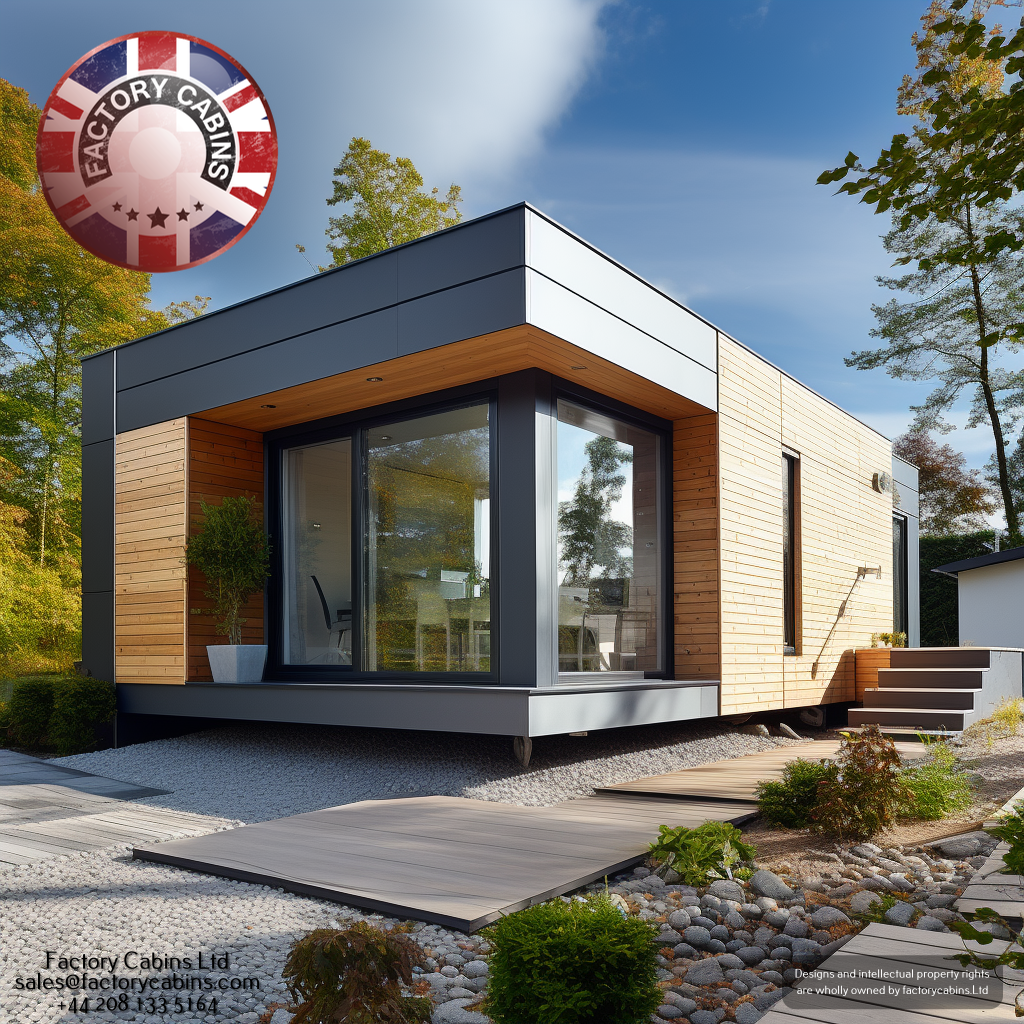
A Green Revolution: BS 3632 2023 Establishes a New Standard
The BS 3632 2023 has unquestionably lifted the bar in the field of high-end design. However, we still have a considerable distance to go towards achieving real net-zero energy.
Leading the way Values: New Standards and Creativity
Our mission revolves around innovation and the setting of new industry benchmarks. We wholeheartedly support the concept of net-zero living, which includes both static and mobile units. Let us venture into unknown territory, imagining a future in which your caravan not only fulfils but exceeds all environmental criteria, making a significant contribution to a sustainable and thriving earth for future generations. Essentially, we’re designing mobile and fixed systems that will be net zero and up-to-date for the next 30 years without the need for any updates.
Rethinking Luxury: Interpreting a Prolonged Commitment: A Thorough Examination of BS 3632 2023
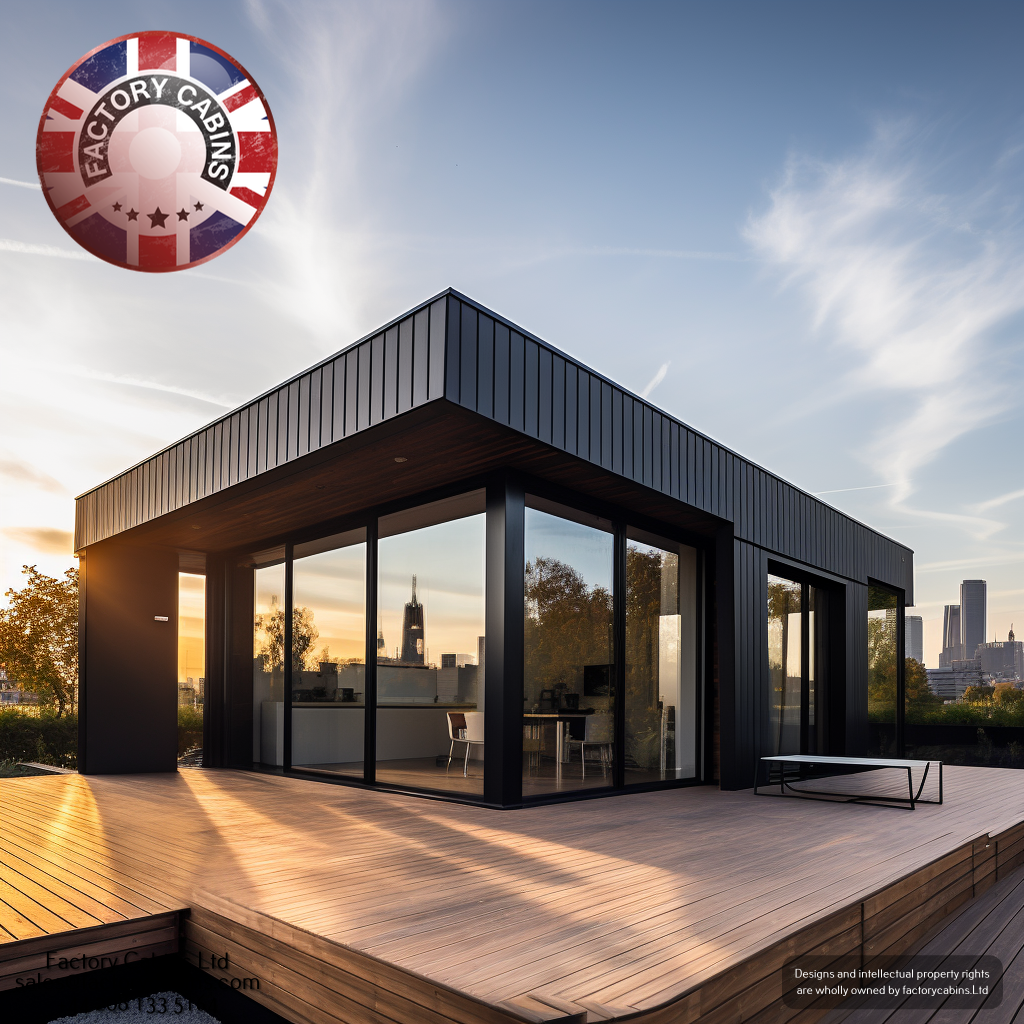
The introduction of BS 3632 2023 heralds a new era of luxury and grandeur in the caravan industry. However, it falls short of the expected requirements in its pursuit of a net-zero state. To truly embrace sustainability, a thorough examination of both static and non-static features is required, resulting in a setting that promotes both eco-conscious living and luxury.
Initiatives for Sustainability on the Cutting Edge
We distinguish ourselves by pushing industry norms, and we’re rethinking the future of high-end mobile homes to ensure sustainability is more than a passing thought. Our vision is to create a society in which individuals actively contribute to the betterment of the planet while meeting their basic necessities.

Static Units Navigating Towards Net Zero Living Sustainable Technology
The use of fixed units is essential on the route to net-zero living. Using cutting-edge sustainable technology means that your trailer not only functions as a temporary house but also blends perfectly into the natural surroundings. The use of solar panels, energy-saving technologies, and environmentally friendly materials makes this caravan possible.BS 3632 was entered into law in 1963, when there were about 53 million people in the UK. We are now nearing 70 million, and the lack of housing is a government disaster. Nevertheless, they want the parks in the UK with over 465,000 units to still offer the public a structure that is not really fit for purpose and does not come to net zero, and net zero is quite easy to come to.
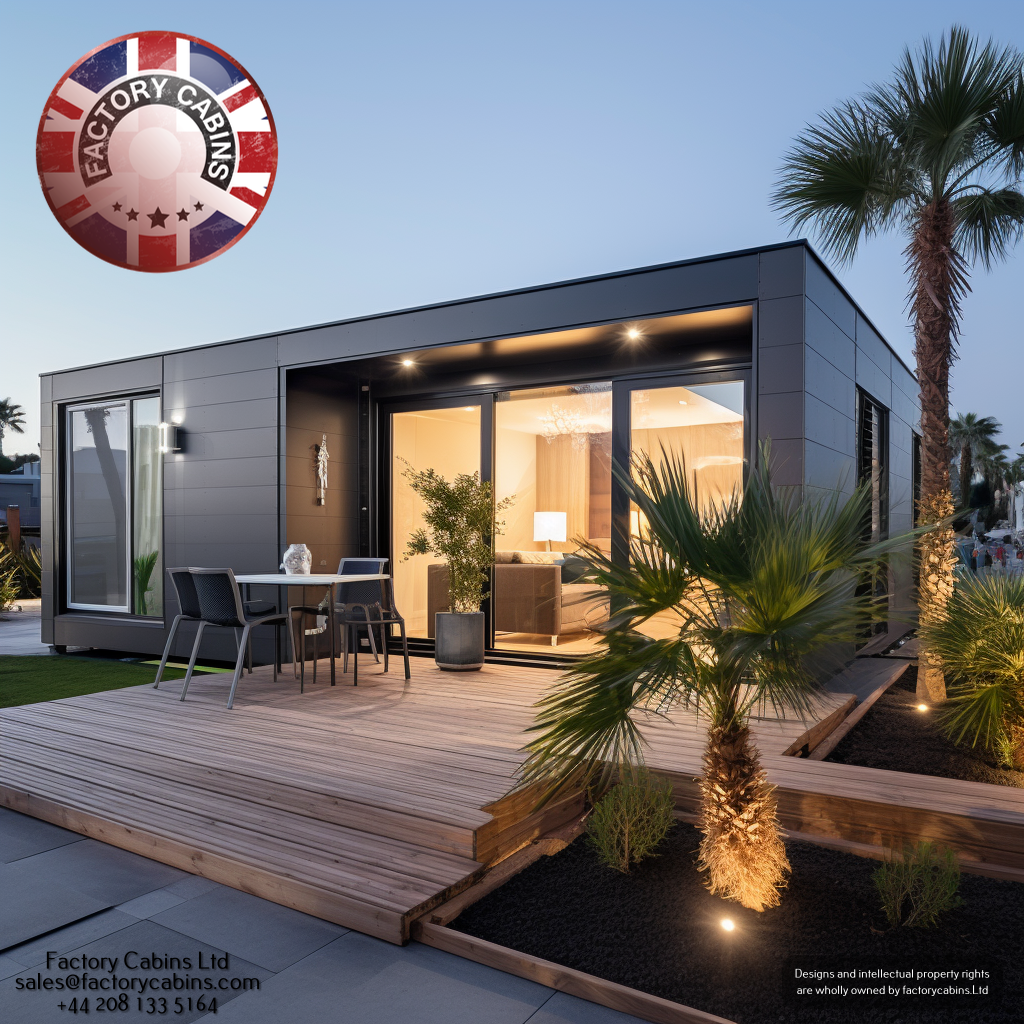
Dynamic Units: Portability and Environmental Awareness
Our innovative units reimagine eco-friendly vacations. We guarantee not only an exciting ride but also an environmentally friendly one by utilising lightweight materials and fuel-efficient technologies. It is about enjoying the passion of discovery while protecting our planet’s unspoiled wonders. Not to mention a build type that is truly fit for this type of building.
Your Caravan, Your Remarkable Contribution to Future Exploration
An Appeal to Address Environmental Needs
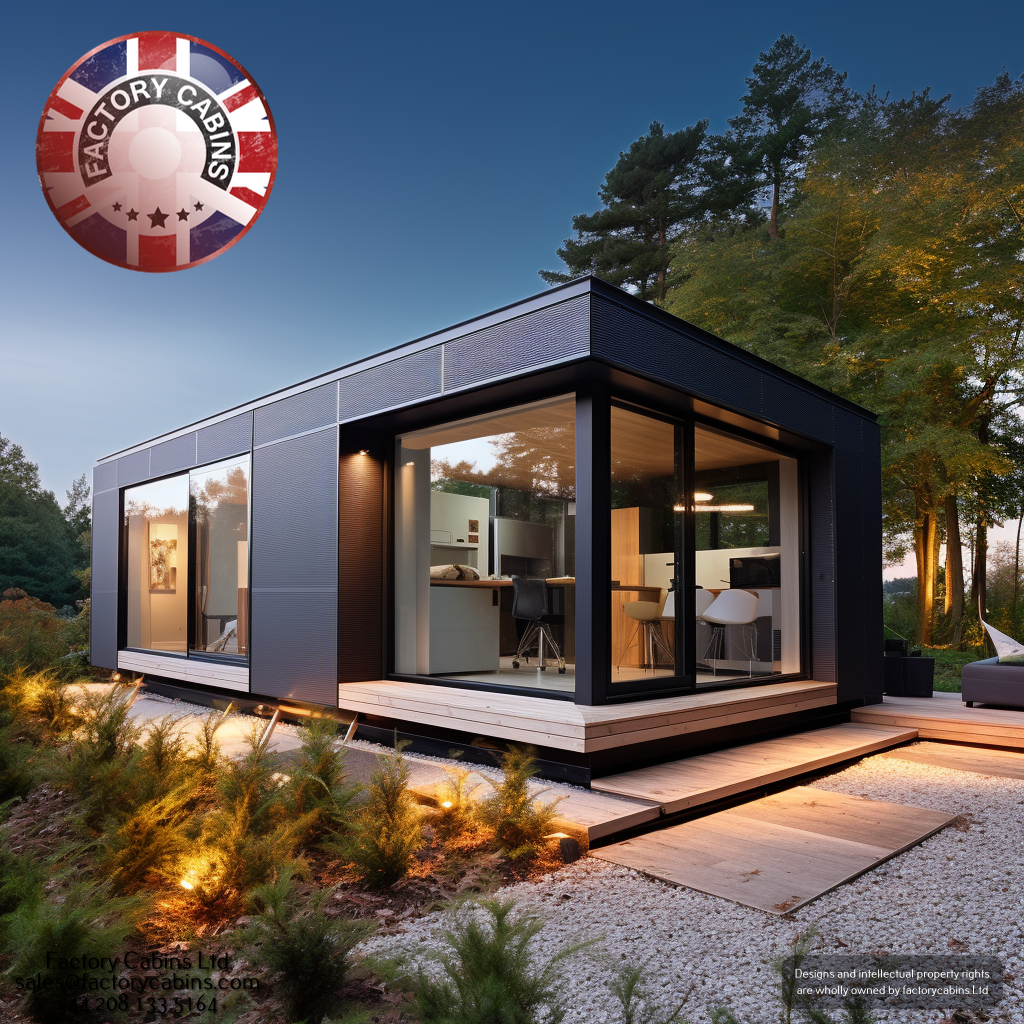
Consider a world in which each caravan represents sustainable living by exceeding environmental norms. By selecting us, you are actively contributing to a more affluent world while also ensuring the longevity of our products. This decision symbolises your dedication to a more sustainable and long-lasting future; it is more than just a caravan.
It is a practical step to create a net-zero lifestyle.
Ultimately, leading a net-zero lifestyle is becoming a reality that we are actively shaping rather than just a far-off dream. Our cutting-edge approach to luxury caravans lays the foundation for a time when style and environmental consciousness not only coexist but flourish. Your caravan transcends its function as a mode of transportation to become a symbol of your everlasting dedication to a sustainable Earth. Join us on this revolutionary journey, where every action helps to create a more sustainable and environmentally conscious future.
Find the Best Net Zero Buildings, Tiny Houses, and More

Explore the web’s pinnacle of quality in net zero structures, including tiny houses, net zero new builds, and more.
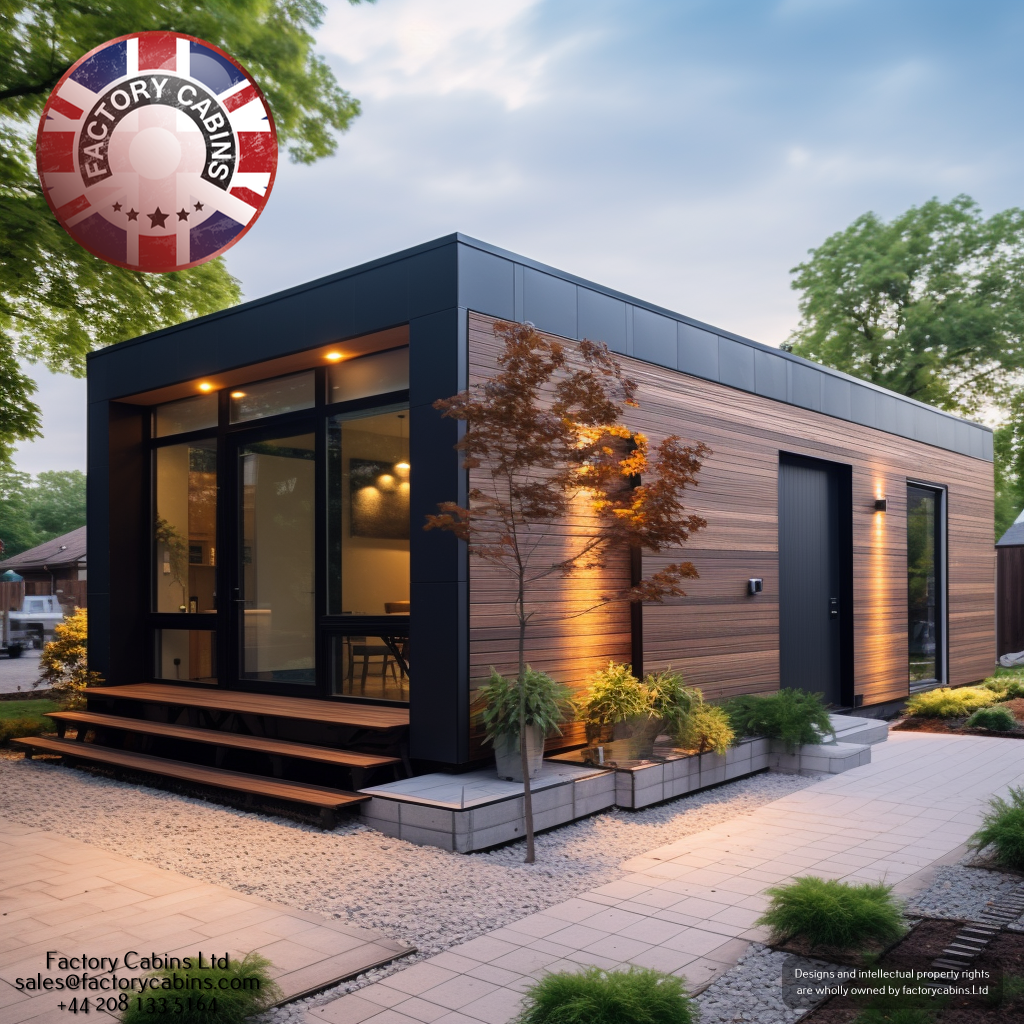
Thank you very much for reading our blog, If you would like more information,
Please call +44 208 133 5164 or email us at sales@factorycabins.com



